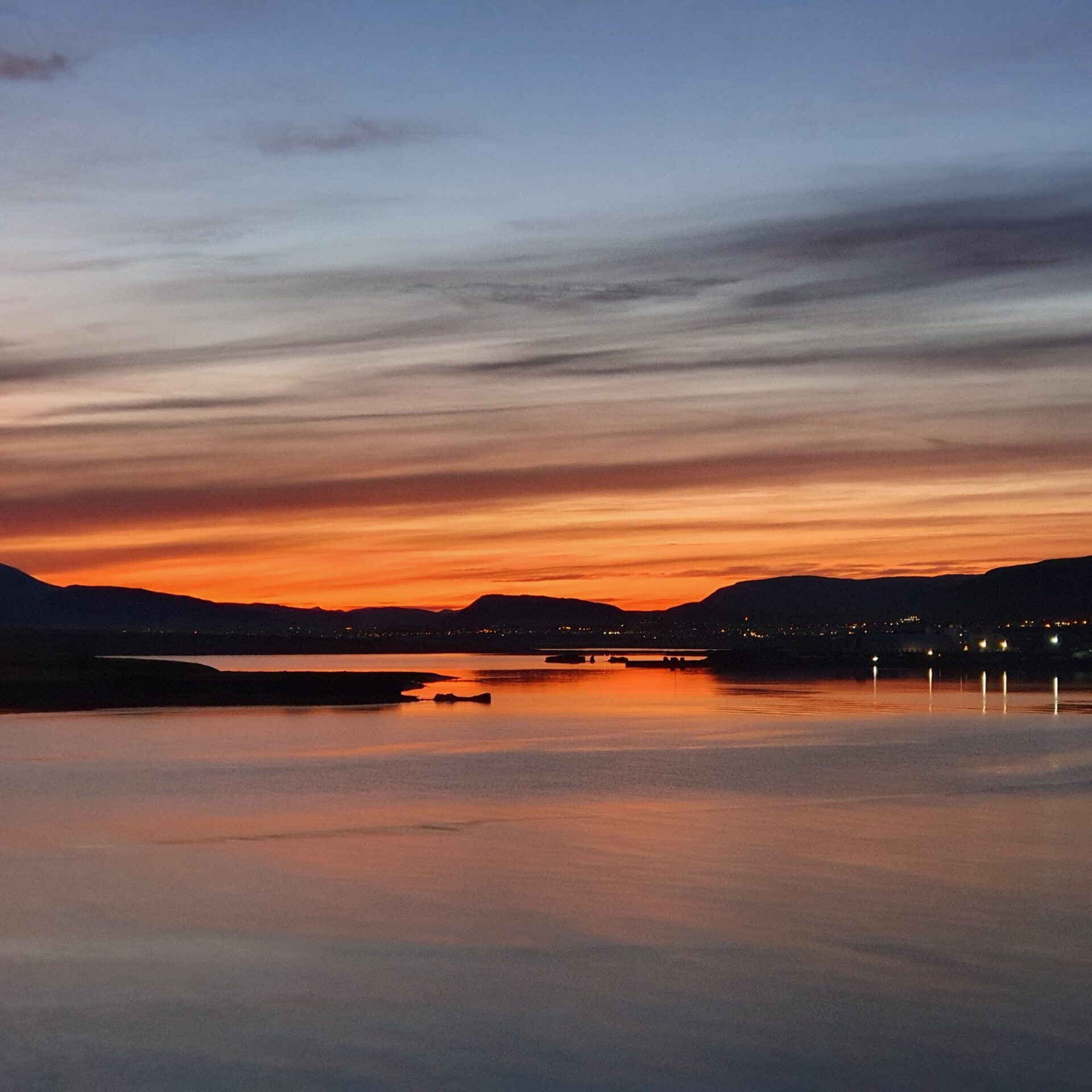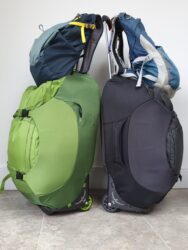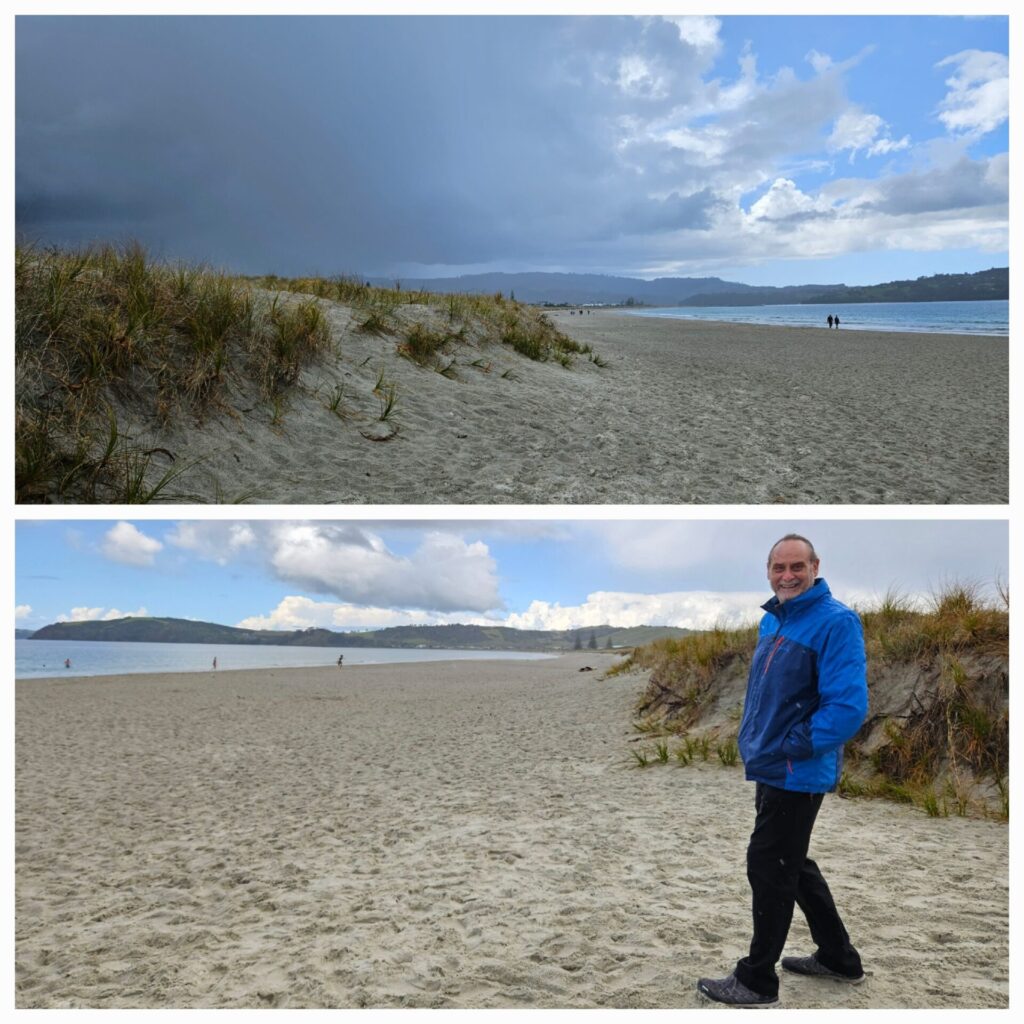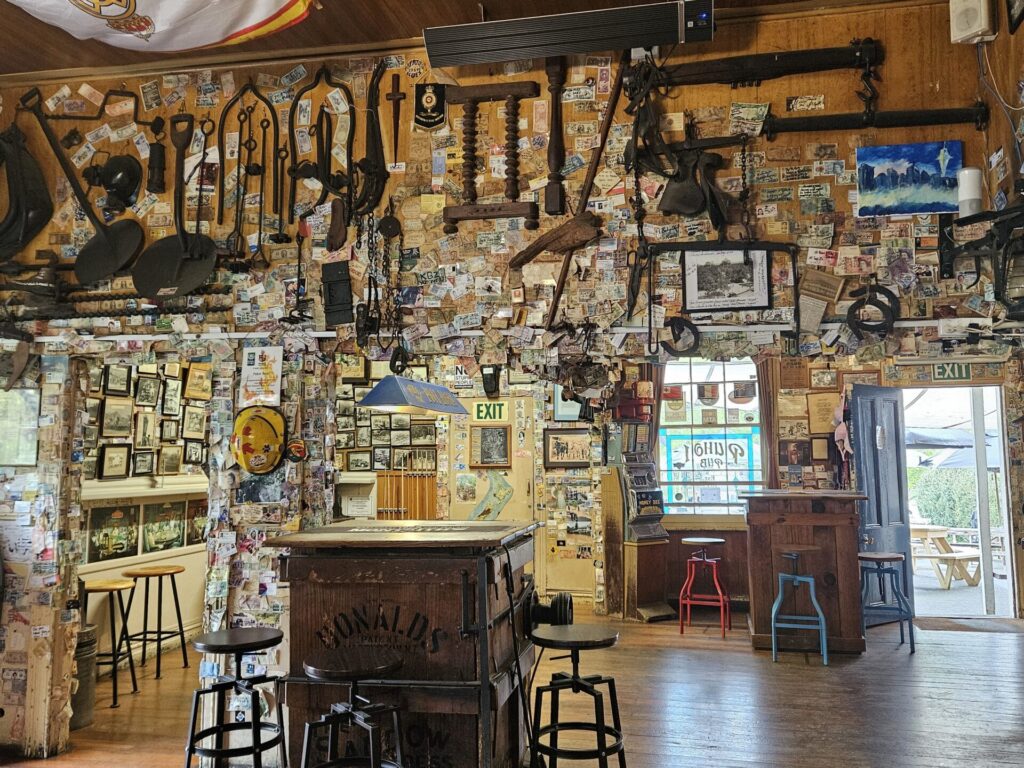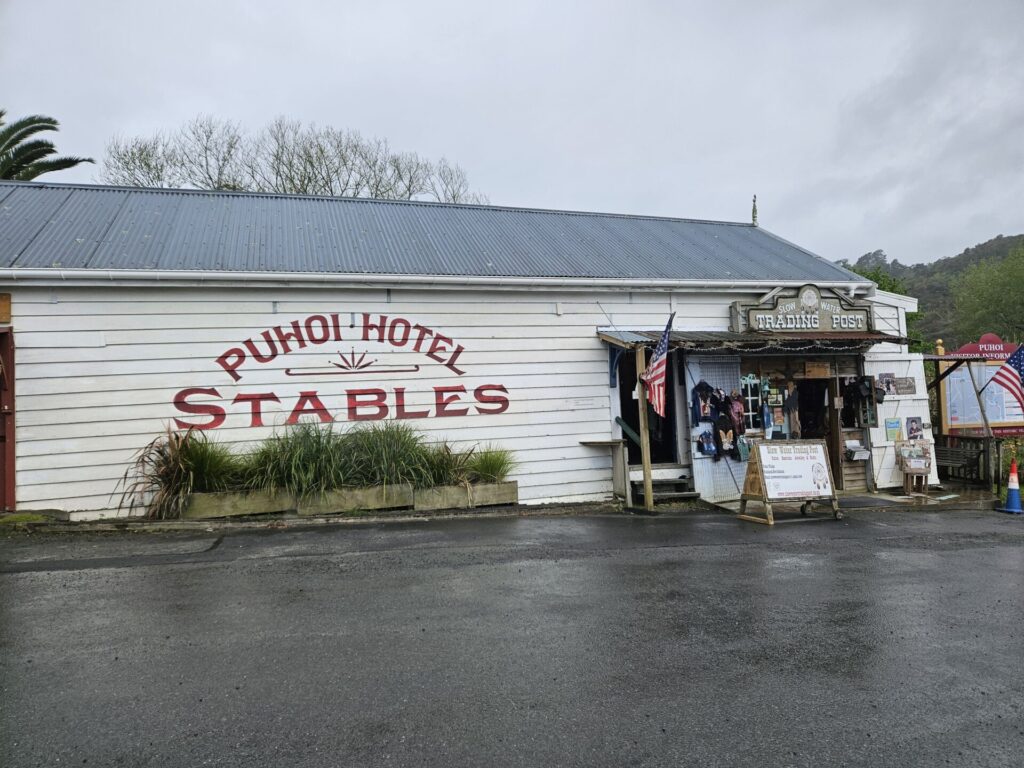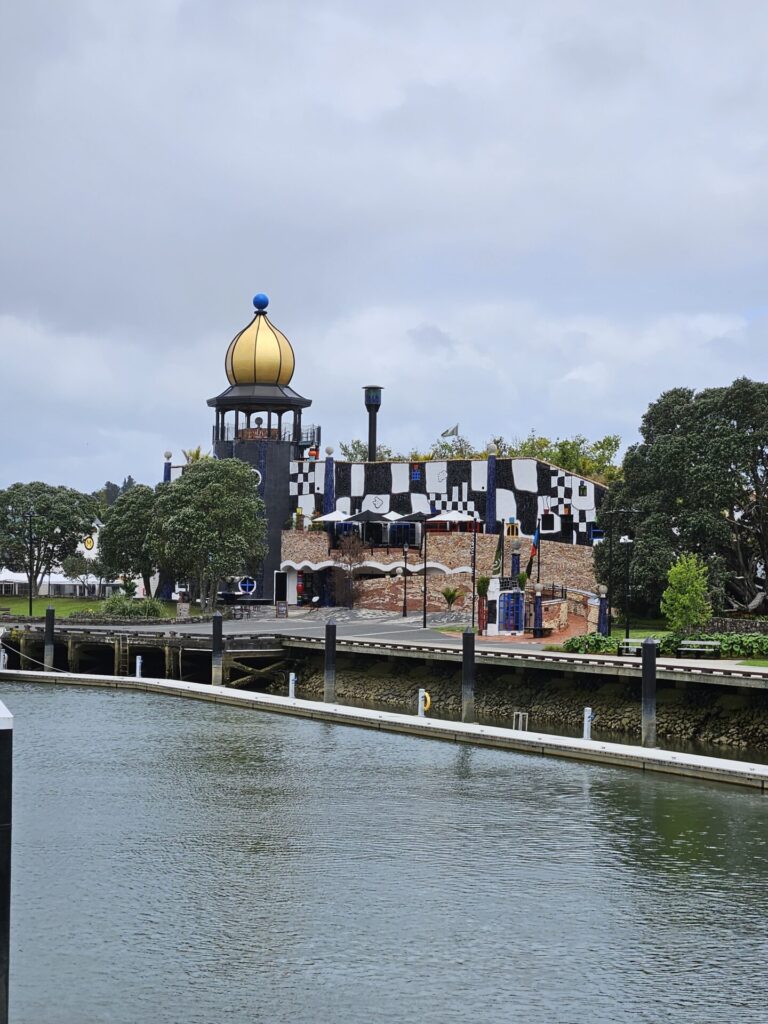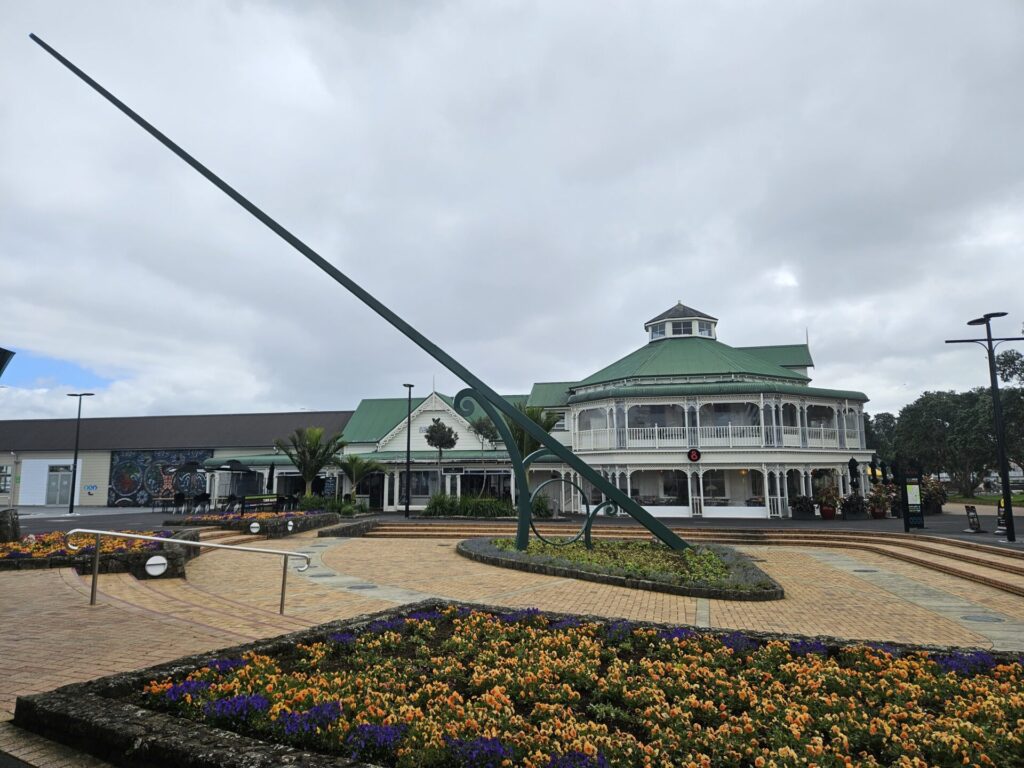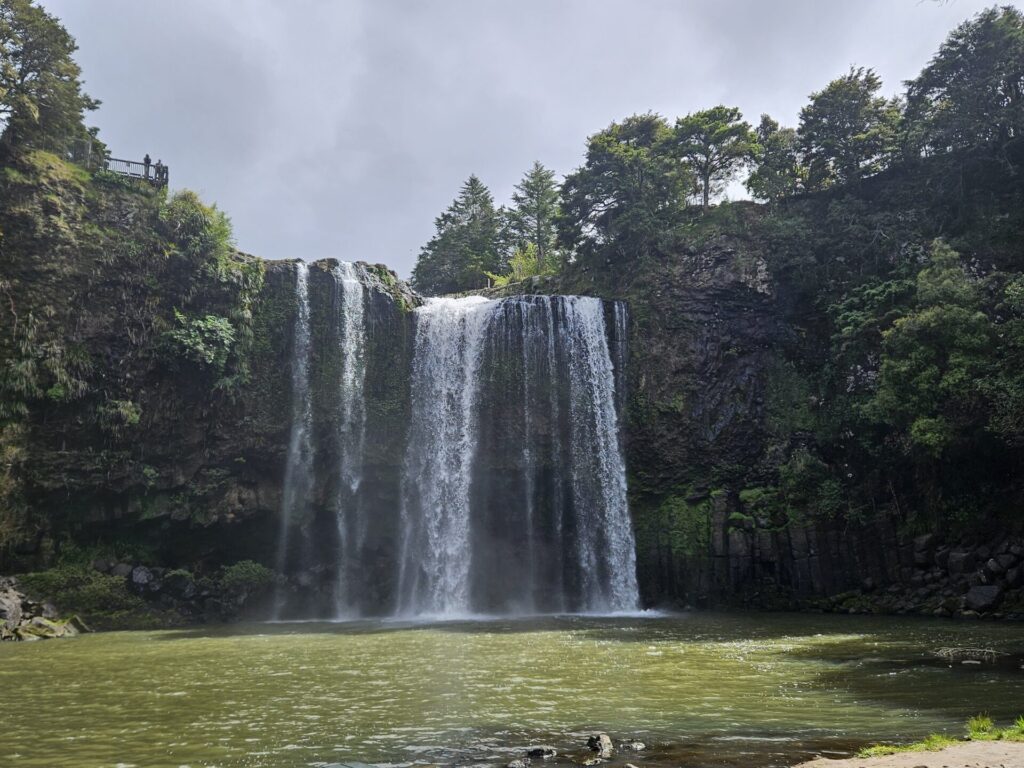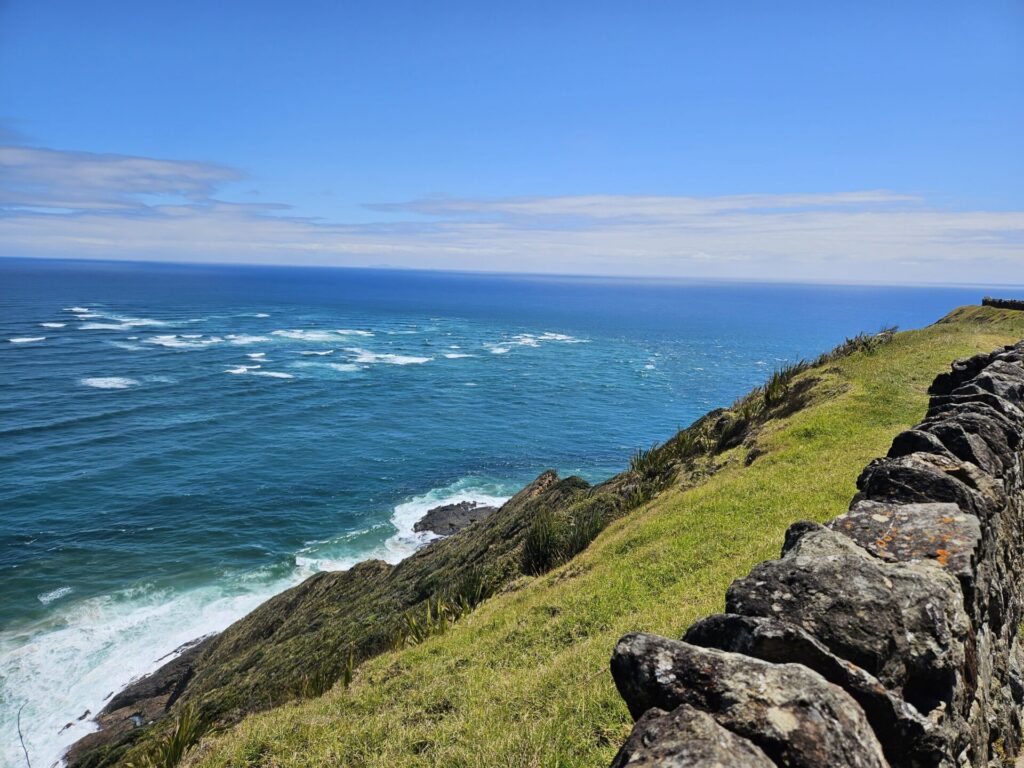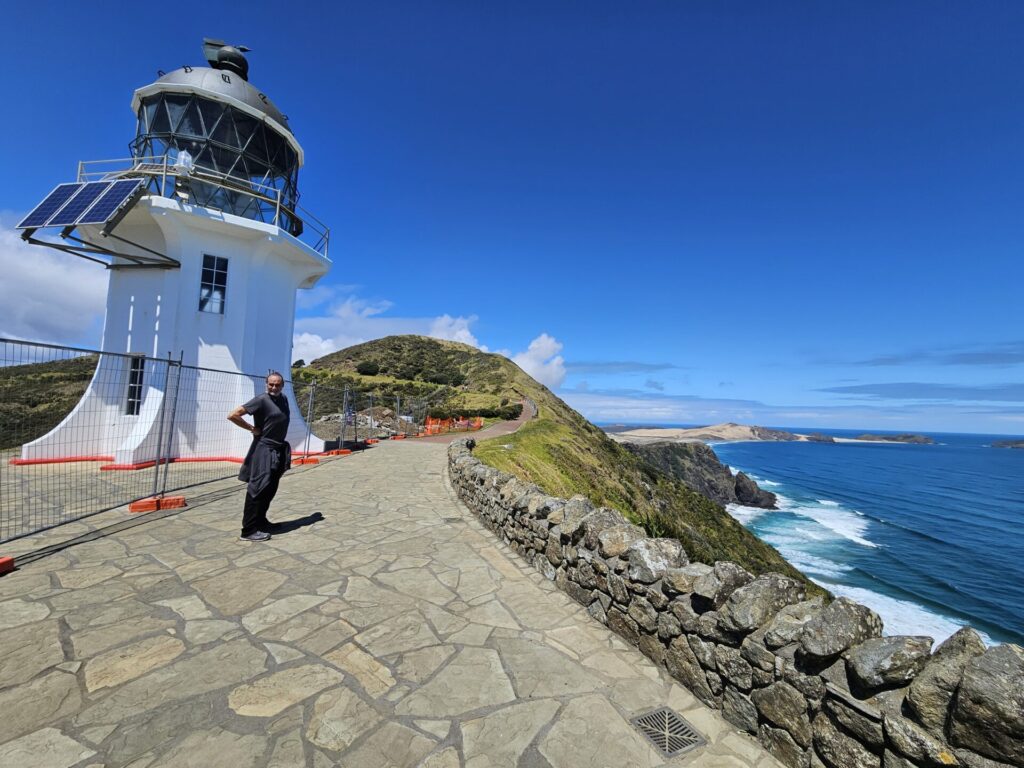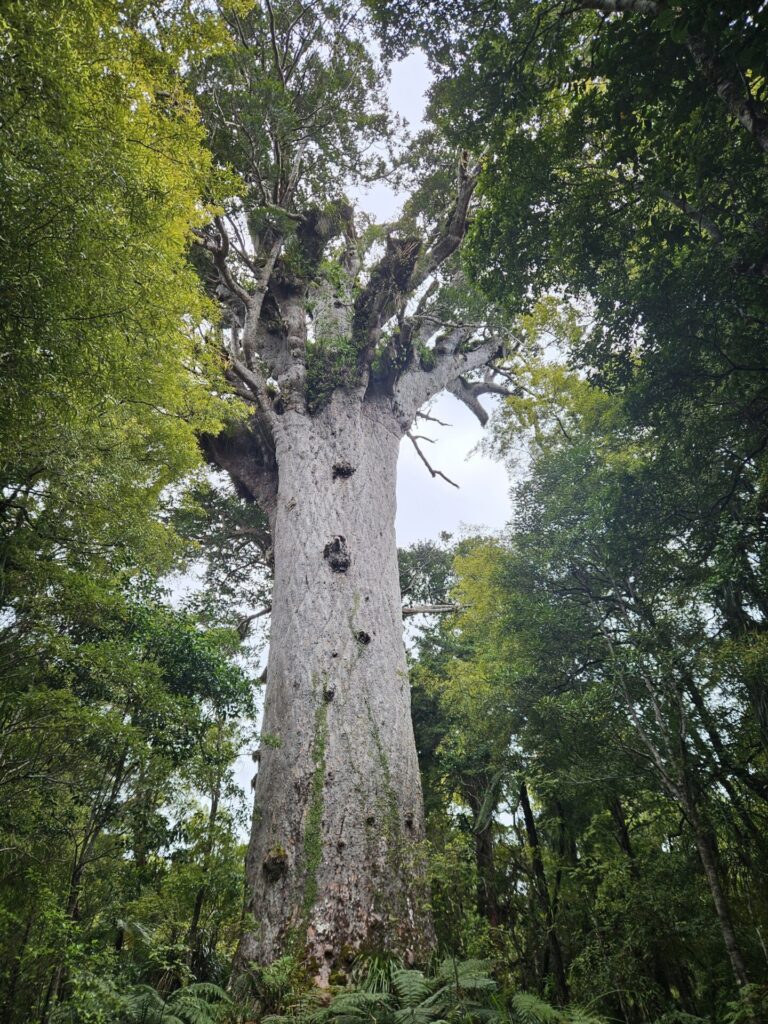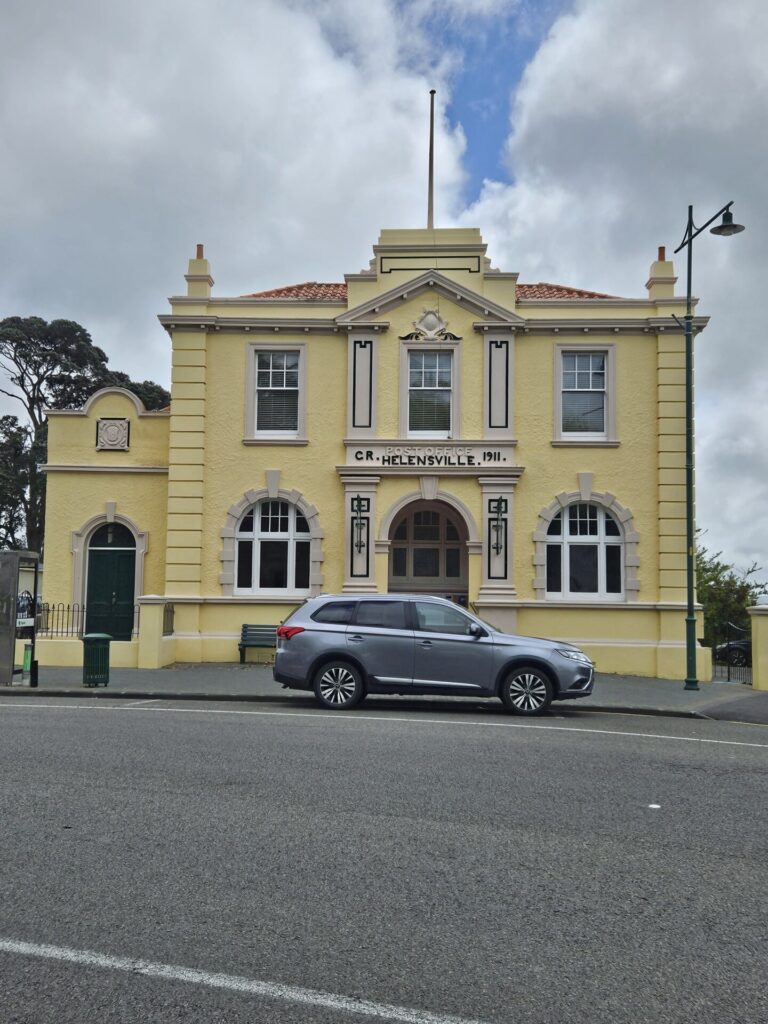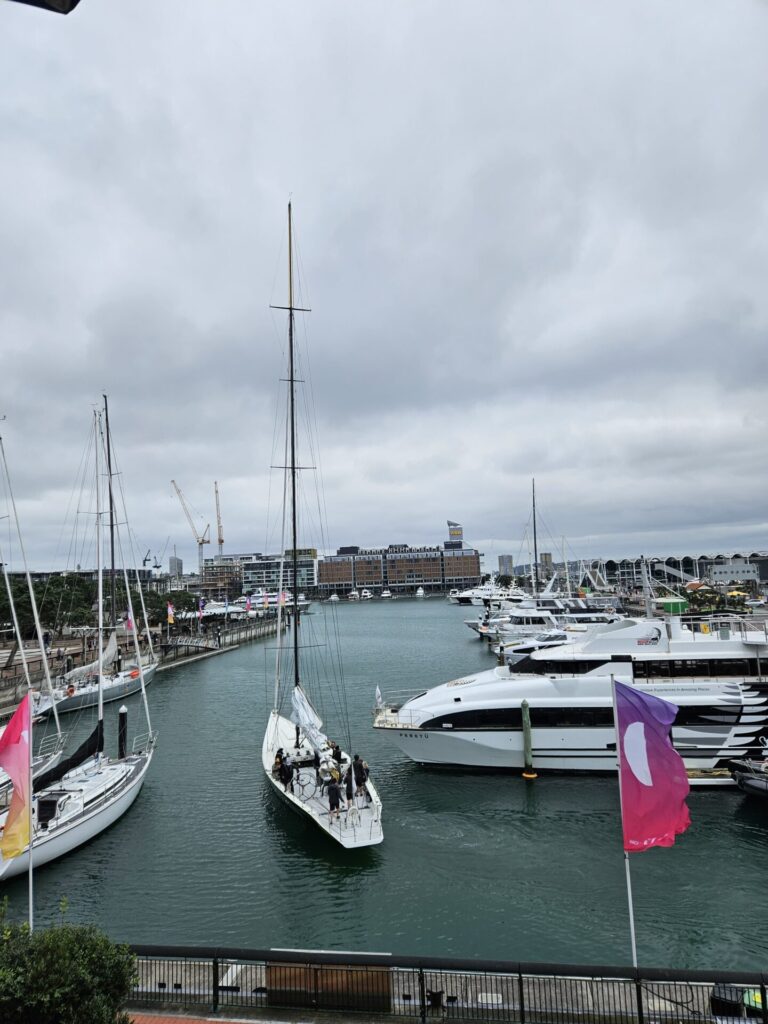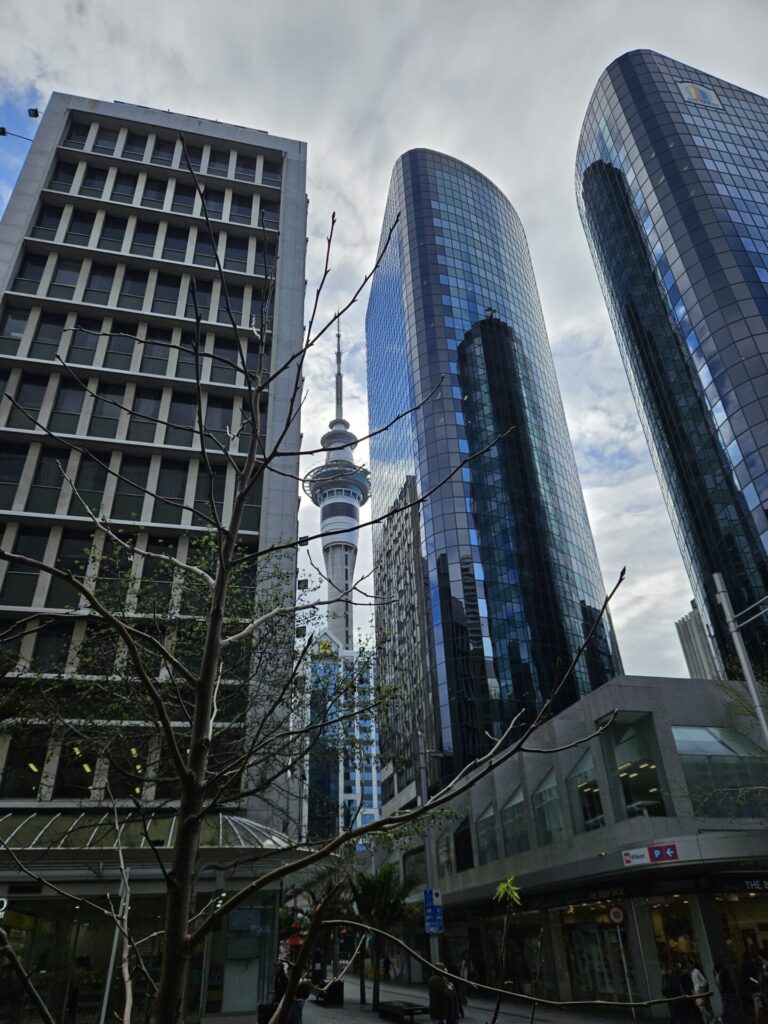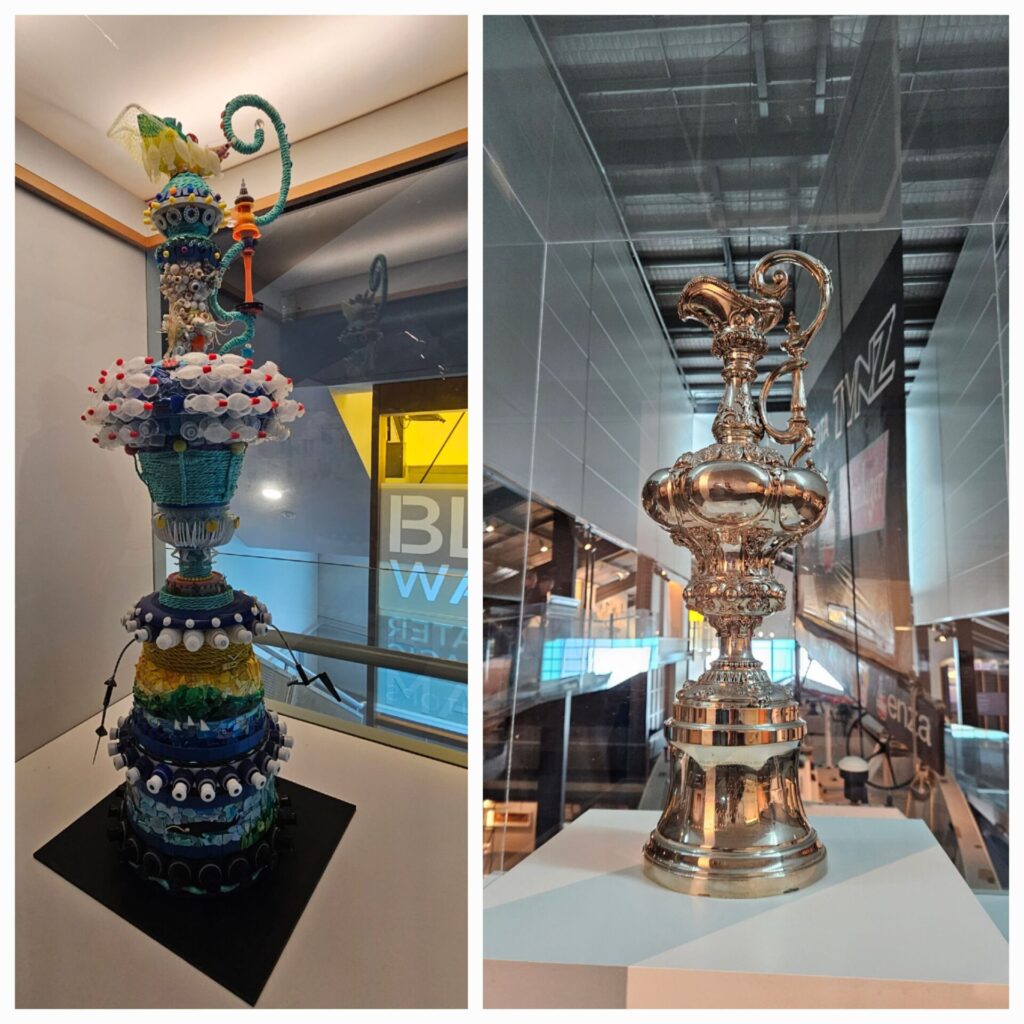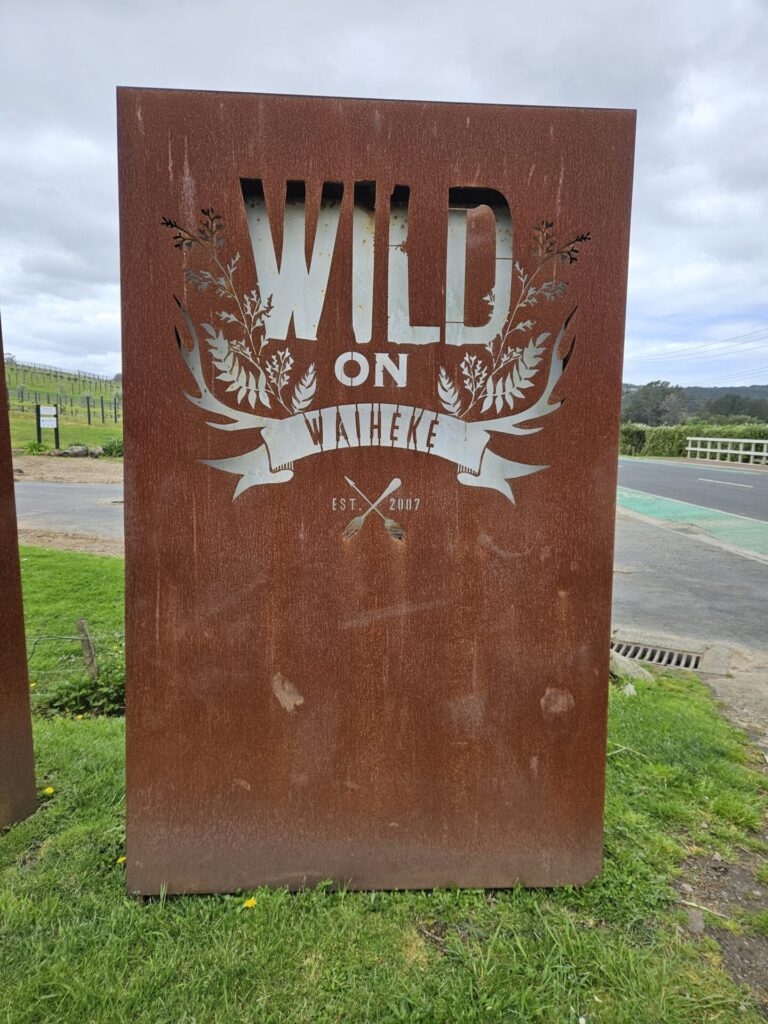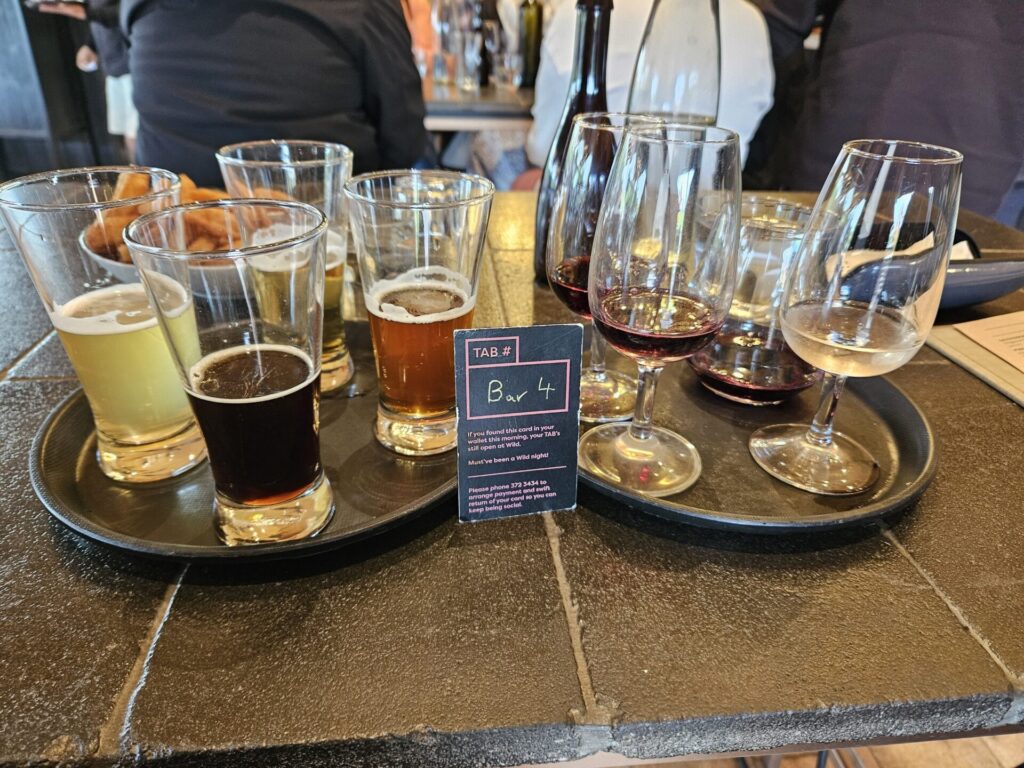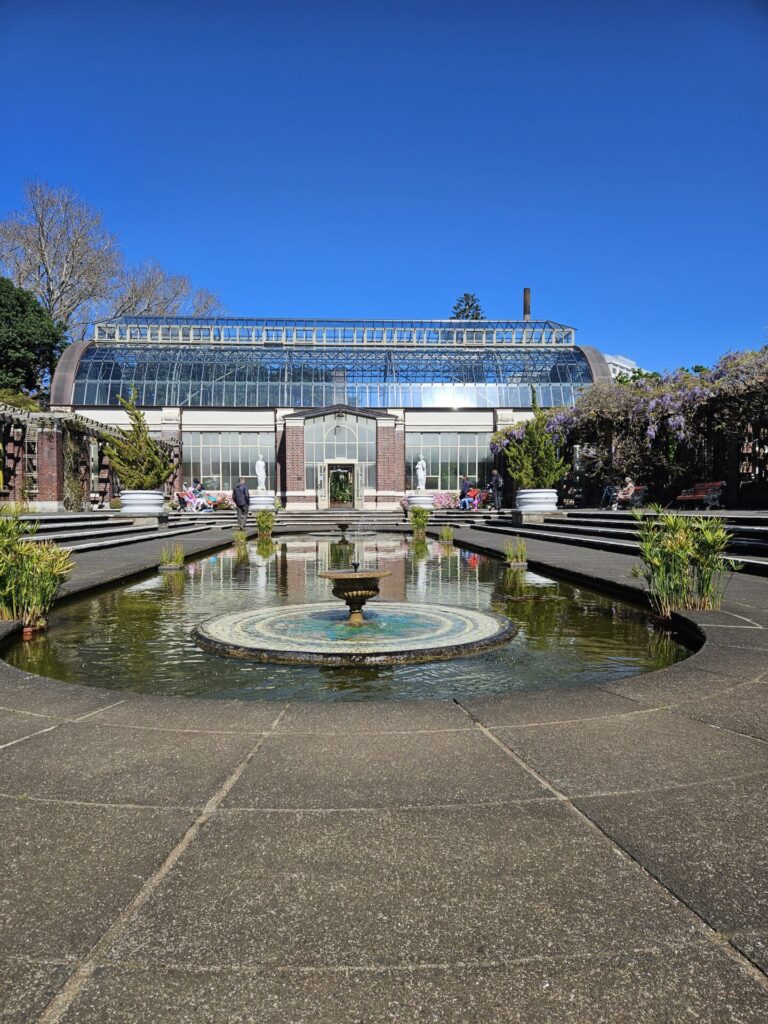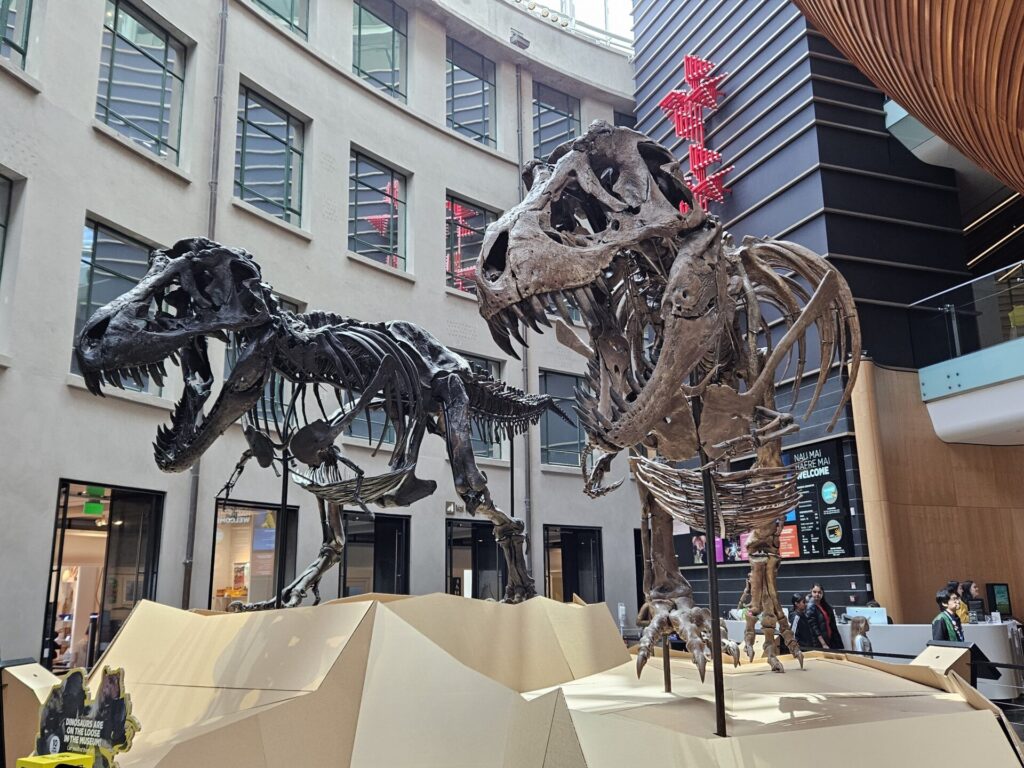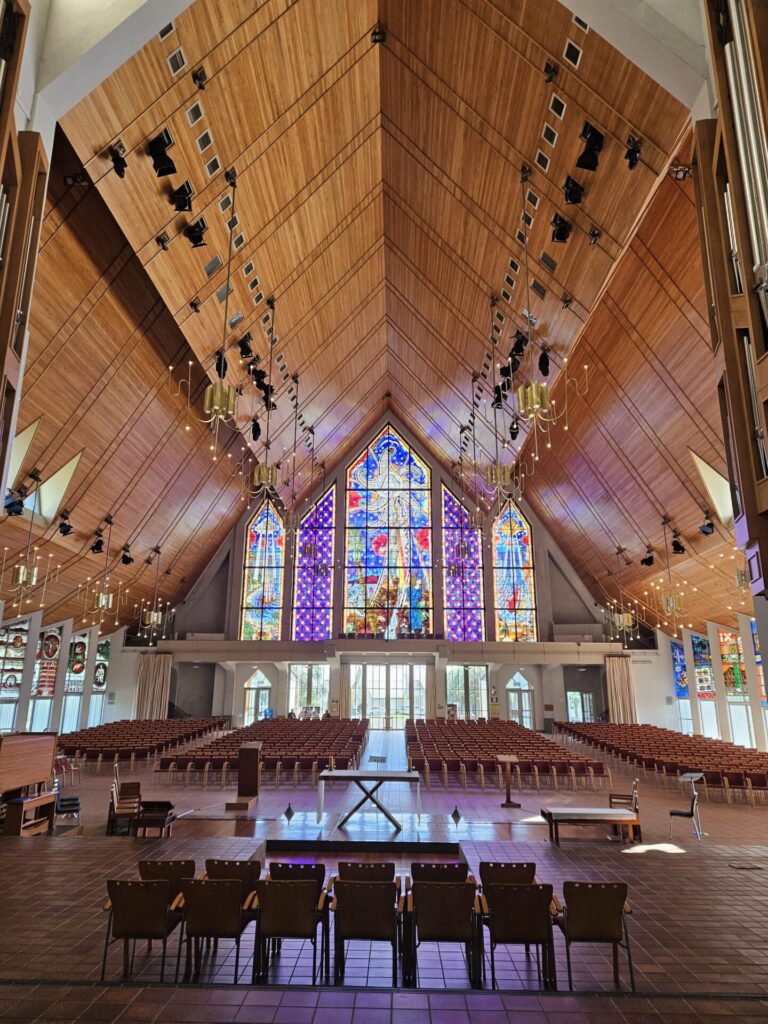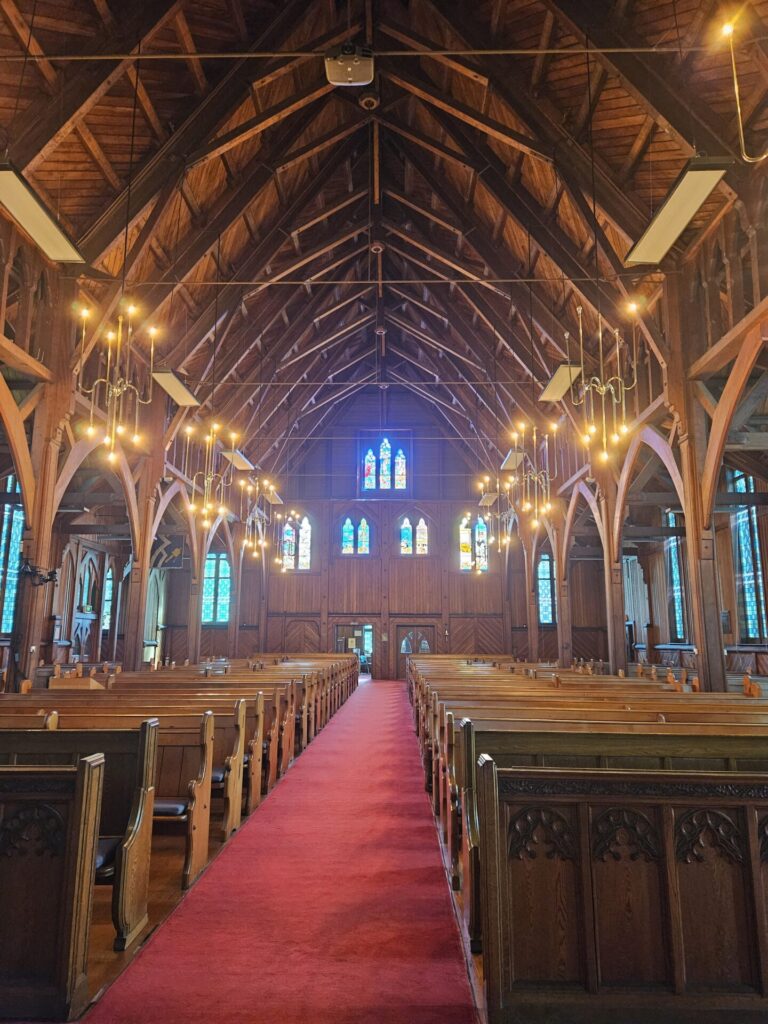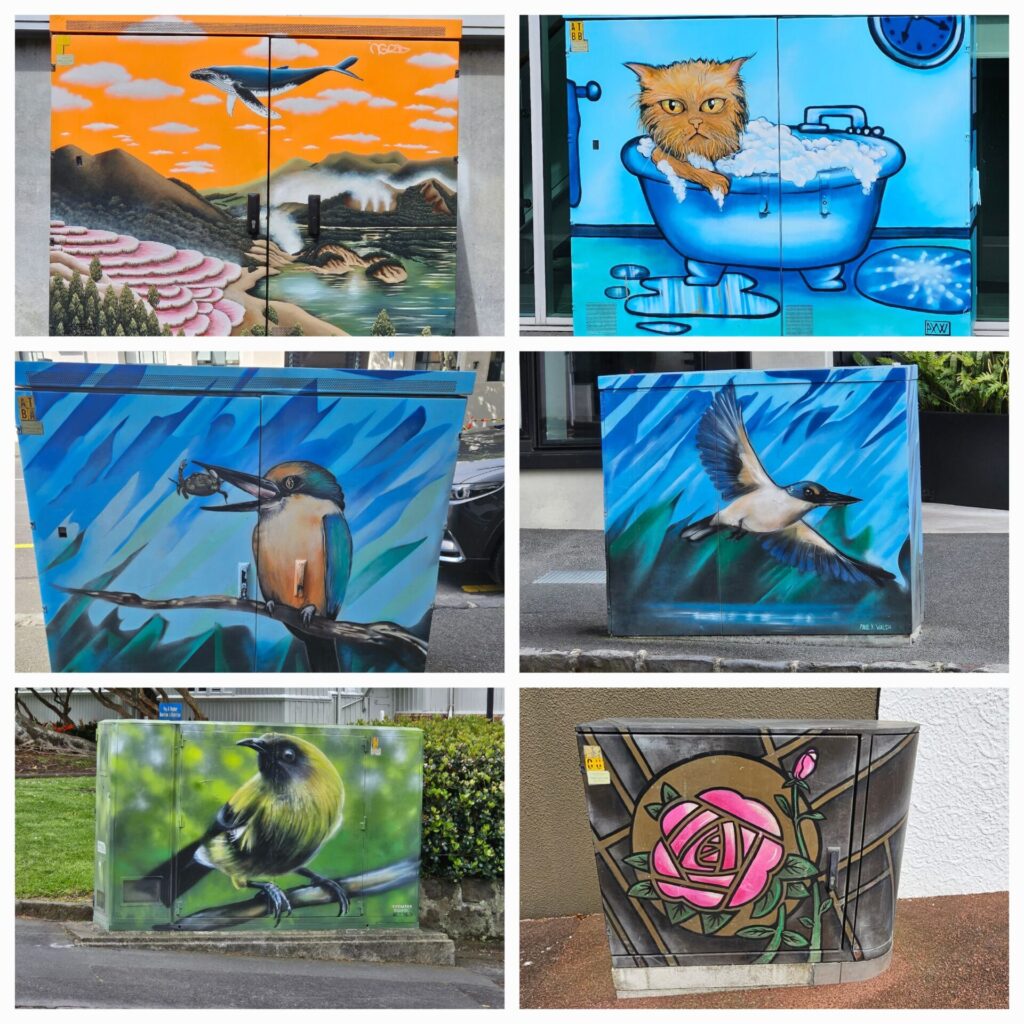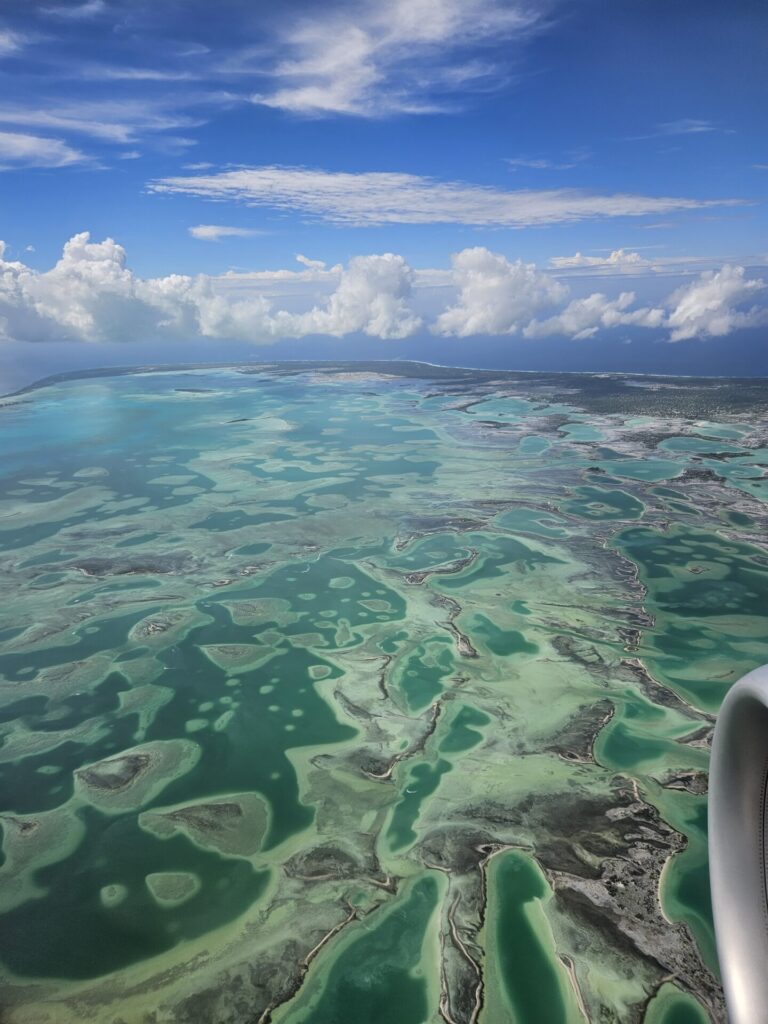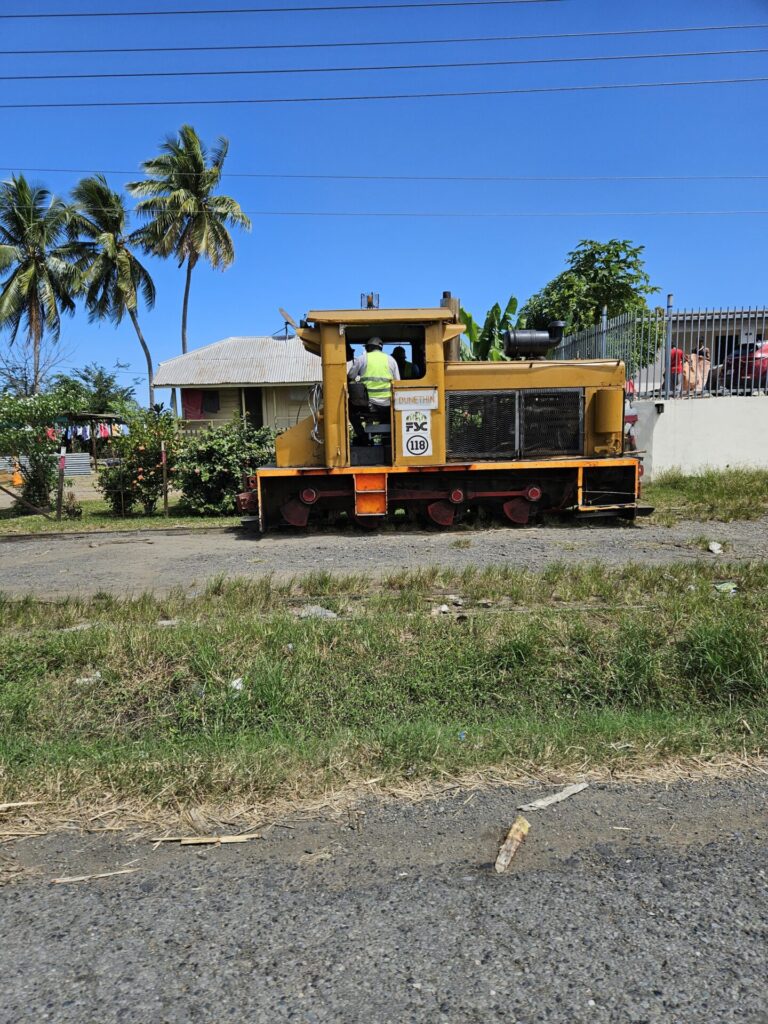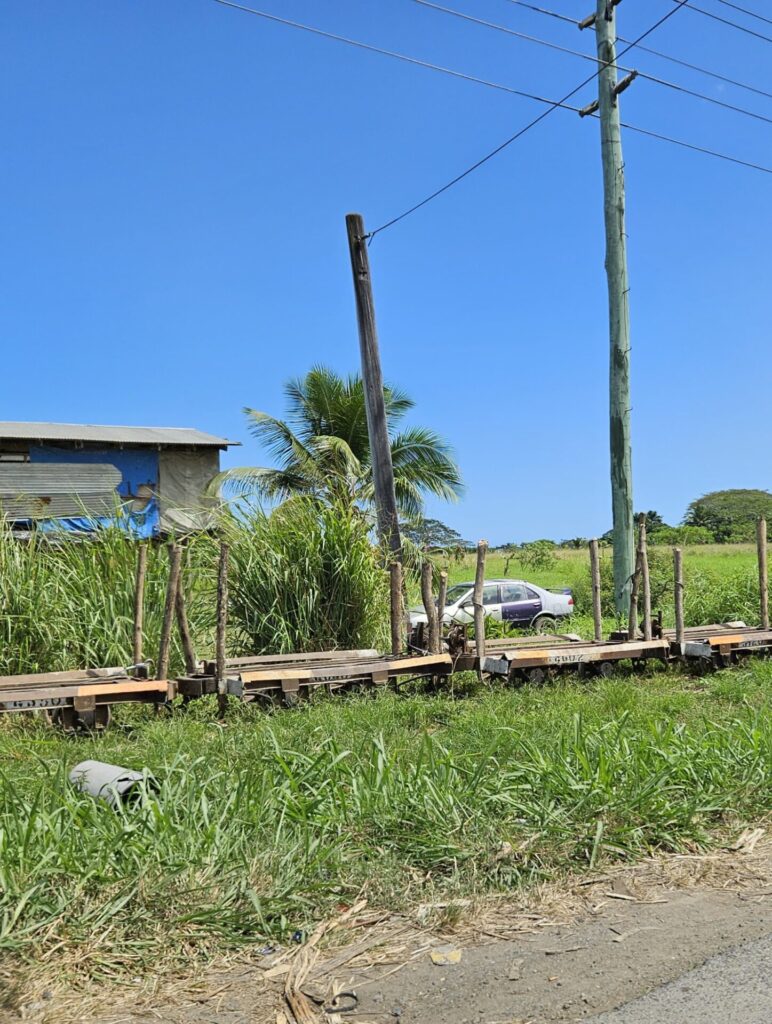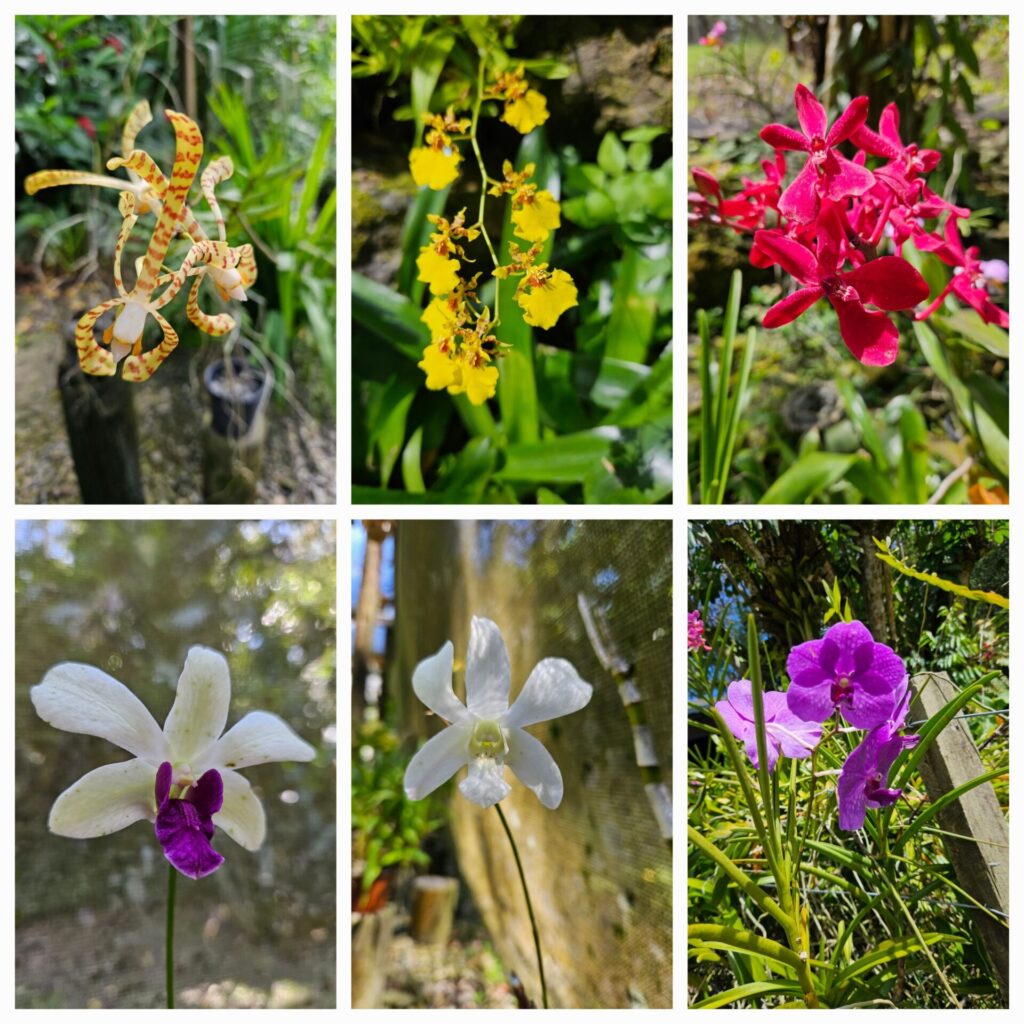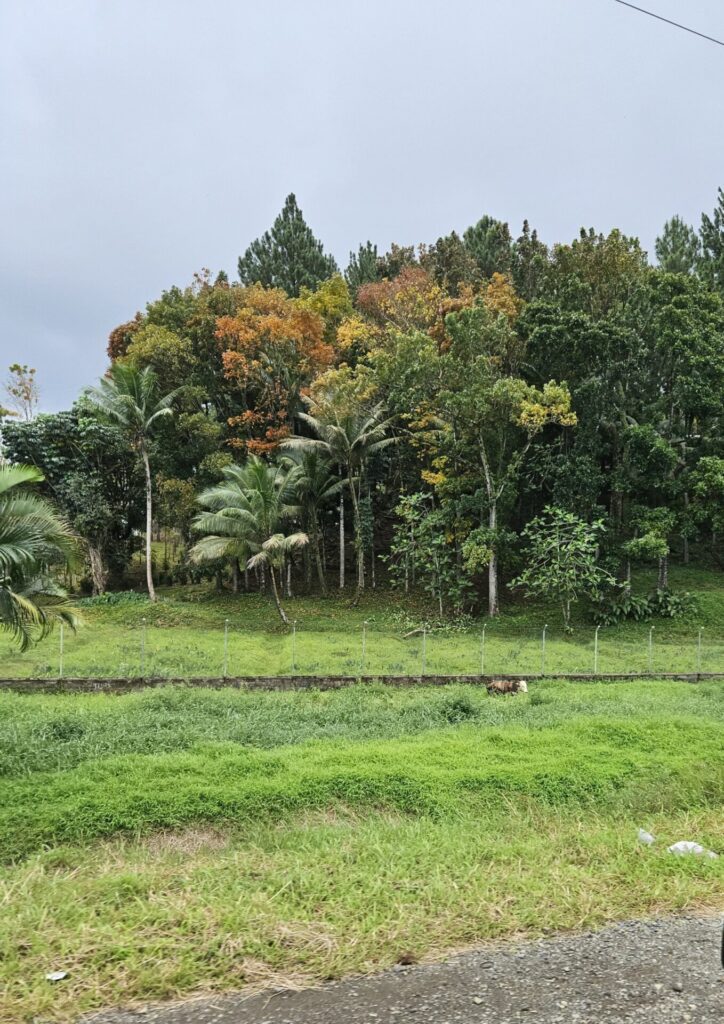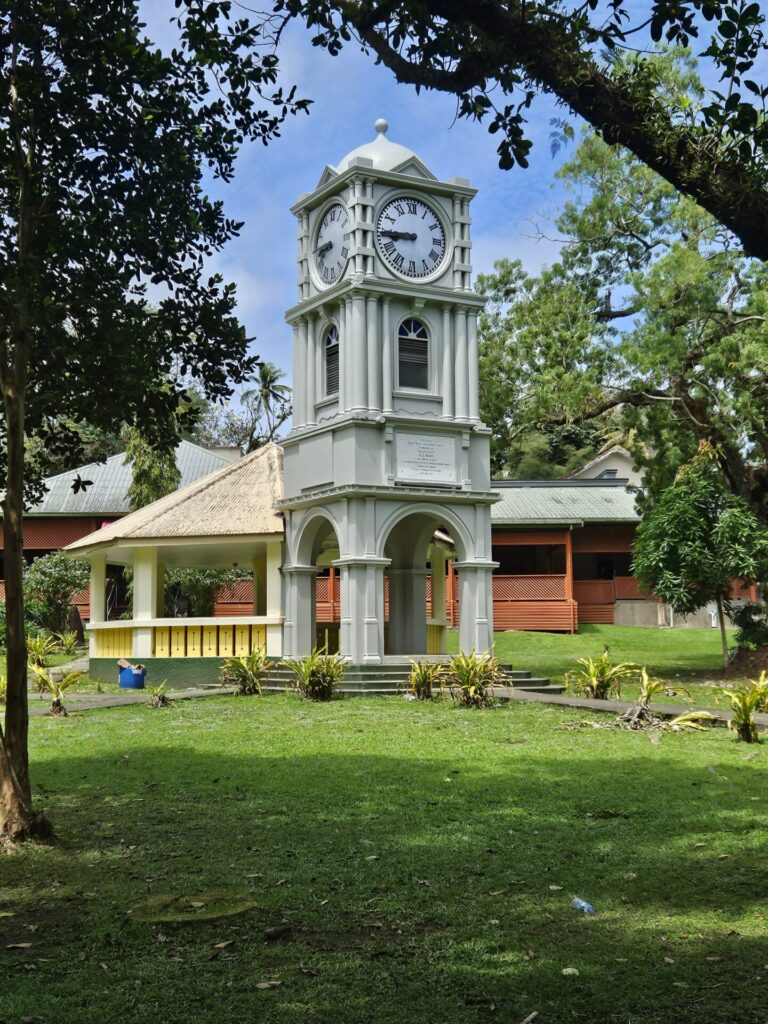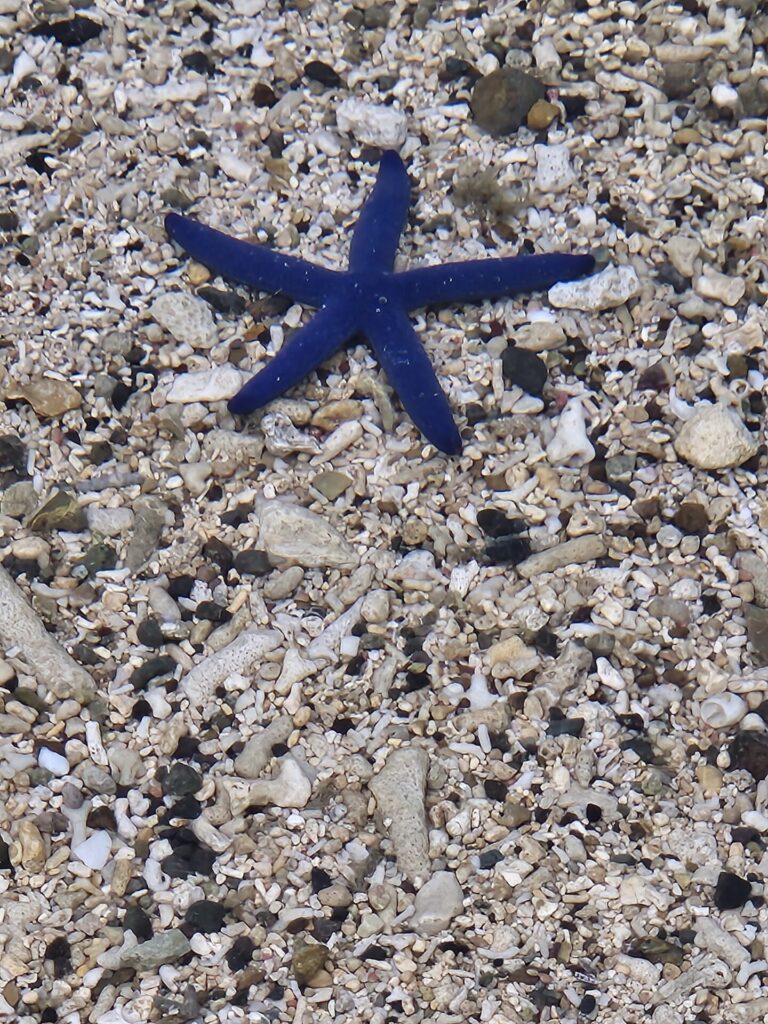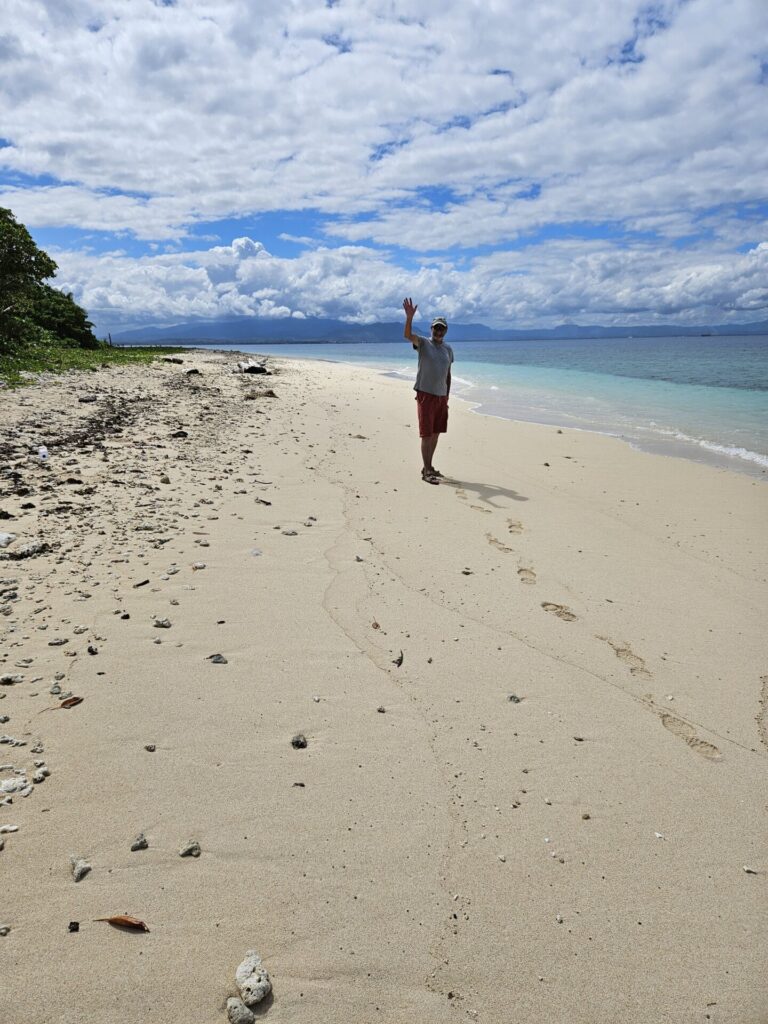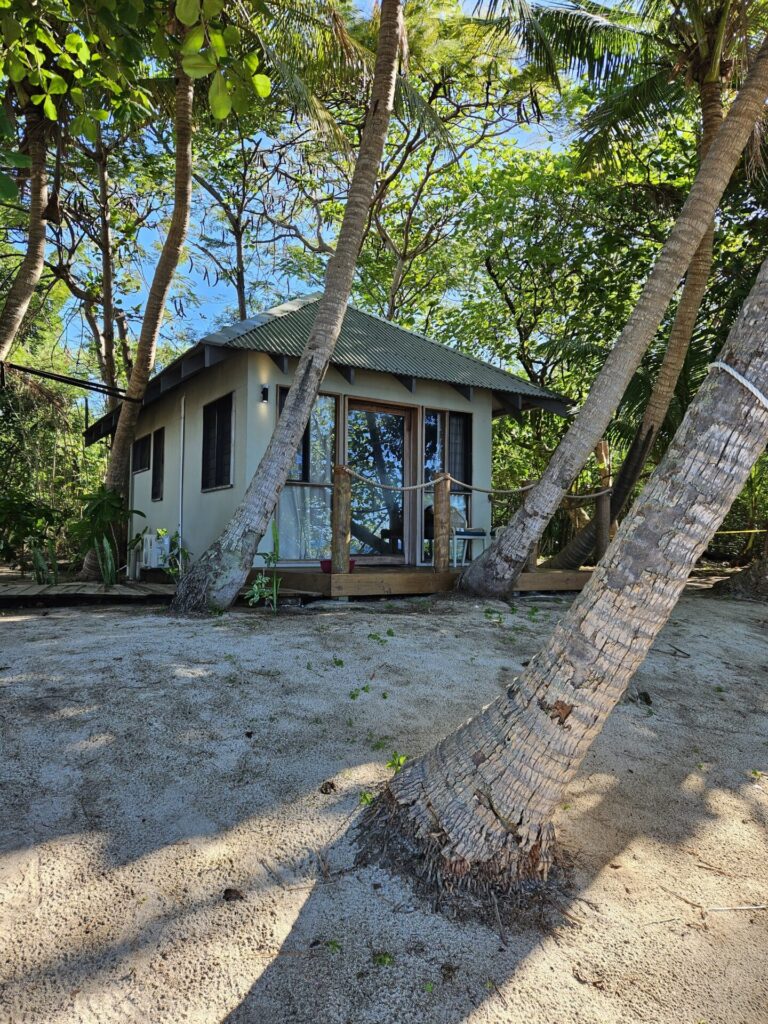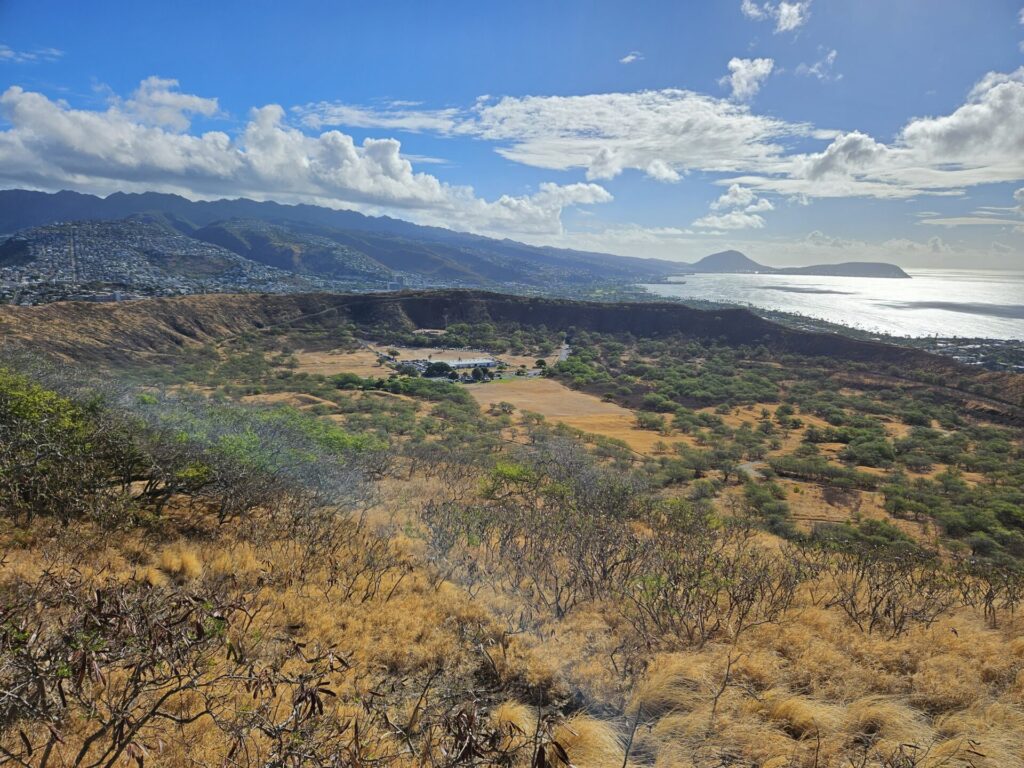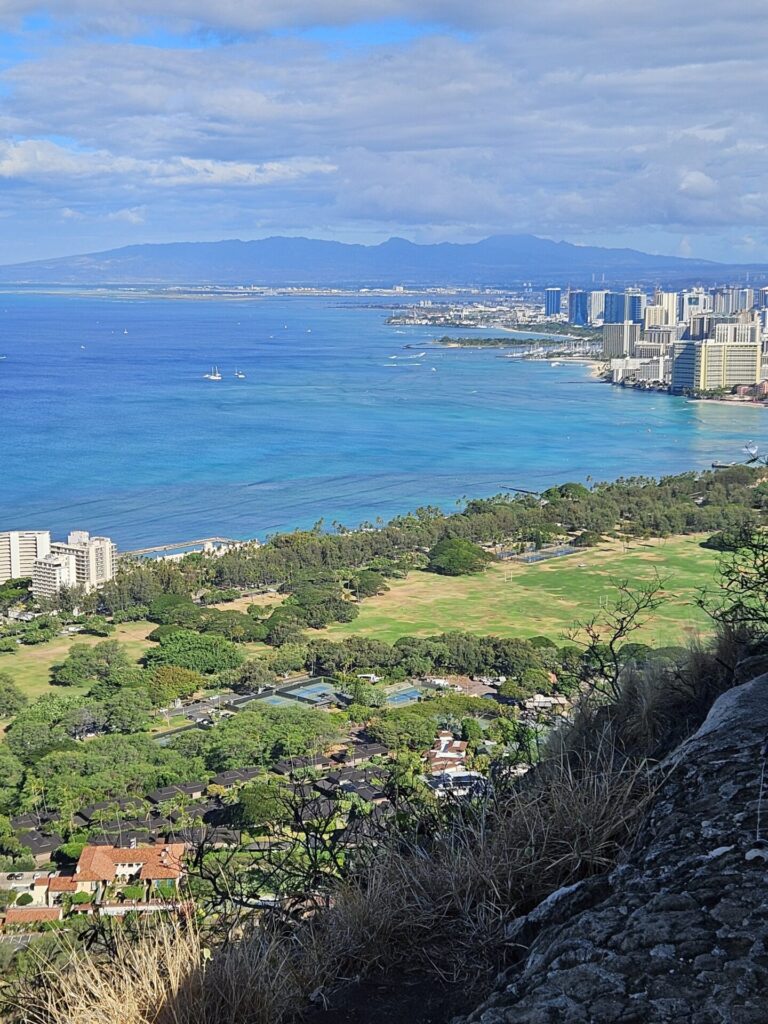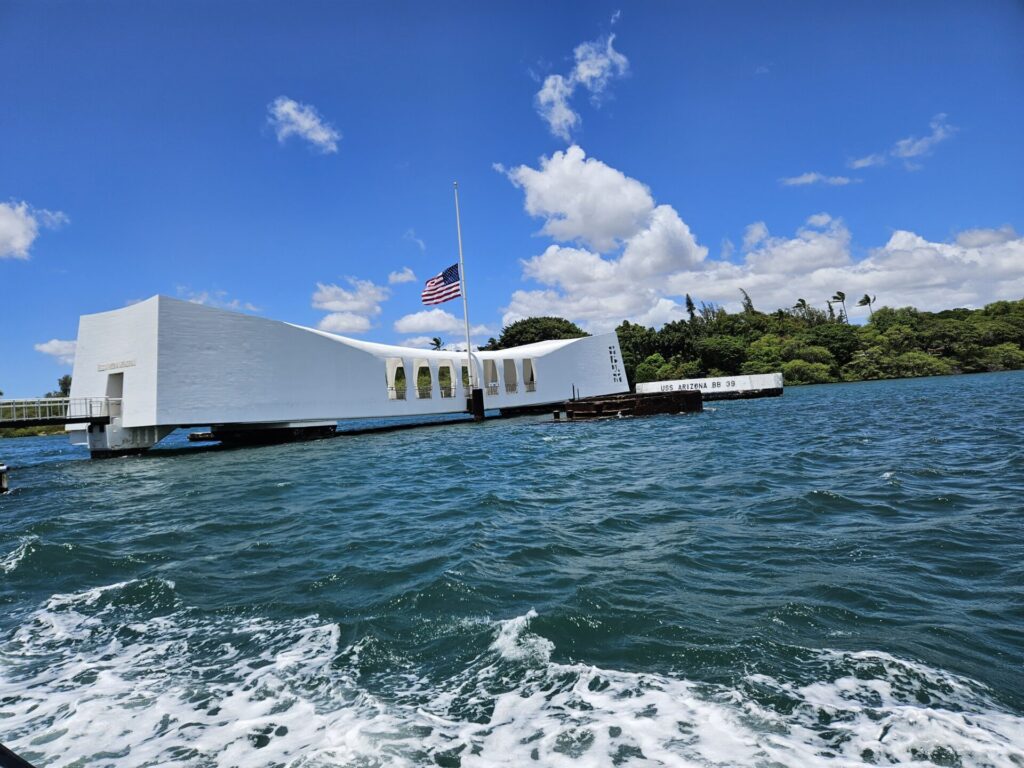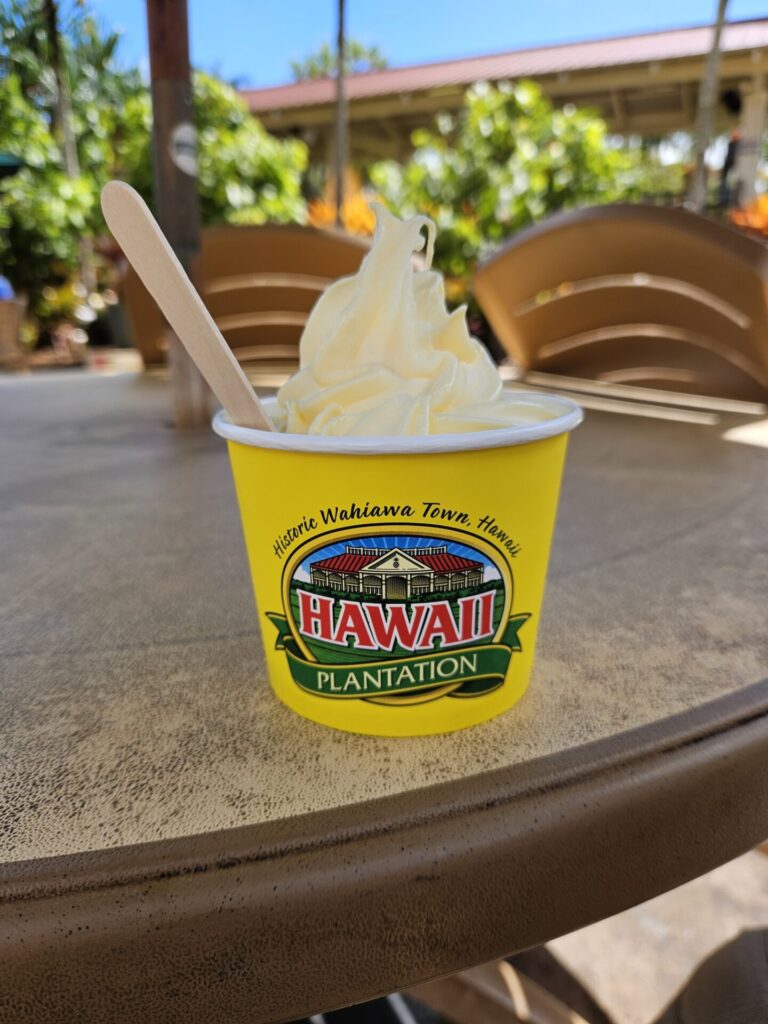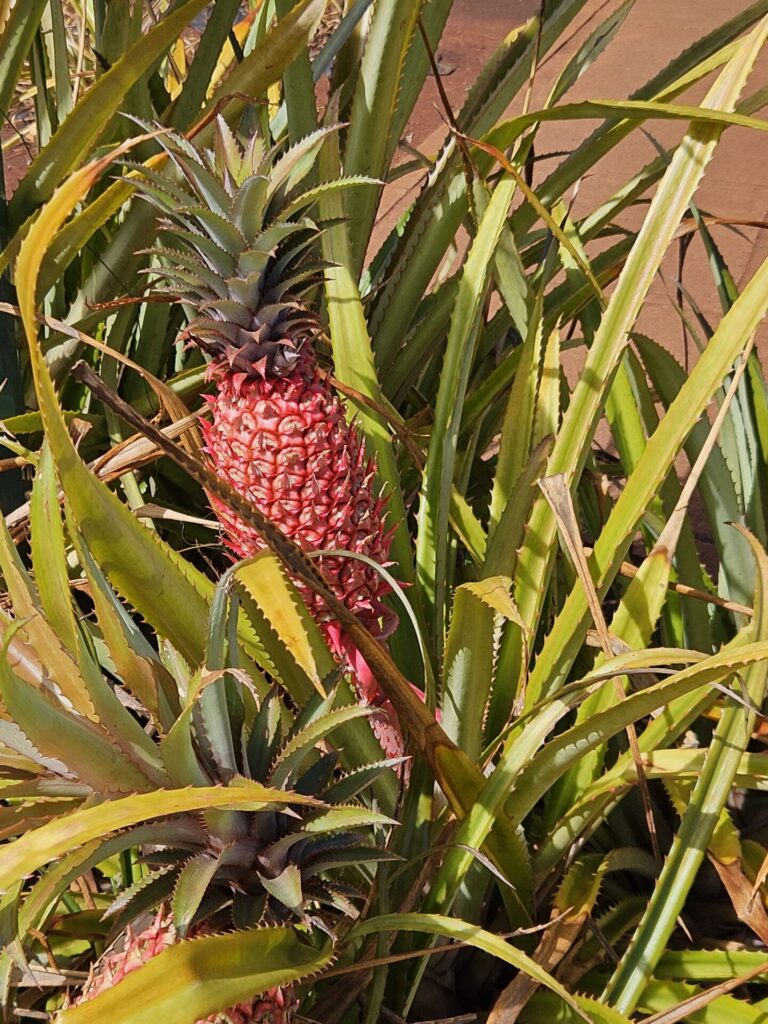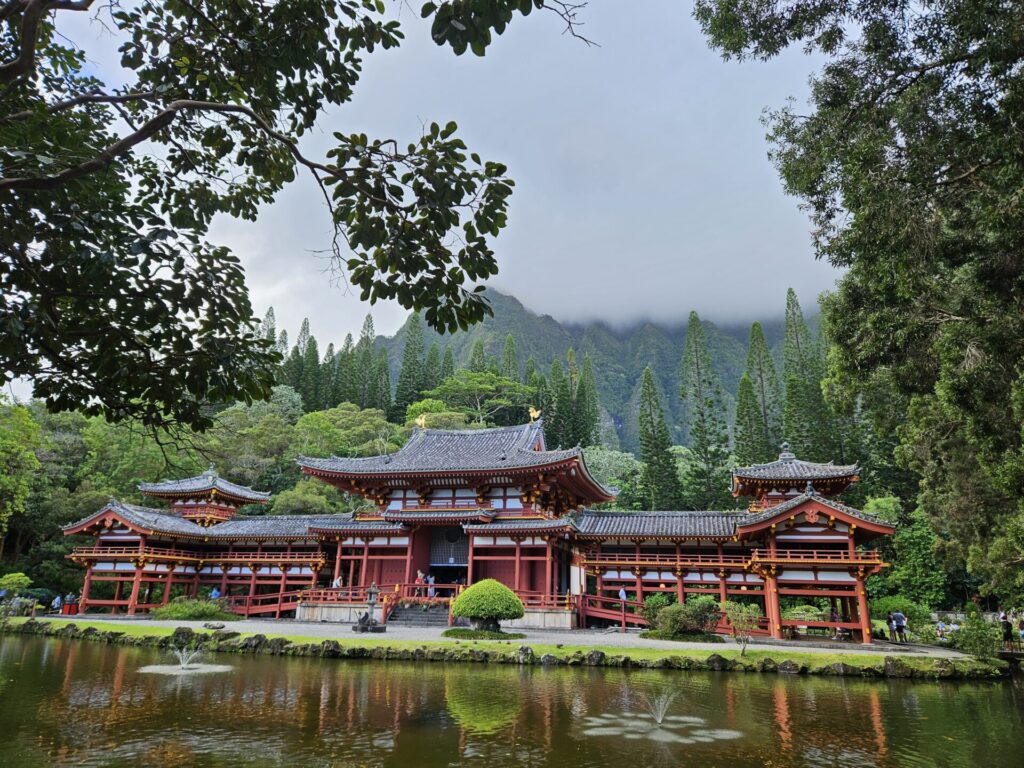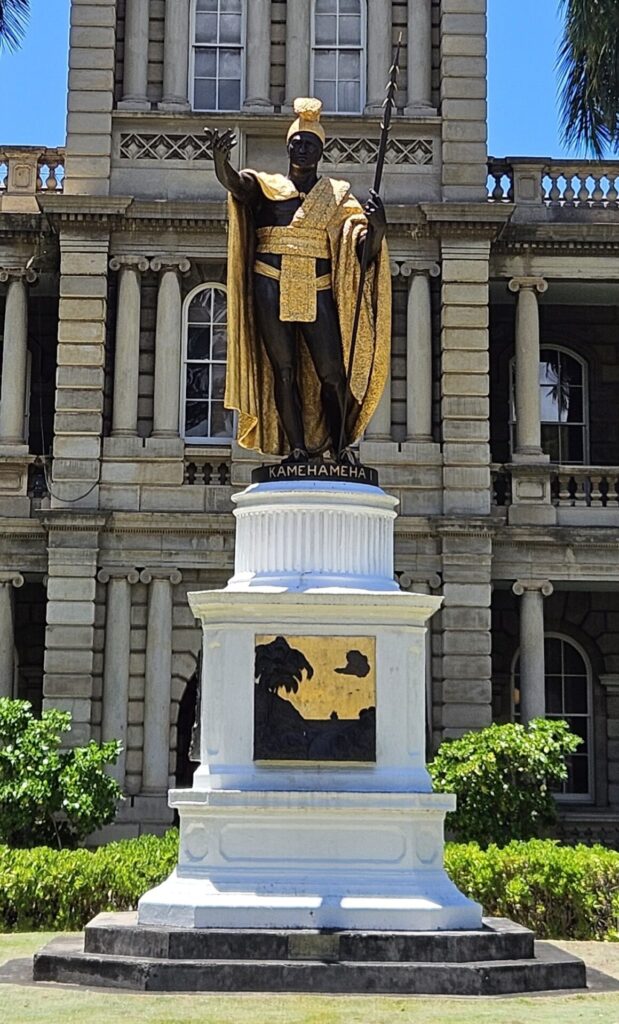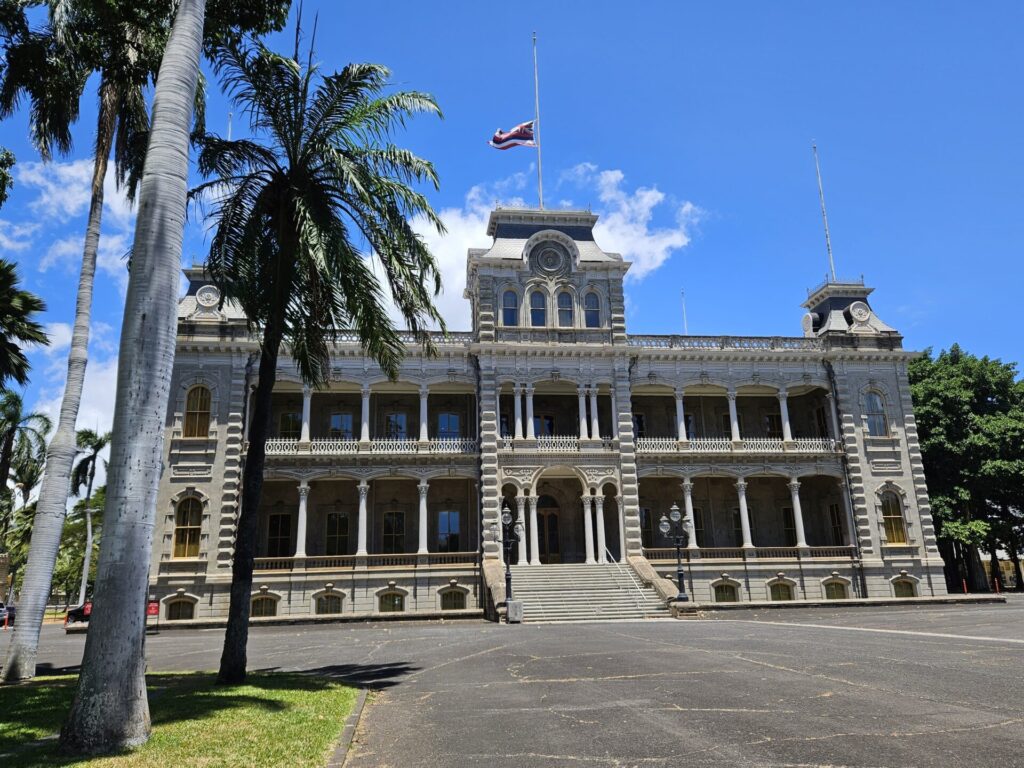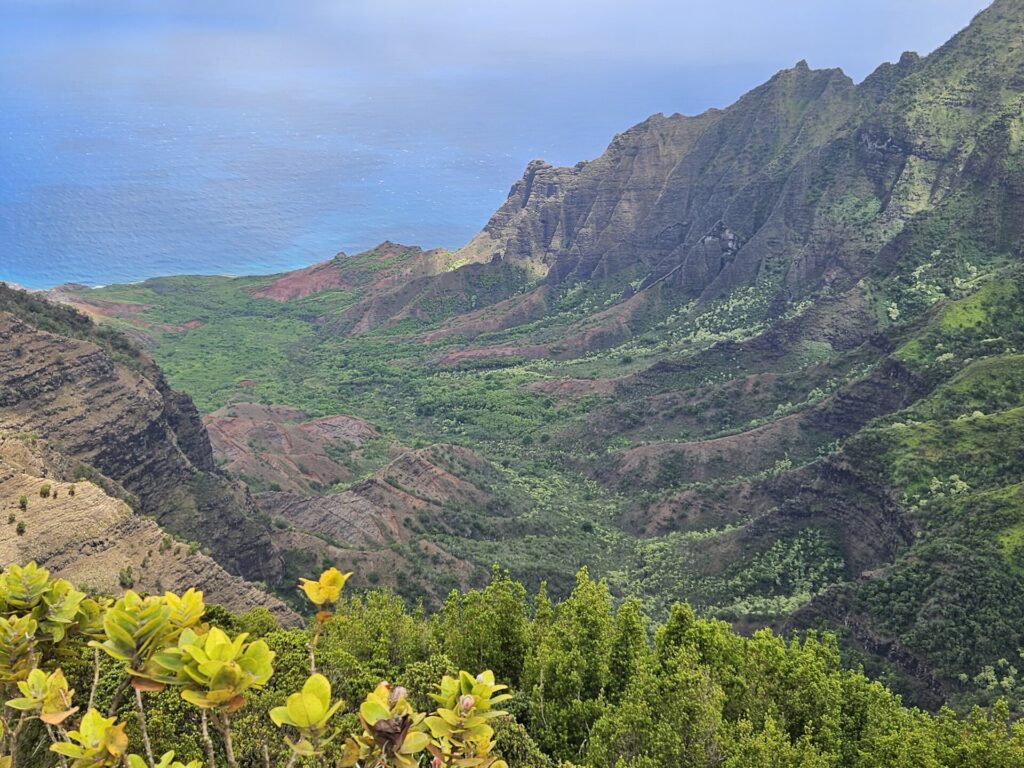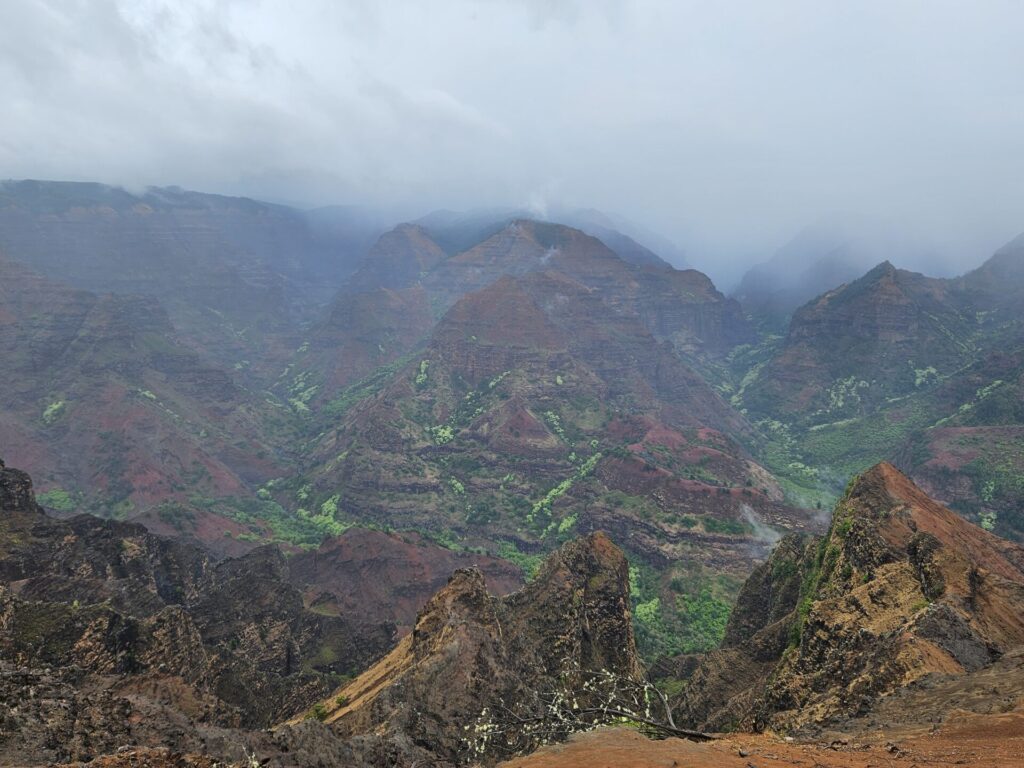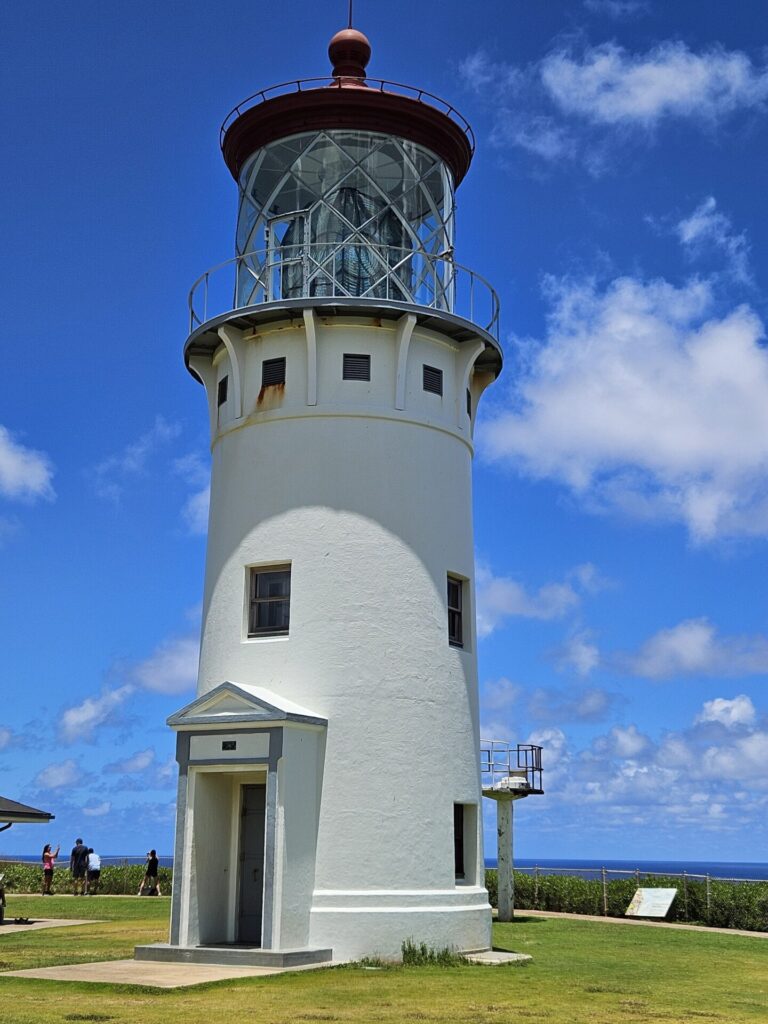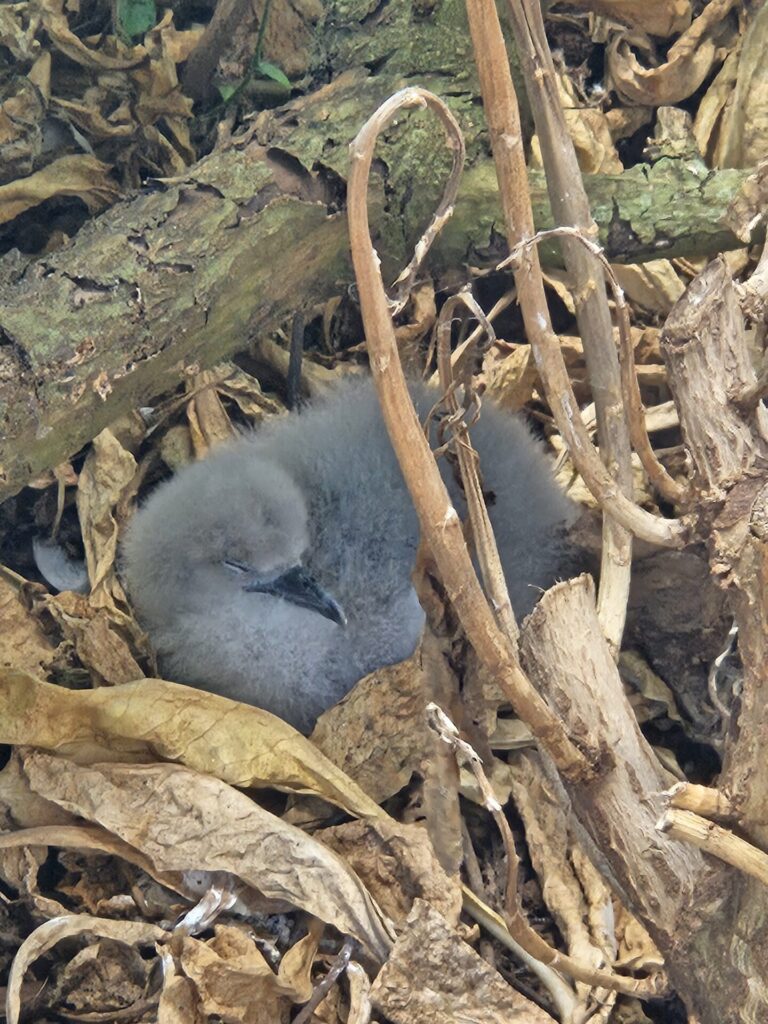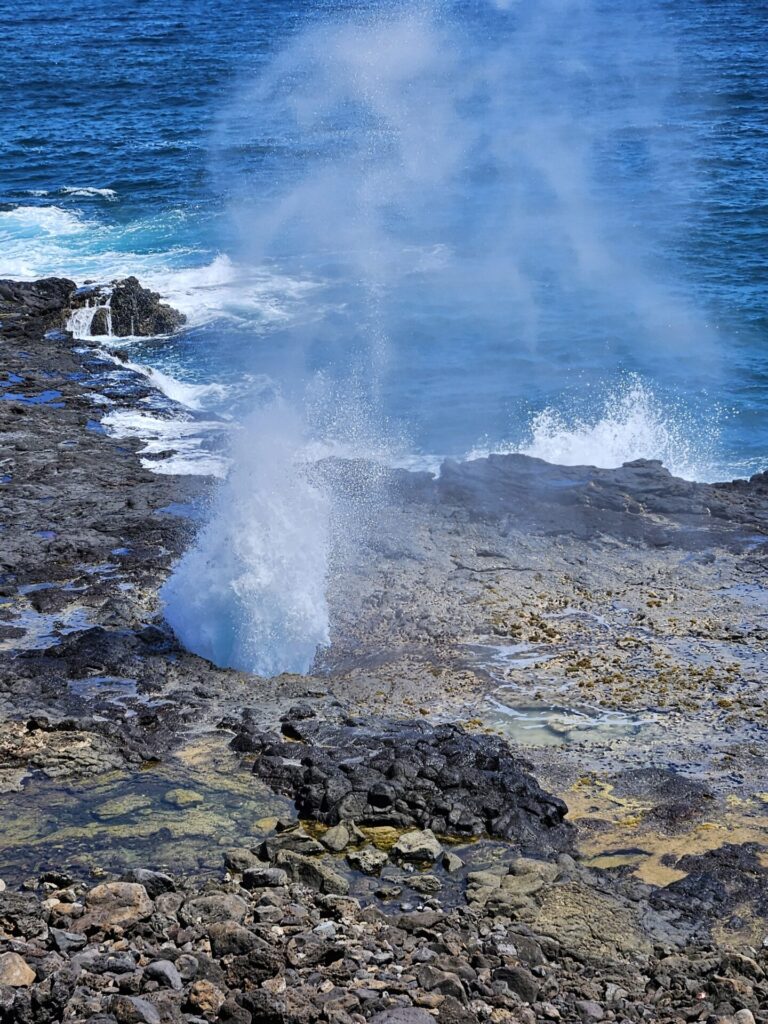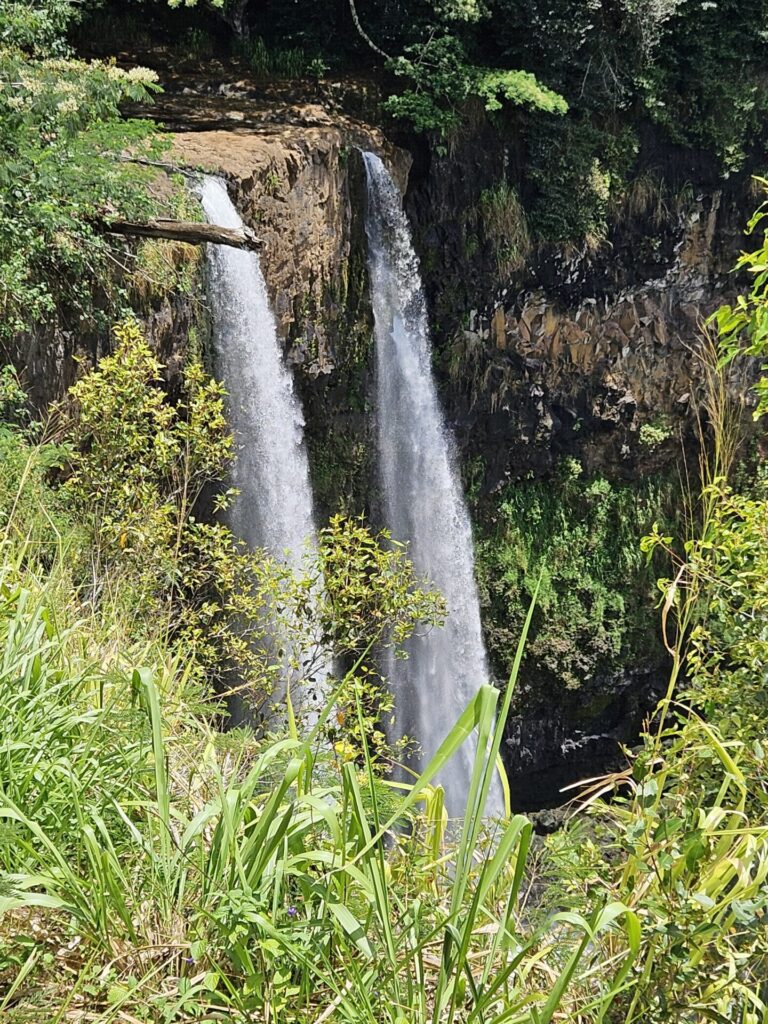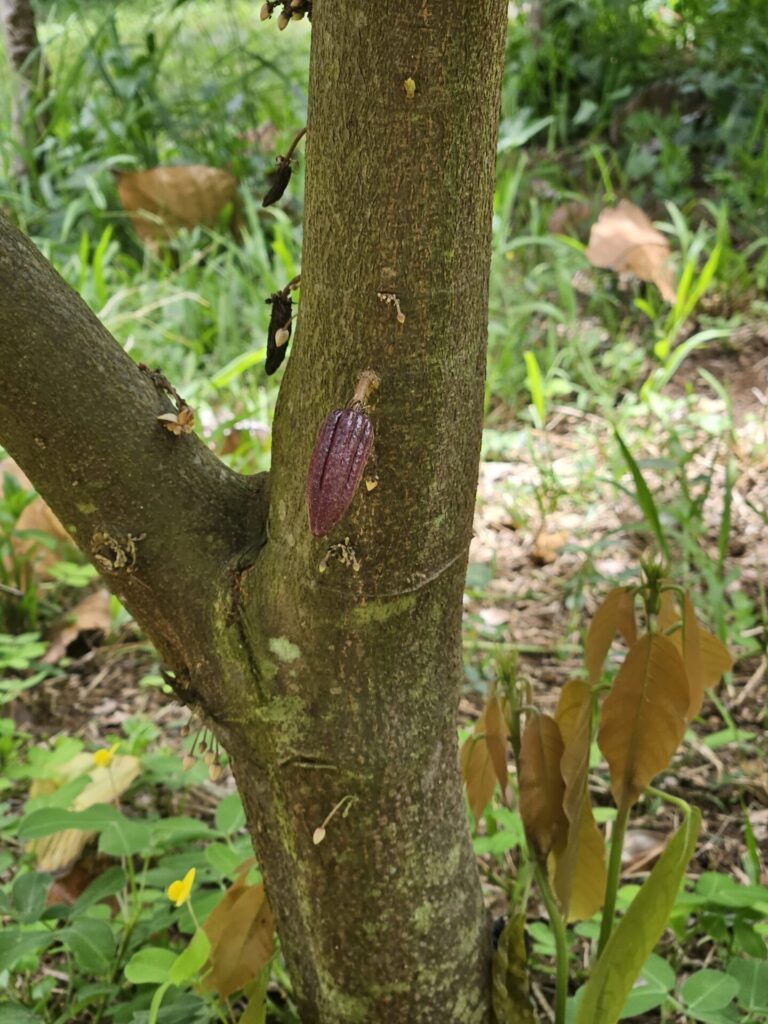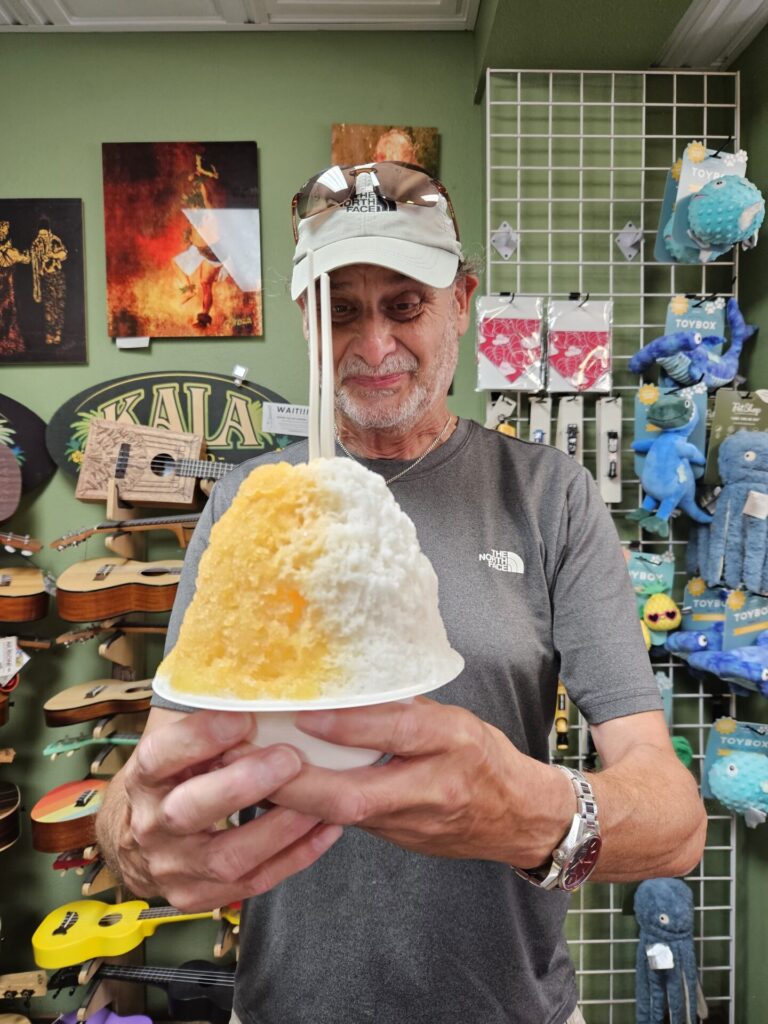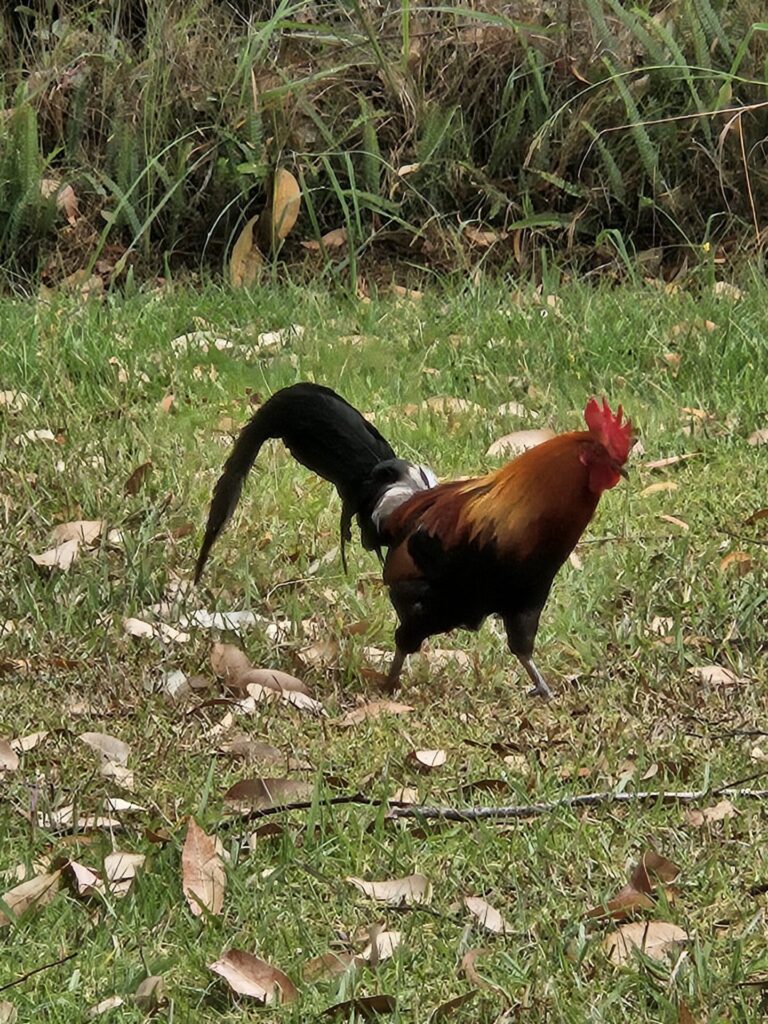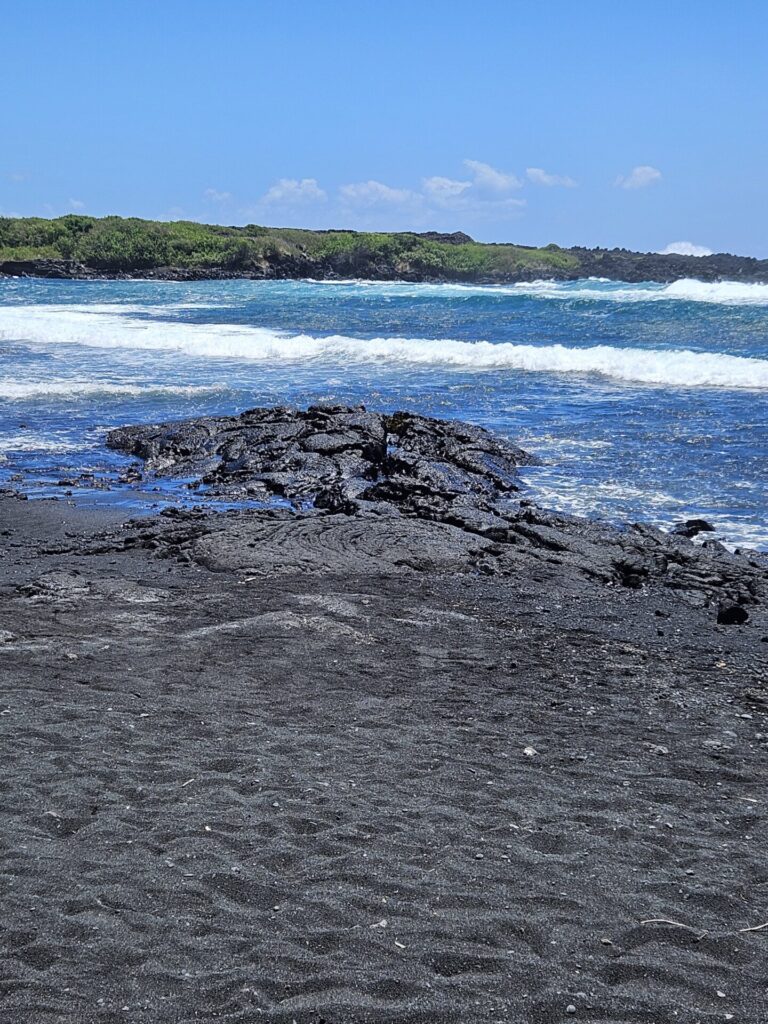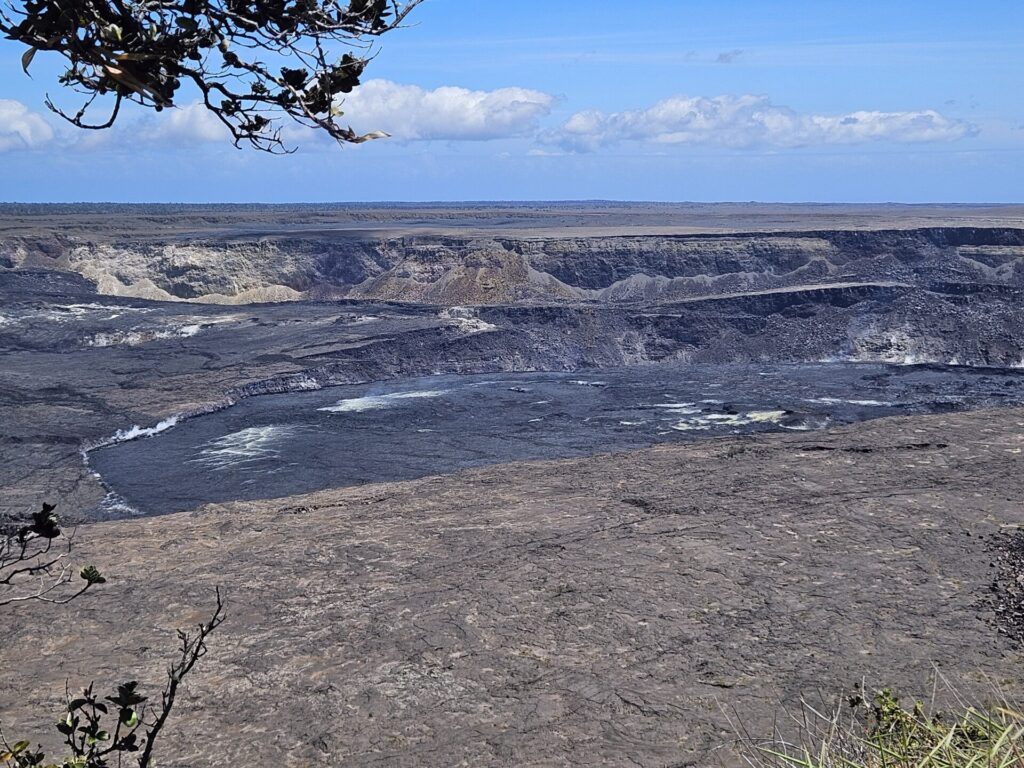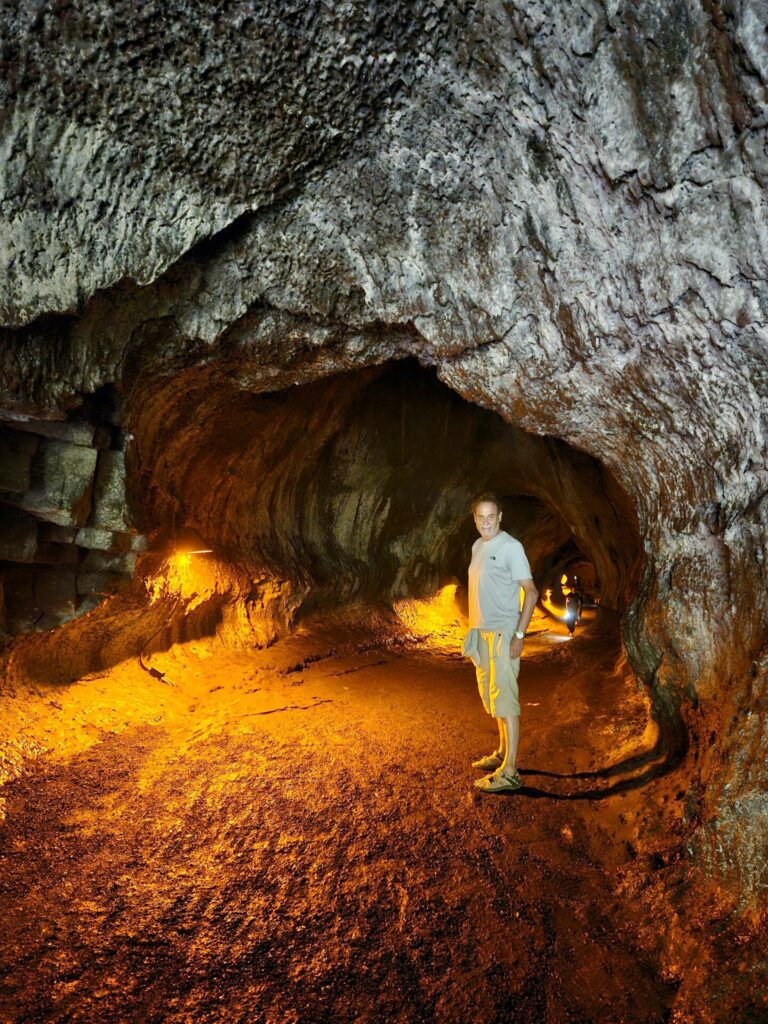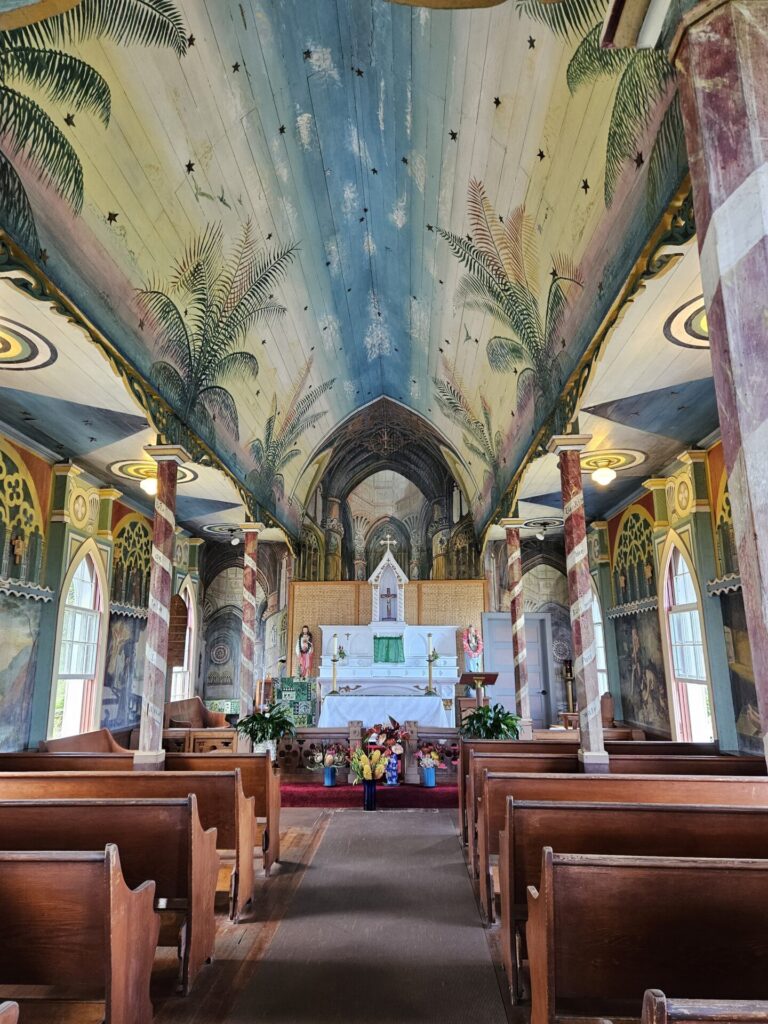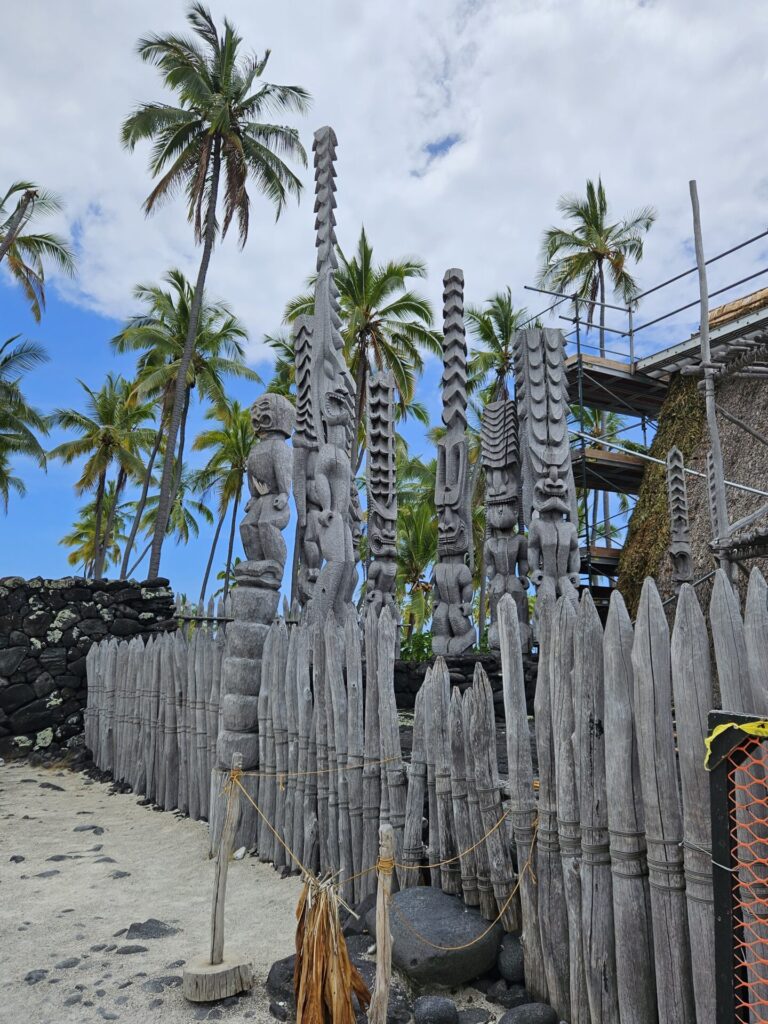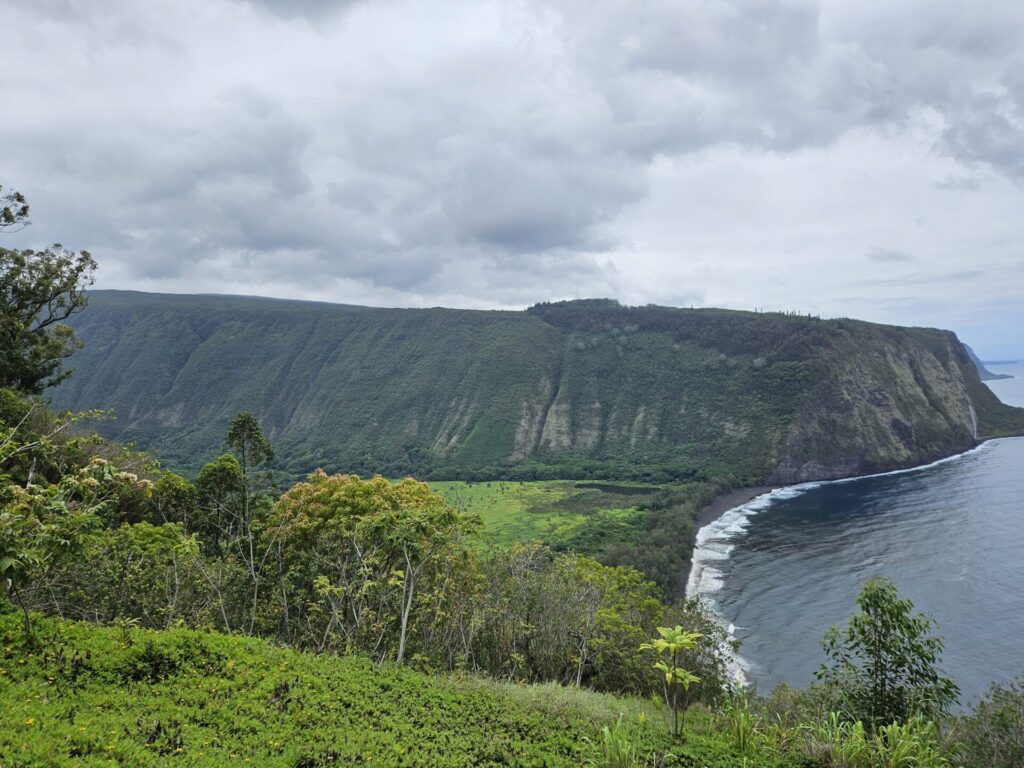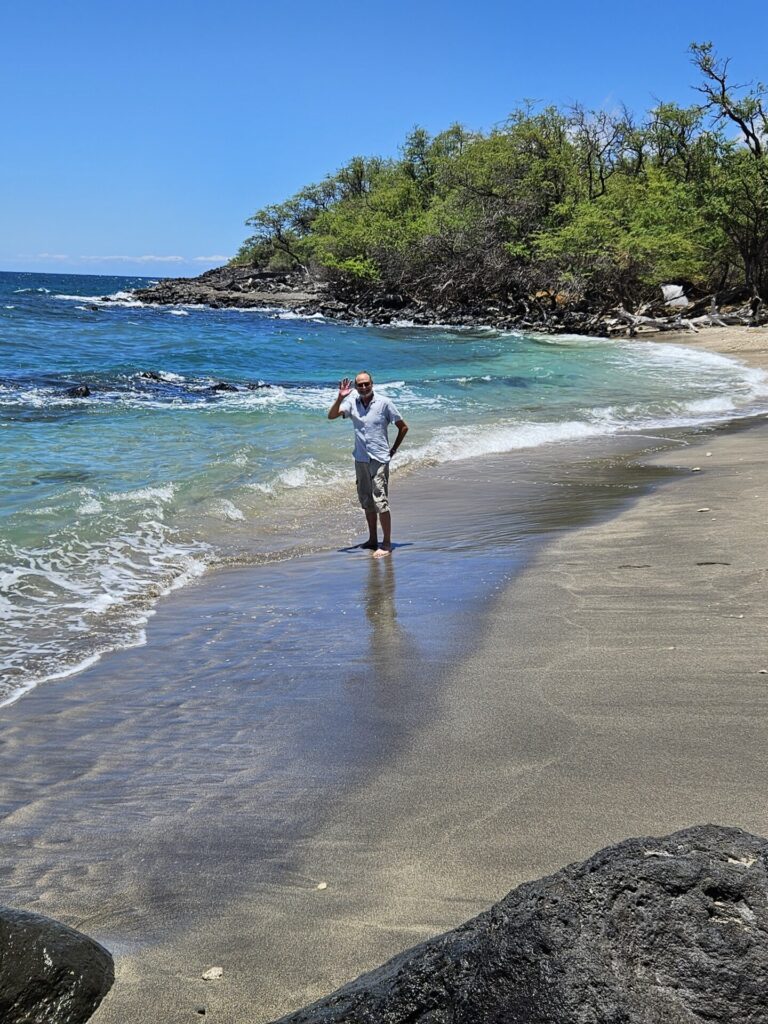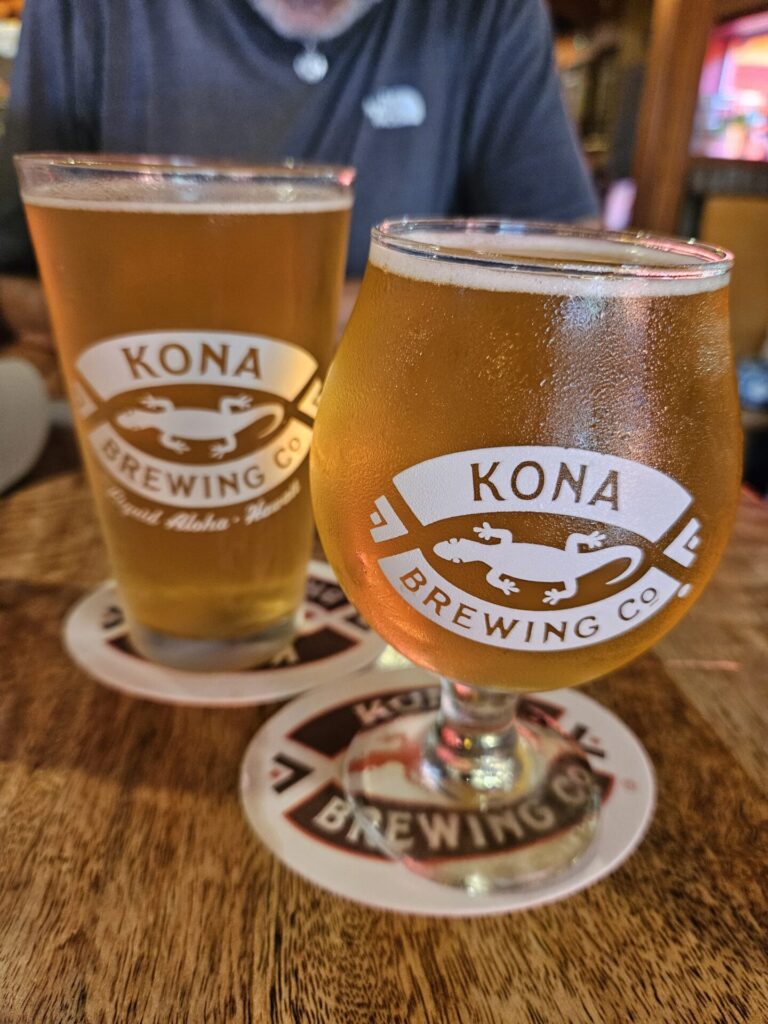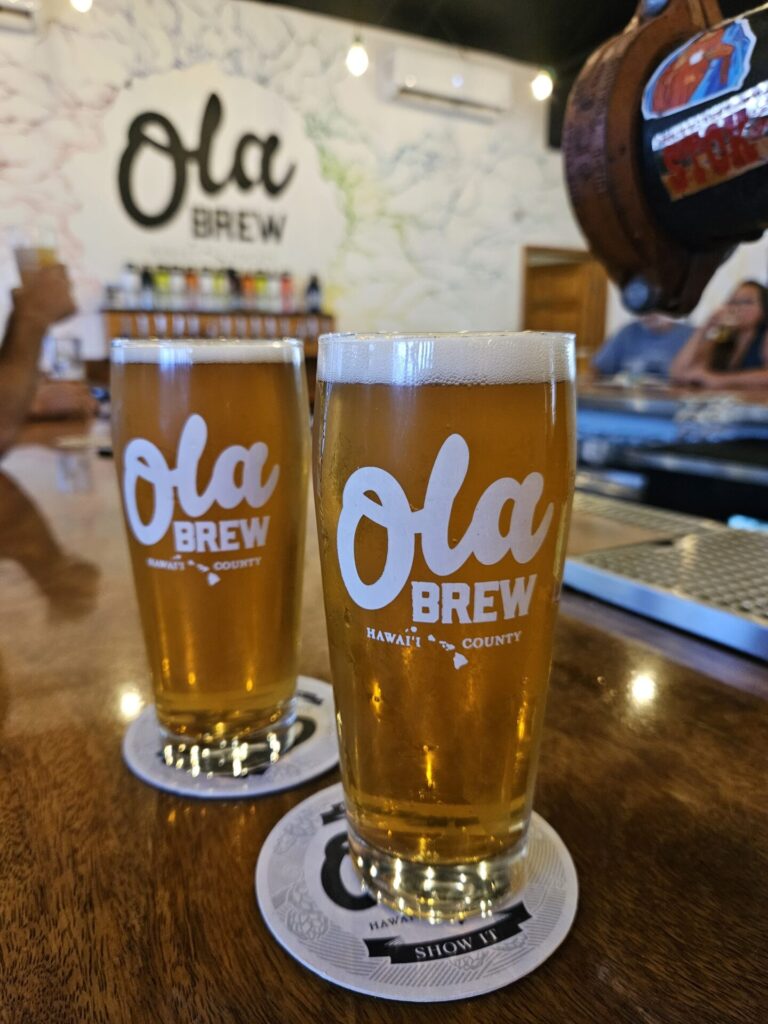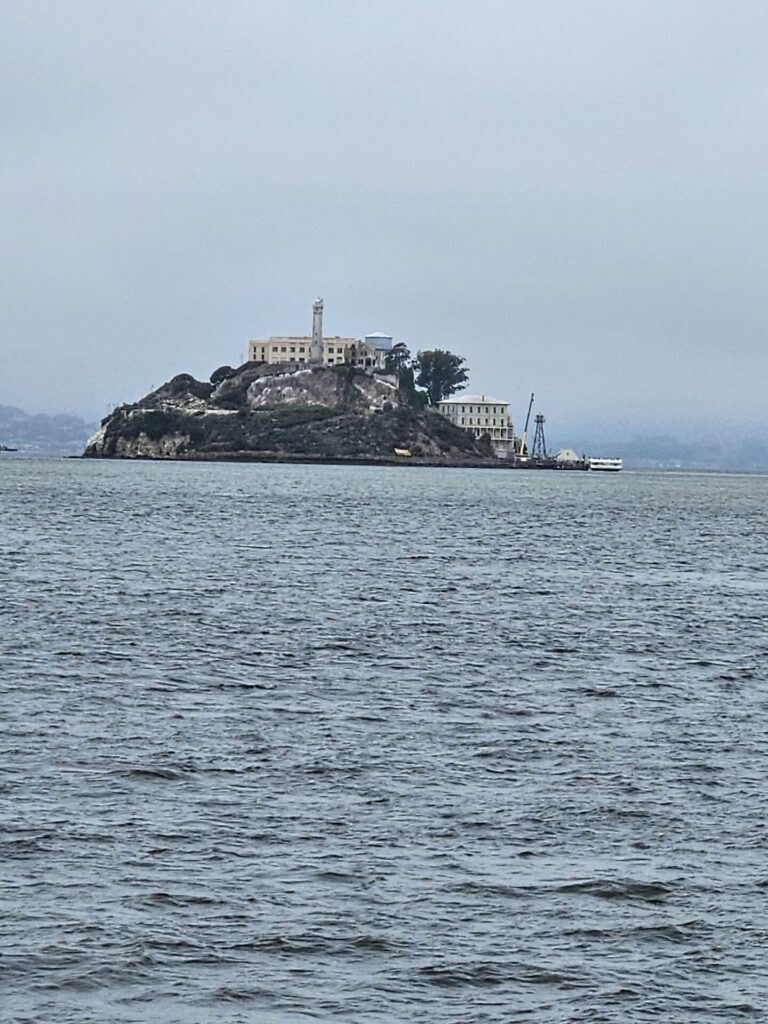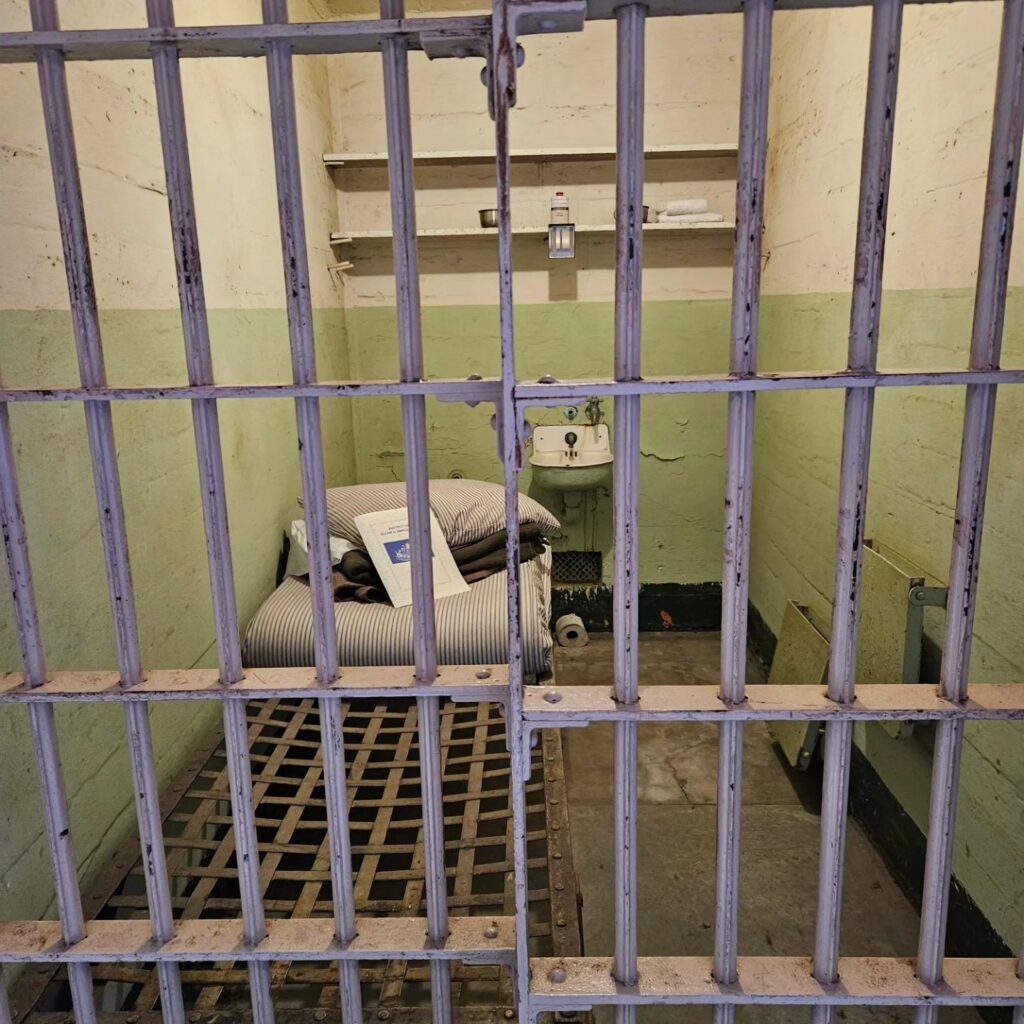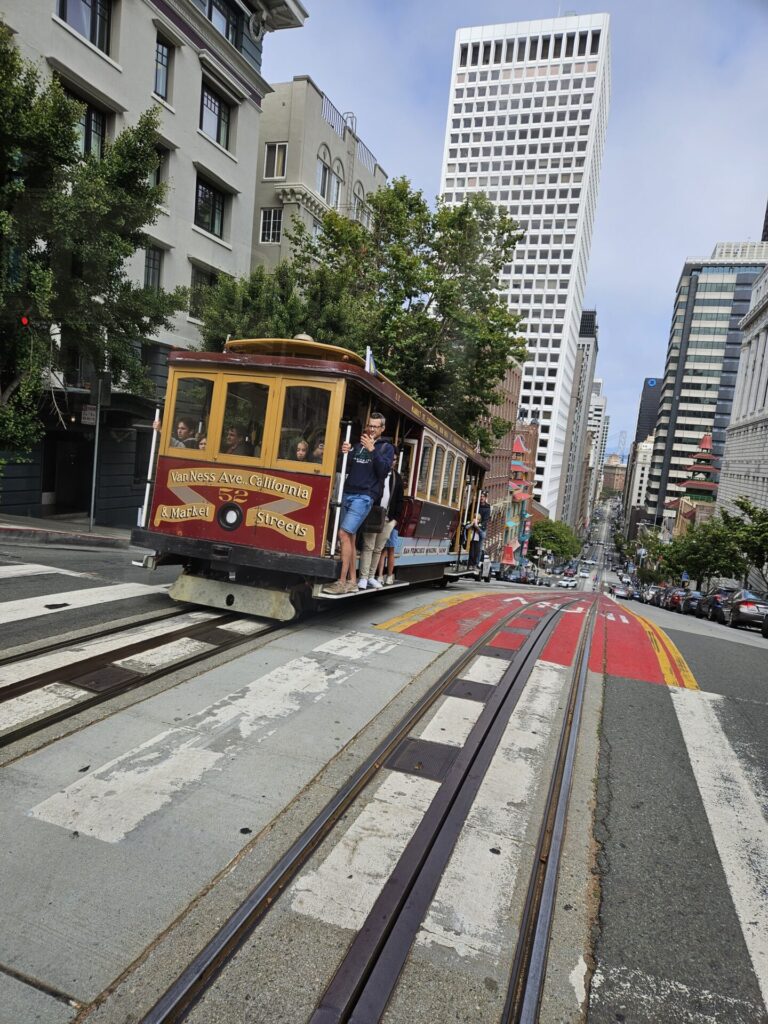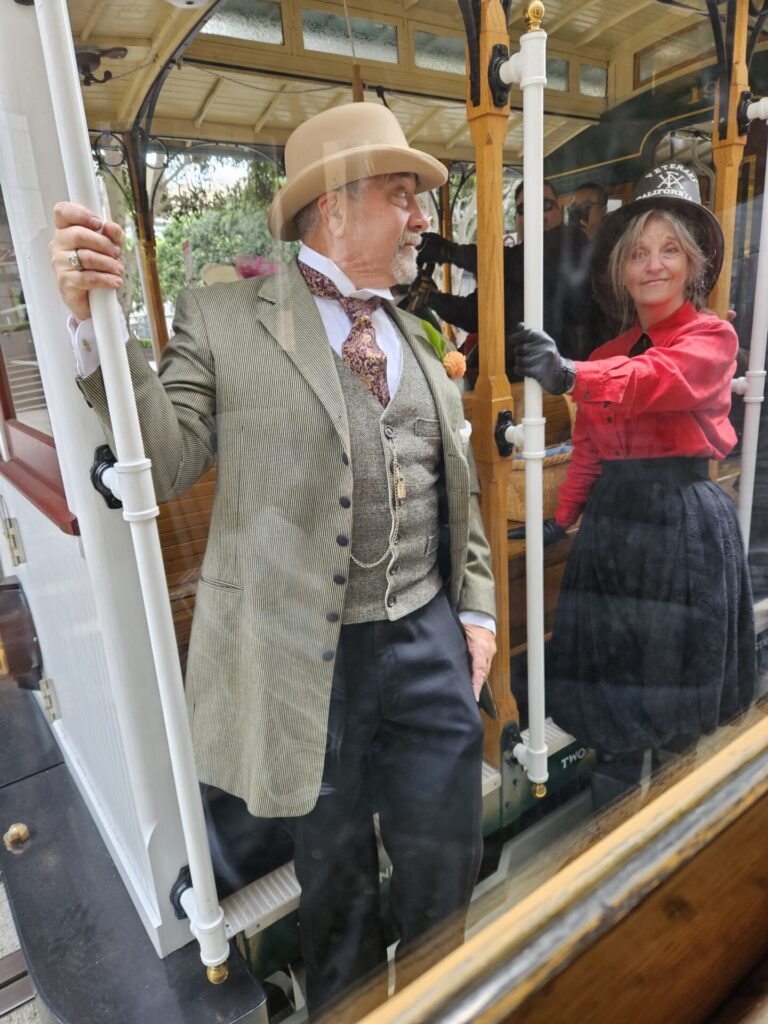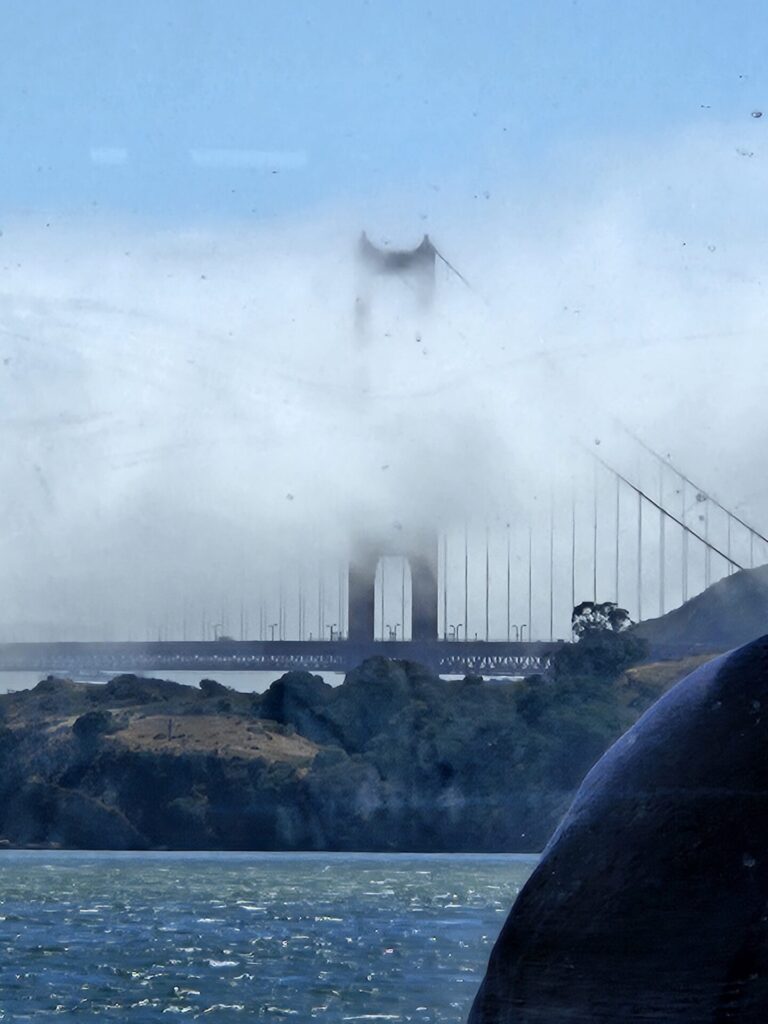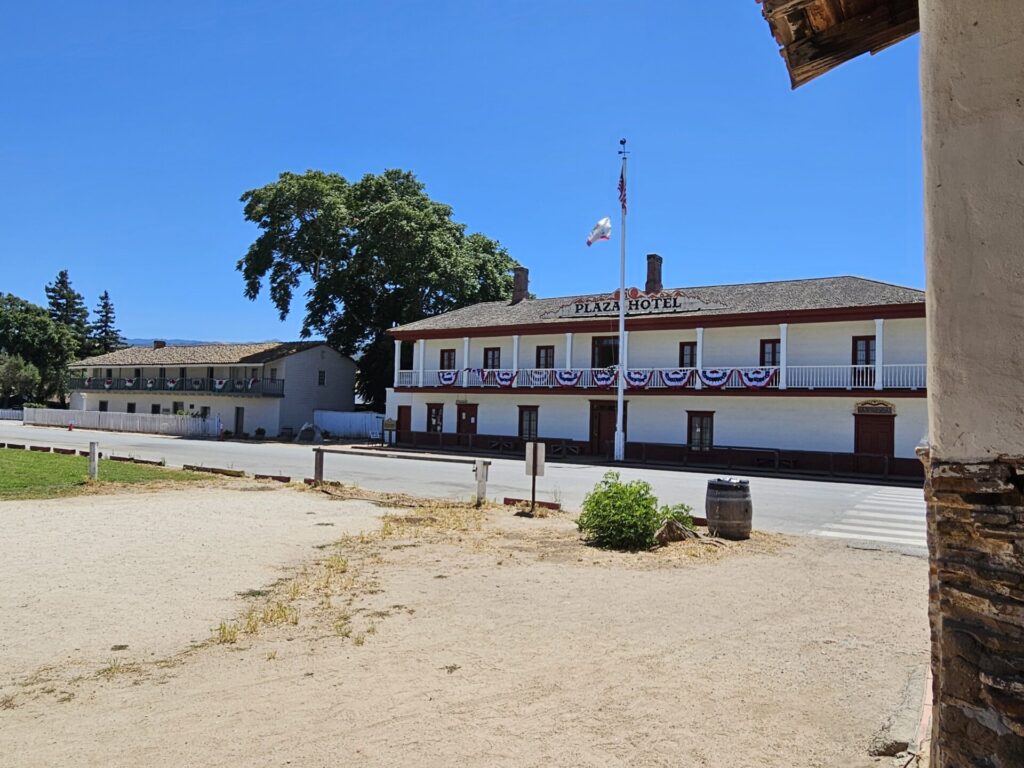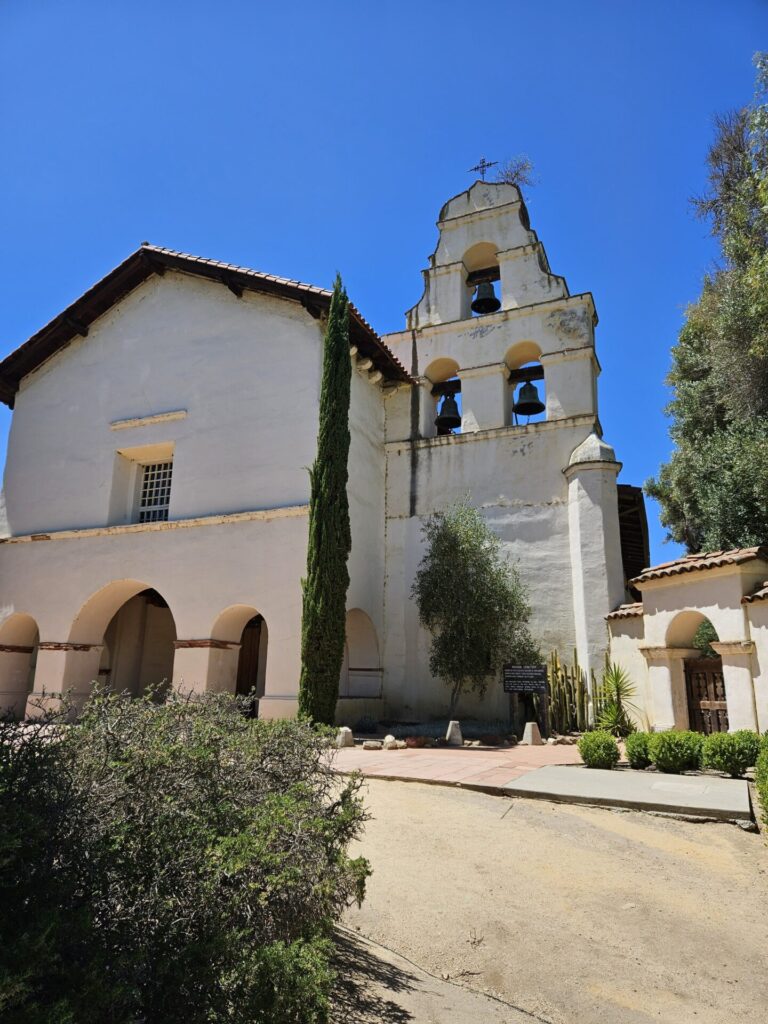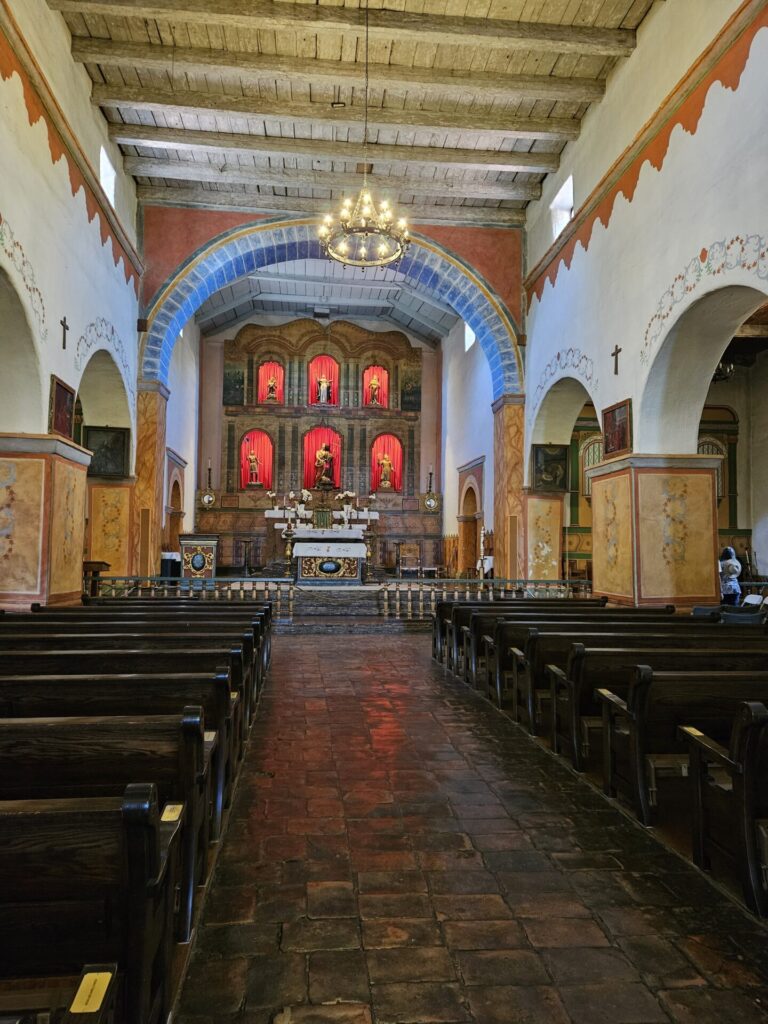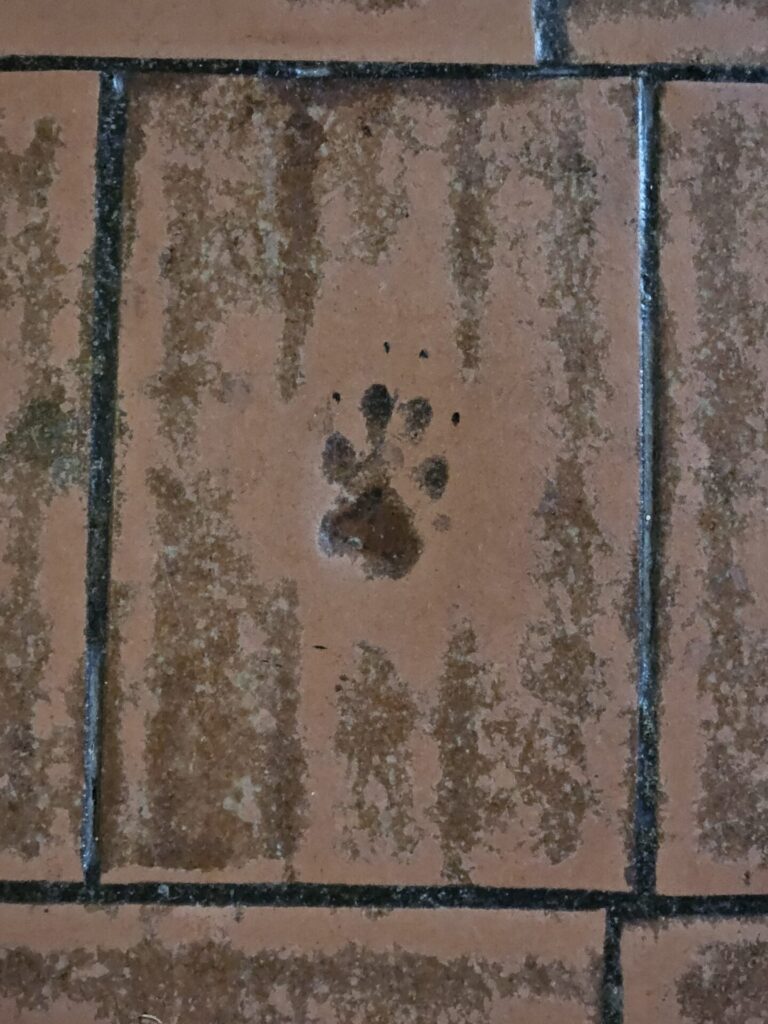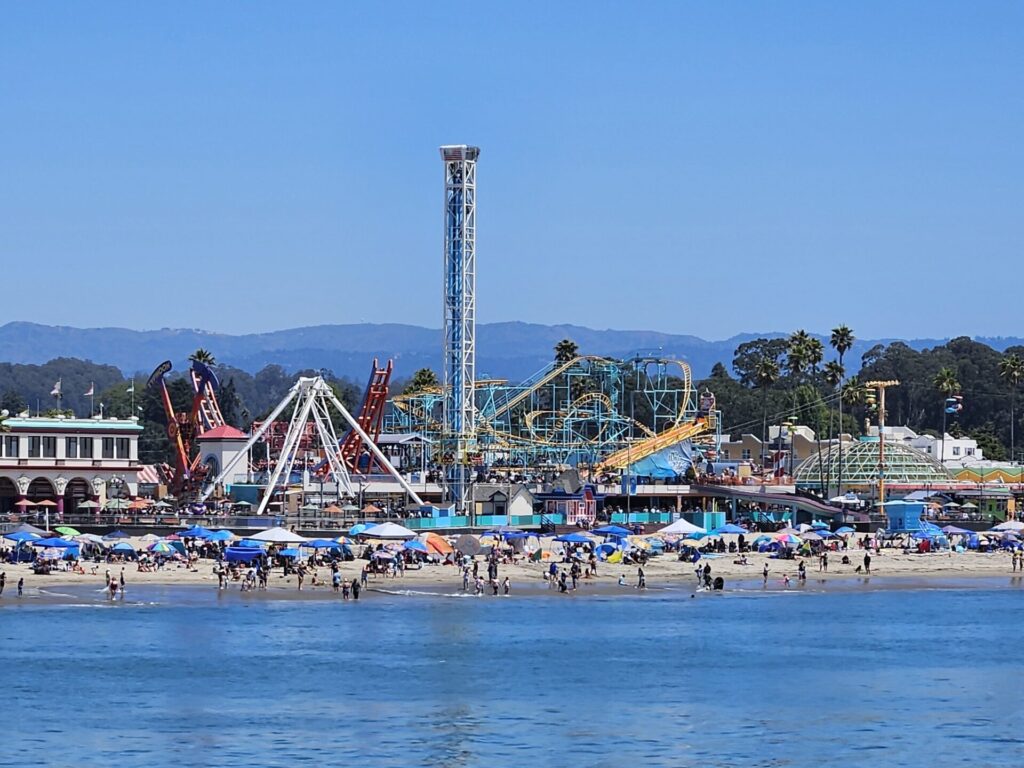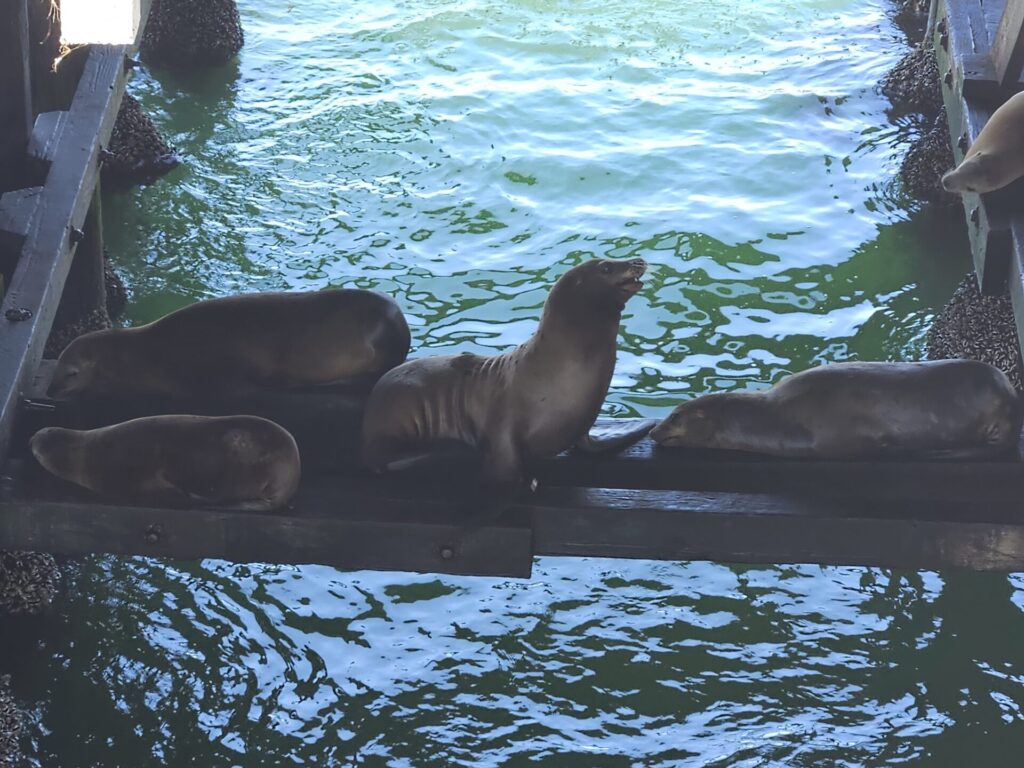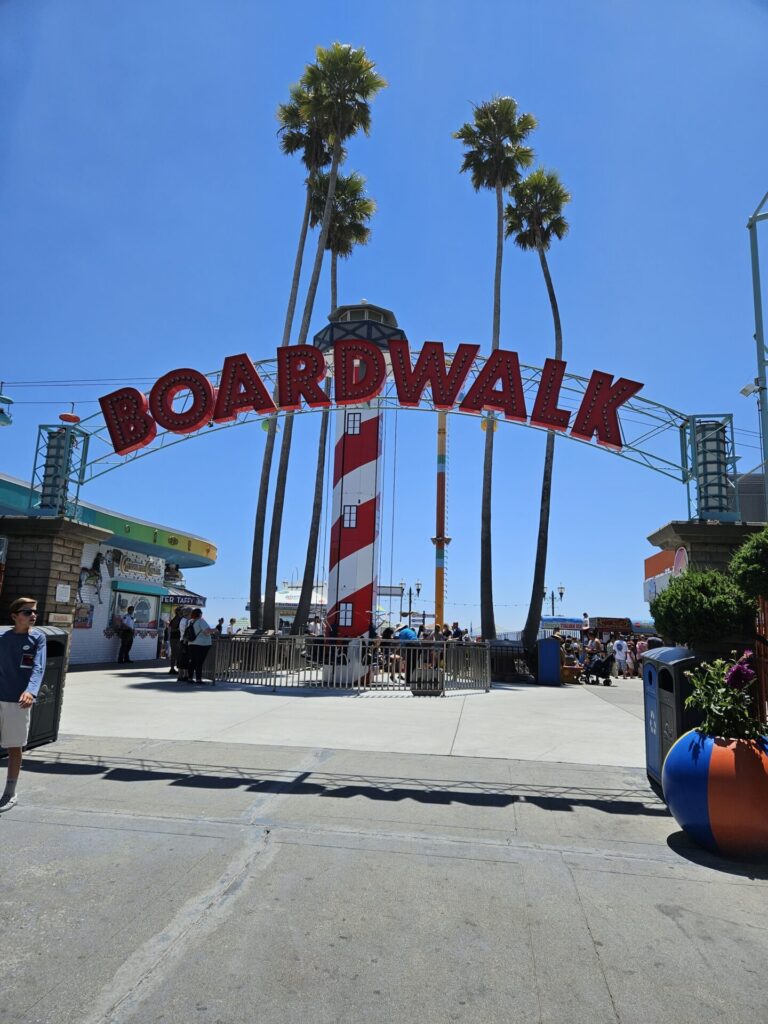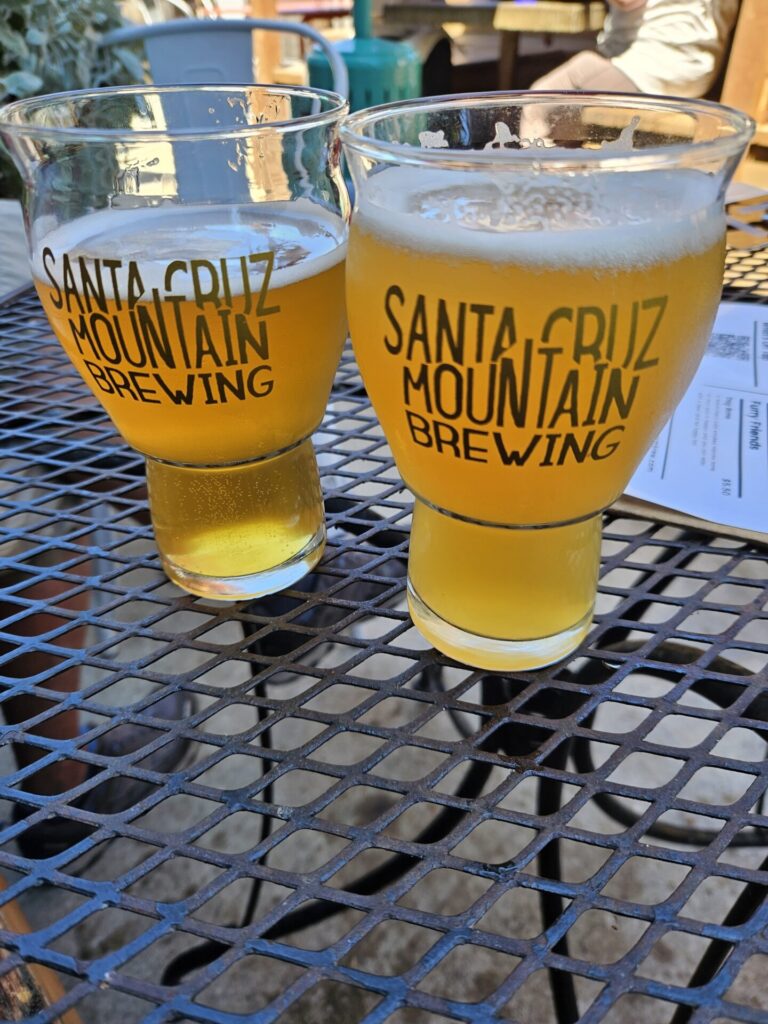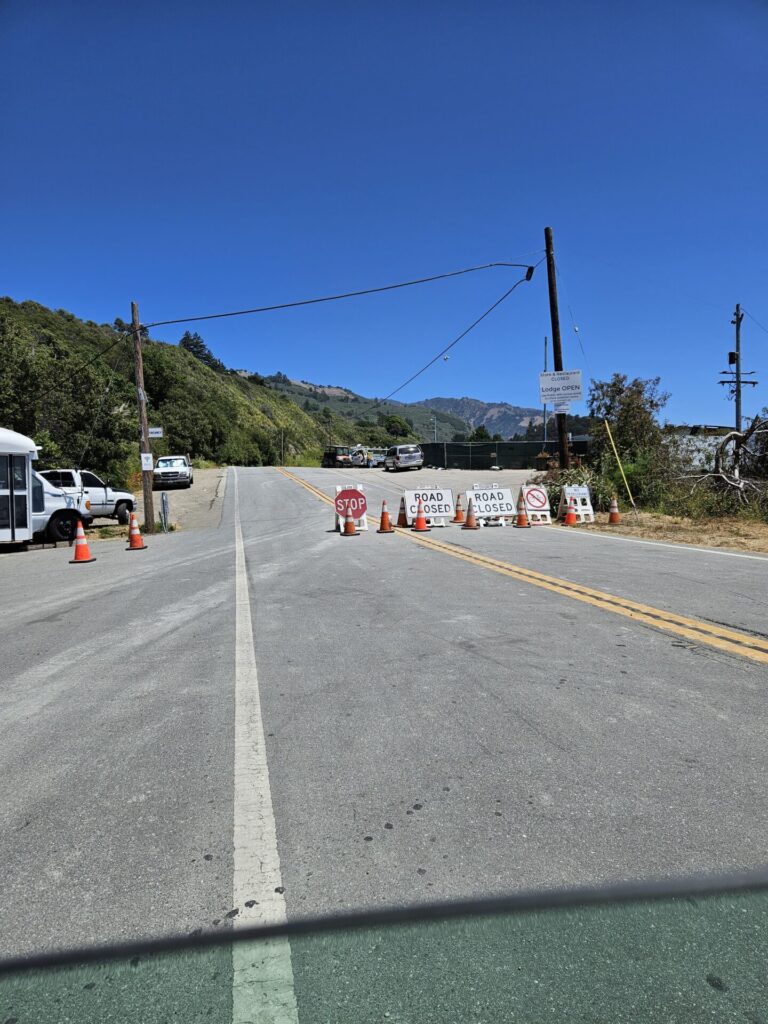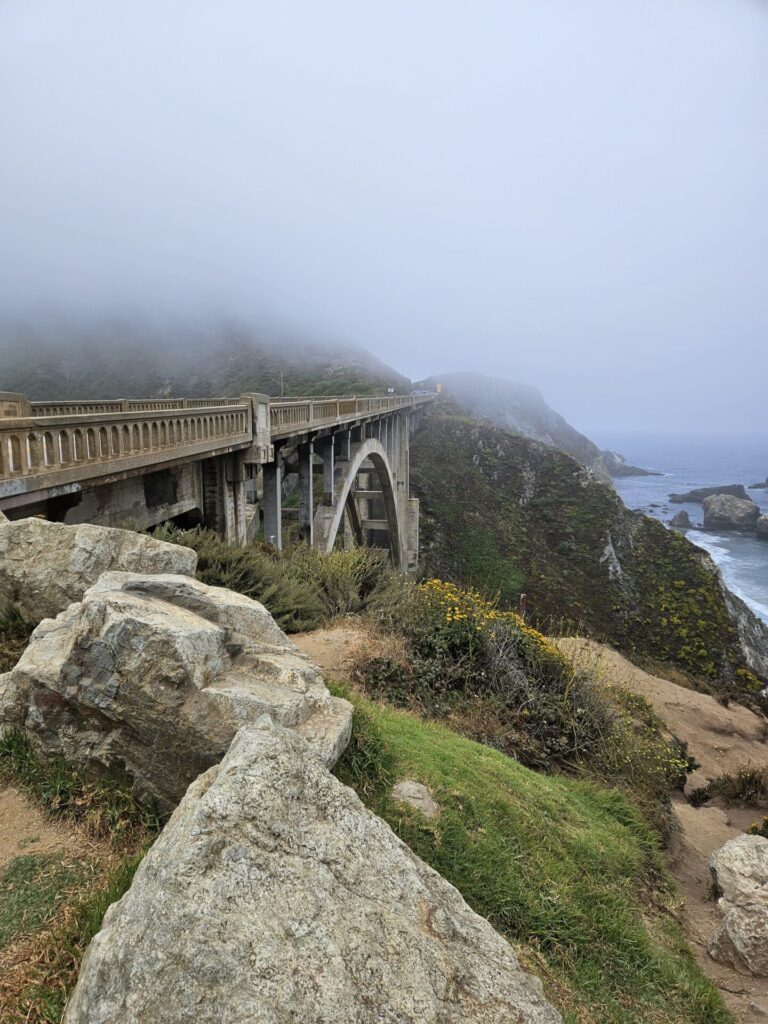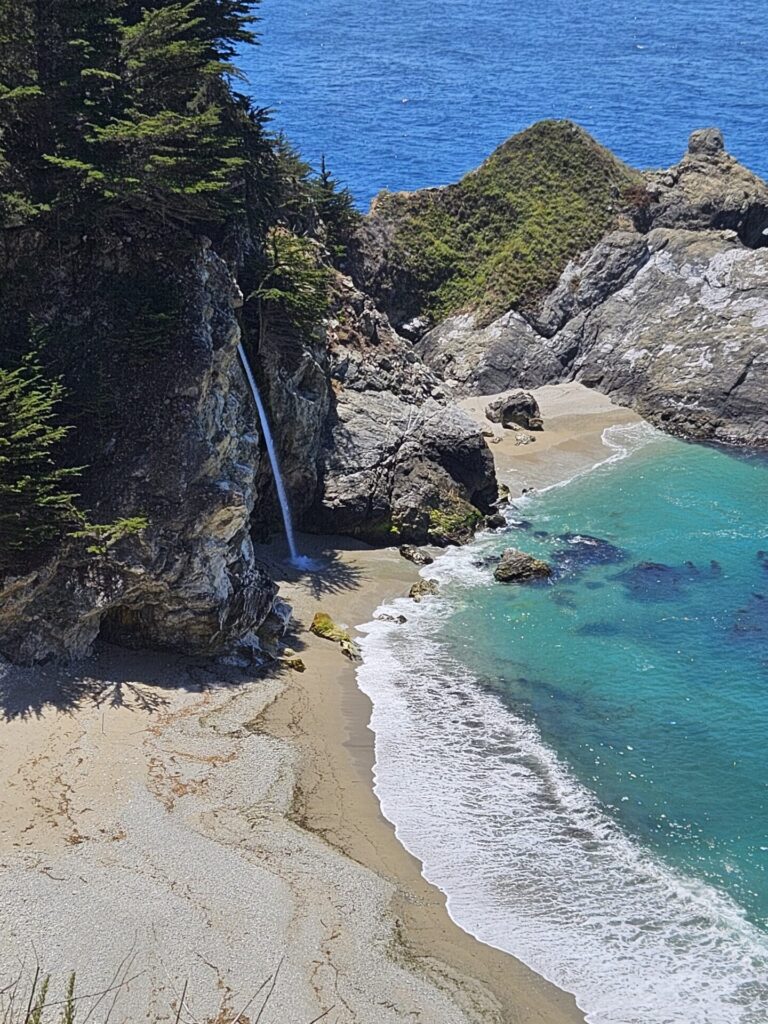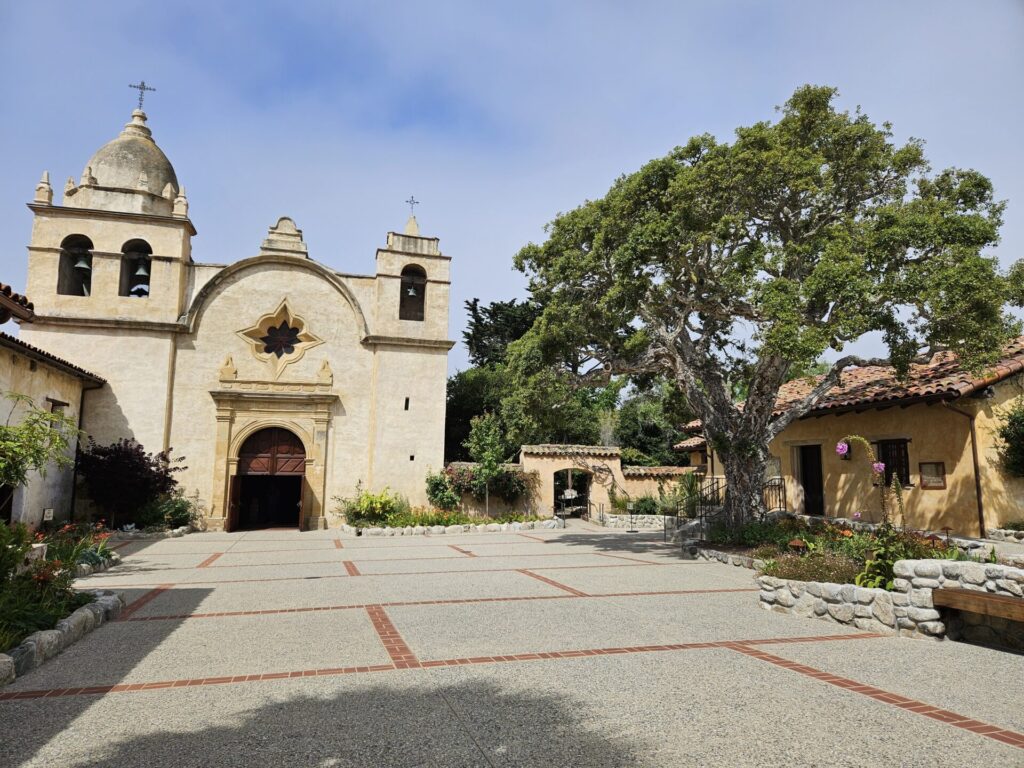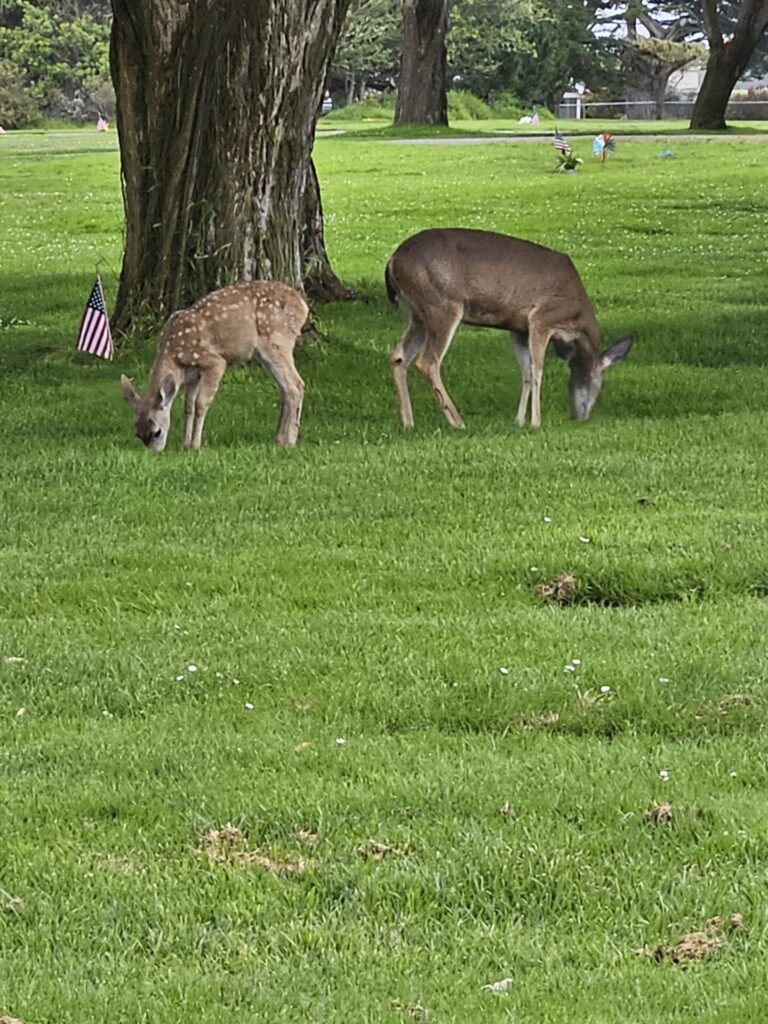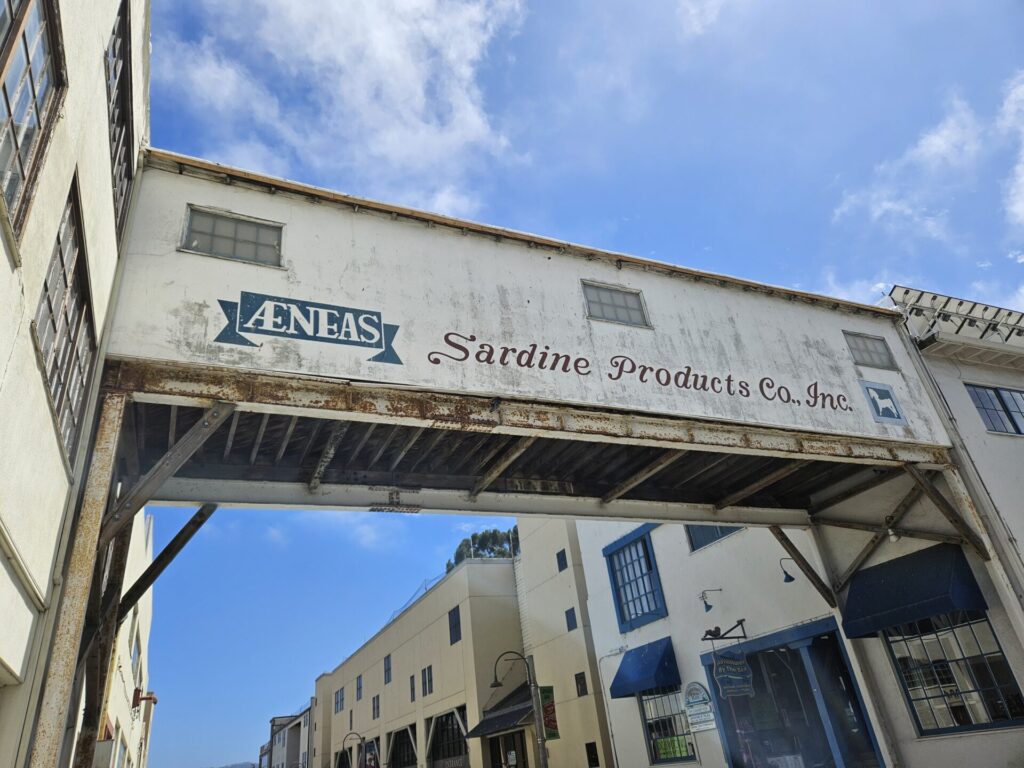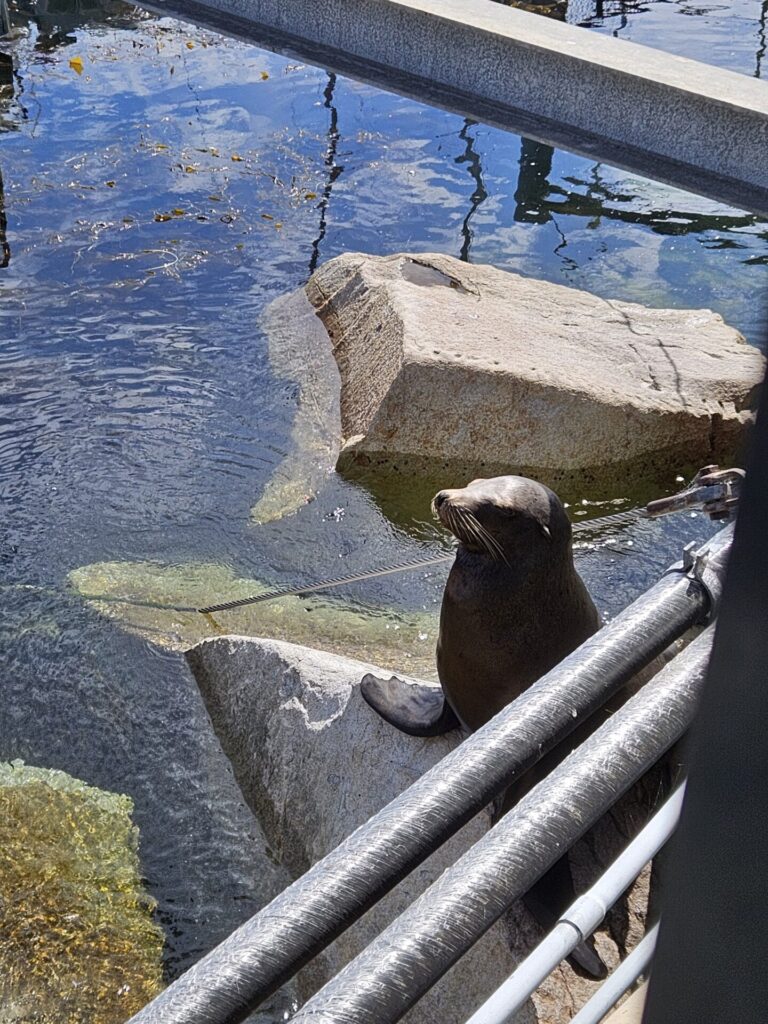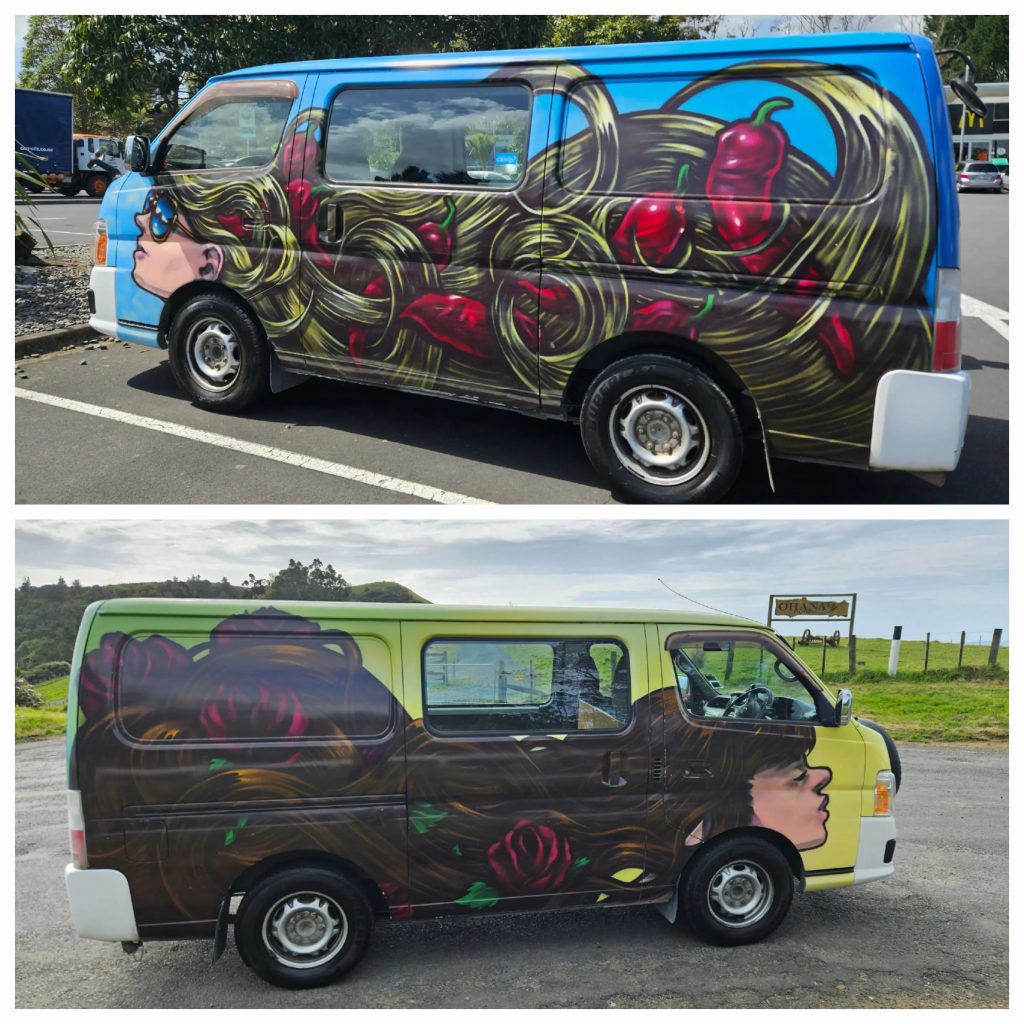
We began our clockwise trip by going up the stunning Coromandel peninsula to Coromandel Town (an old gold mining town) and then down the other side to Omokoroa, across to Ohope, then to Gisborne (Captain Cook landed here) and then Napier (a lovely town with lots of Art Deco buildings after the original buildings were destroyed in the earthquake of 1931).
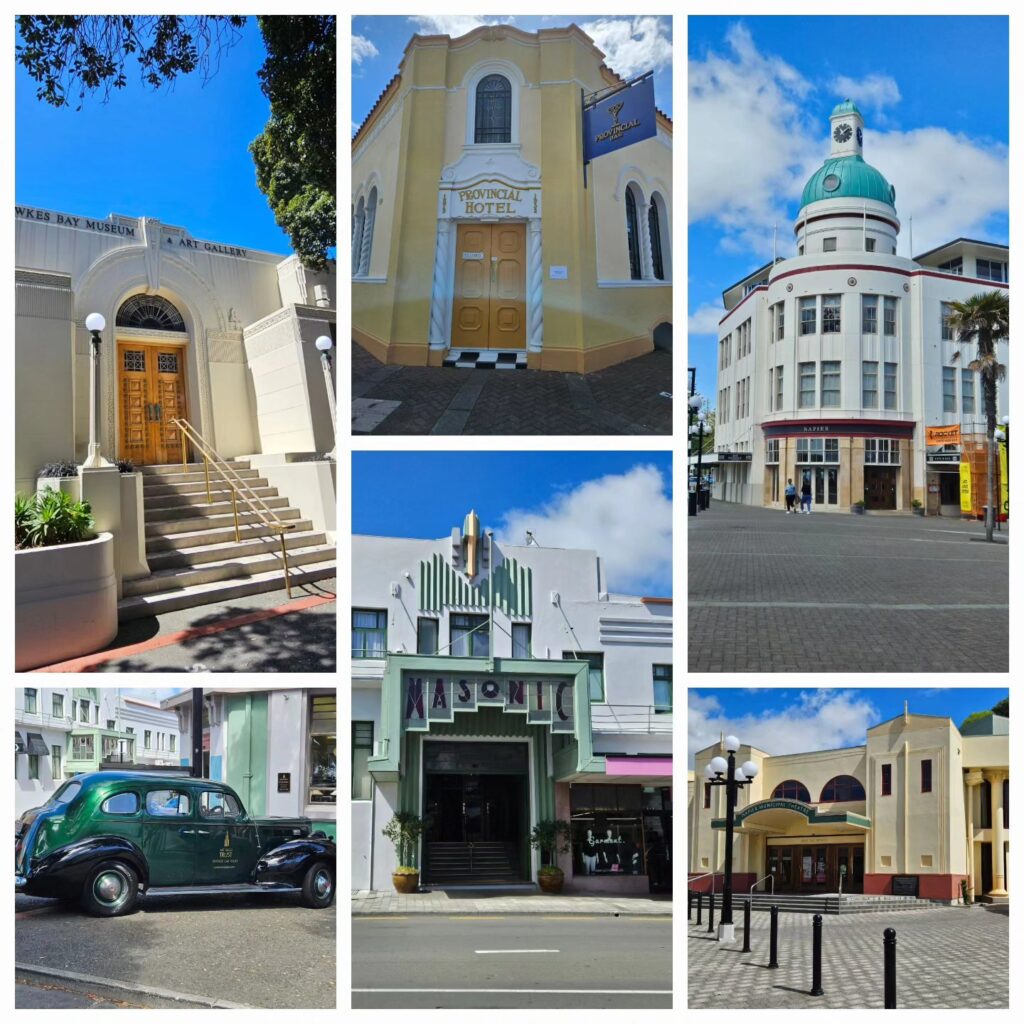
Then on down the coast to Masterton. We’ve seen some stunning scenary (impossible to capture on our little phone cameras), driven on REALLY twisty roads (some with only 1 lane as the other has collapsed due to the cyclone earlier this year!), hugged beautiful coastlines and wiggled through gorgeous gorges, met some wonderful people along the way and even managed 1 night free camping (hopefully more to come). We’re seen acres of kiwi vines, more avocados and of course lots of vineyards in Hawkes Bay, more cattle than we expected and in Napier we had a pet greenfinch who took a dislike to our van and kept pecking it!!!! As per usual, we walked our socks off exploring our little stop offs and of course, had fish and chips on the beach!
From Masterton we drove out to Cape Palliser under gorgeous blue skies and next to blue seas, met a New Zealand traffic jam (herd of cows being driven down the road), climbed 253 steps to the top of the lighthouse, watched the large colony of fur seals and pups and ended with a great lunch at the Lake Ferry Hotel. It’s quite a hairy drive in places but worth it.
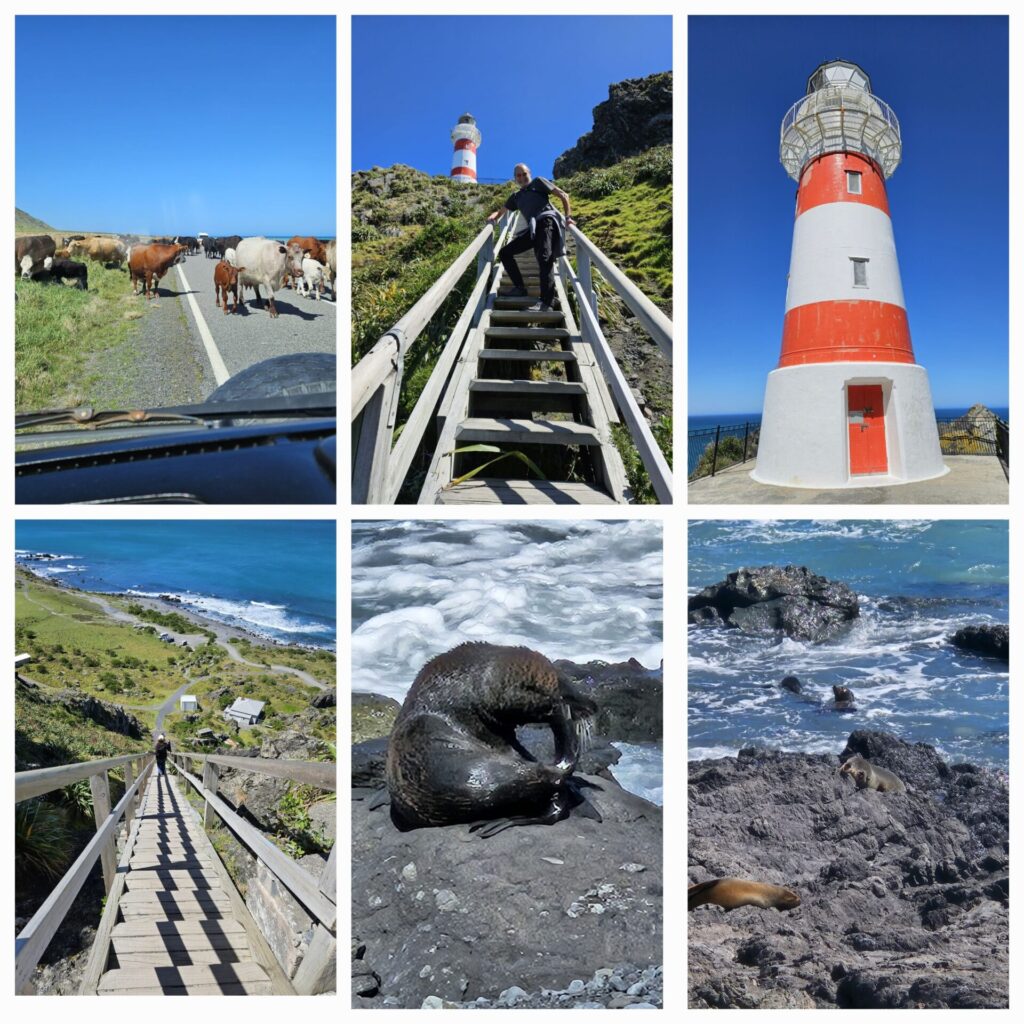
When we left Masterton, we had intended to visit Castlepoint, but there was a severe weather warning of high winds and rain in place, so we cut our losses and headed inland across to Whanganui. We stopped off at the Anzac bridge, where Anzac Day ceremonies still take place, had lunch in Feilding (voted best town 16 times apparently) and then just had to wander around Bulls looking for all the puns it is famous for and popping into the tiny but interesting museum.
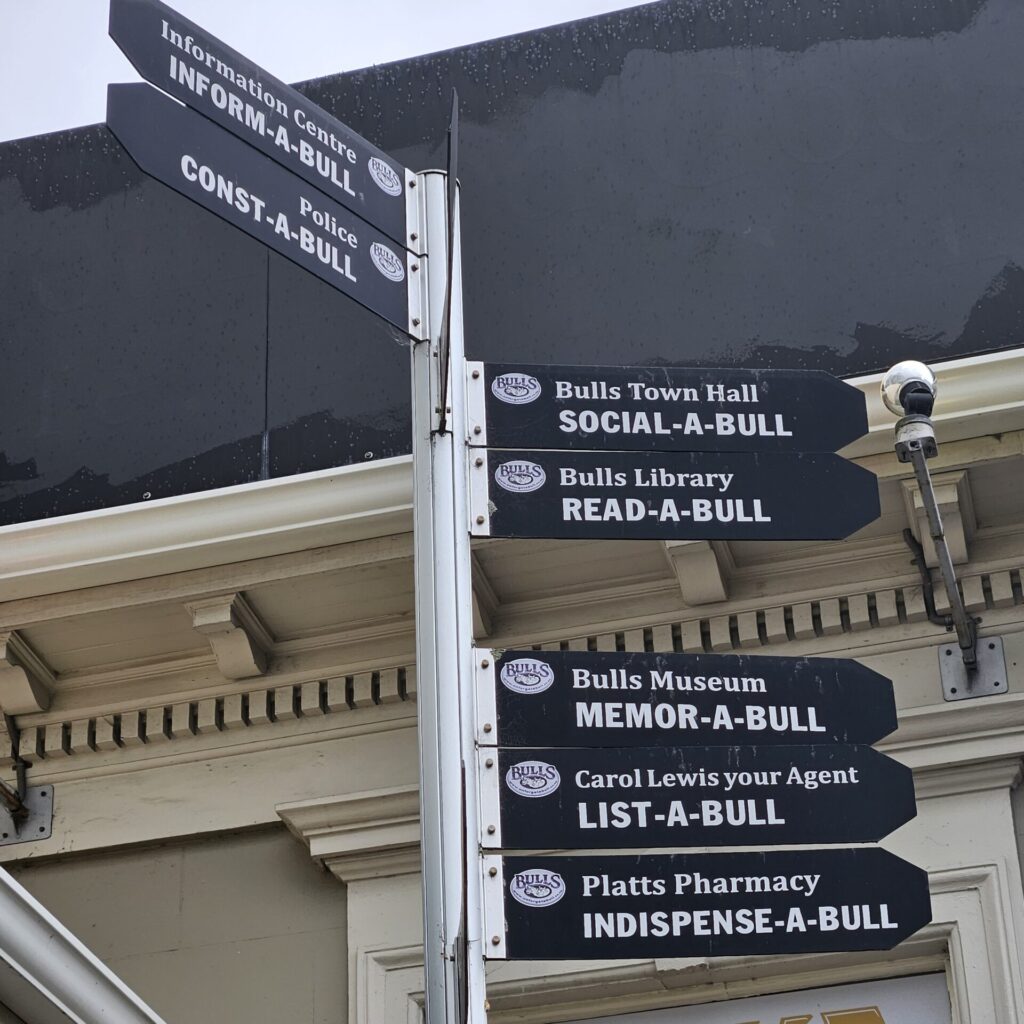
Whanganui was cold (got the woolly hats back out!) but was a lovely place to walk around. They have an elevator (Durie Hill) to take you up to the top of the hill! Lots of wall art, a great paddle steamer and a 1912 tram called Mabel (neither working during our visit!!), and lots of historic buildings to explore.
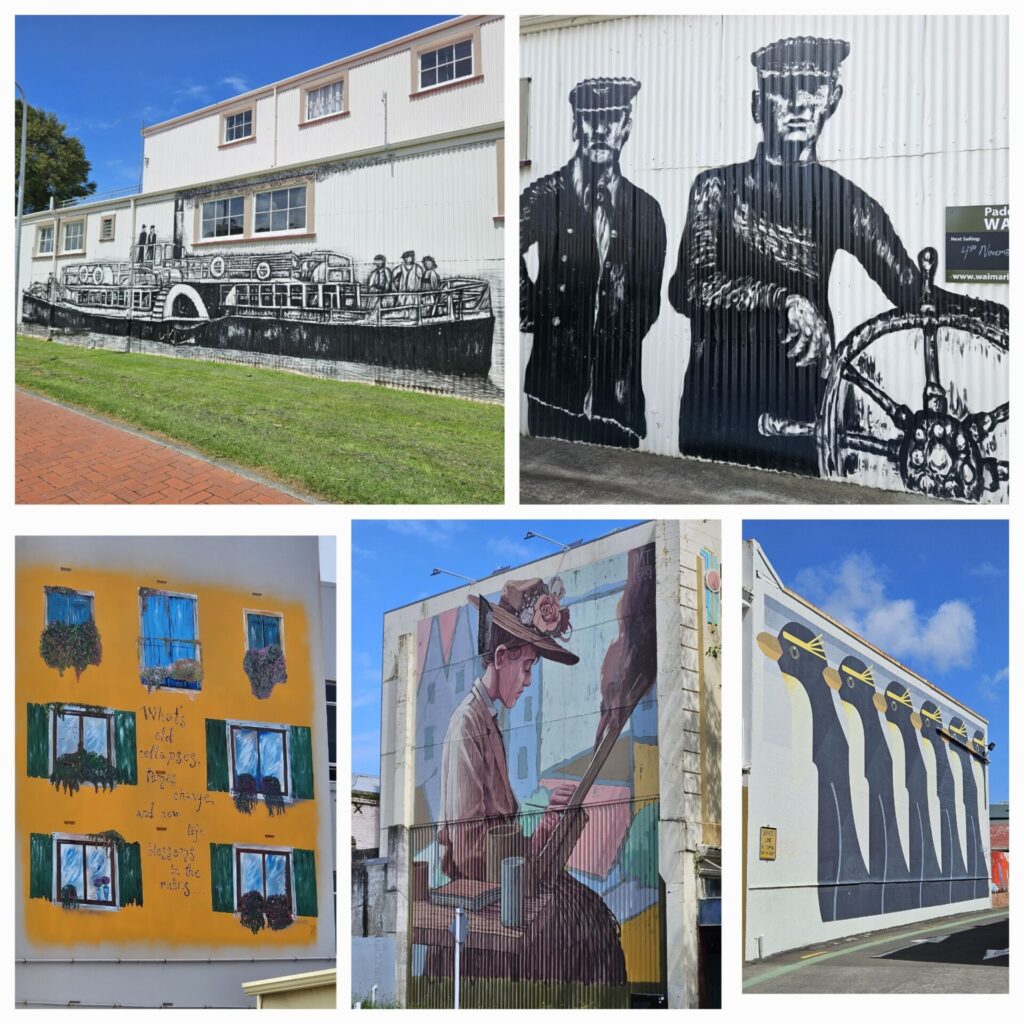
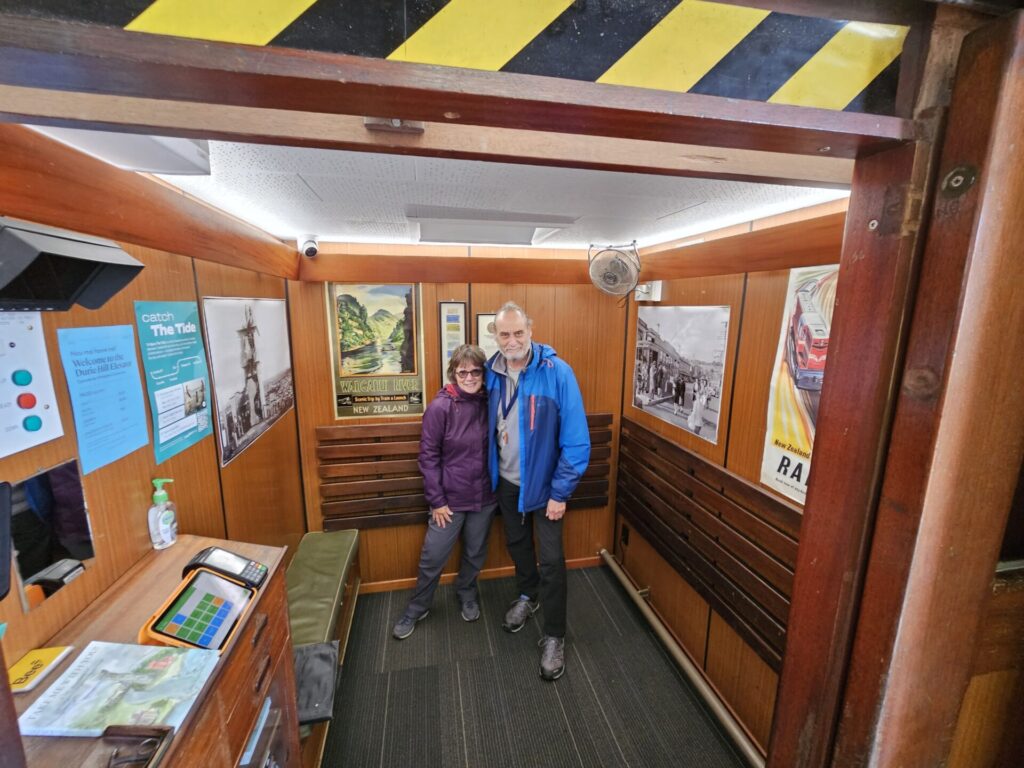
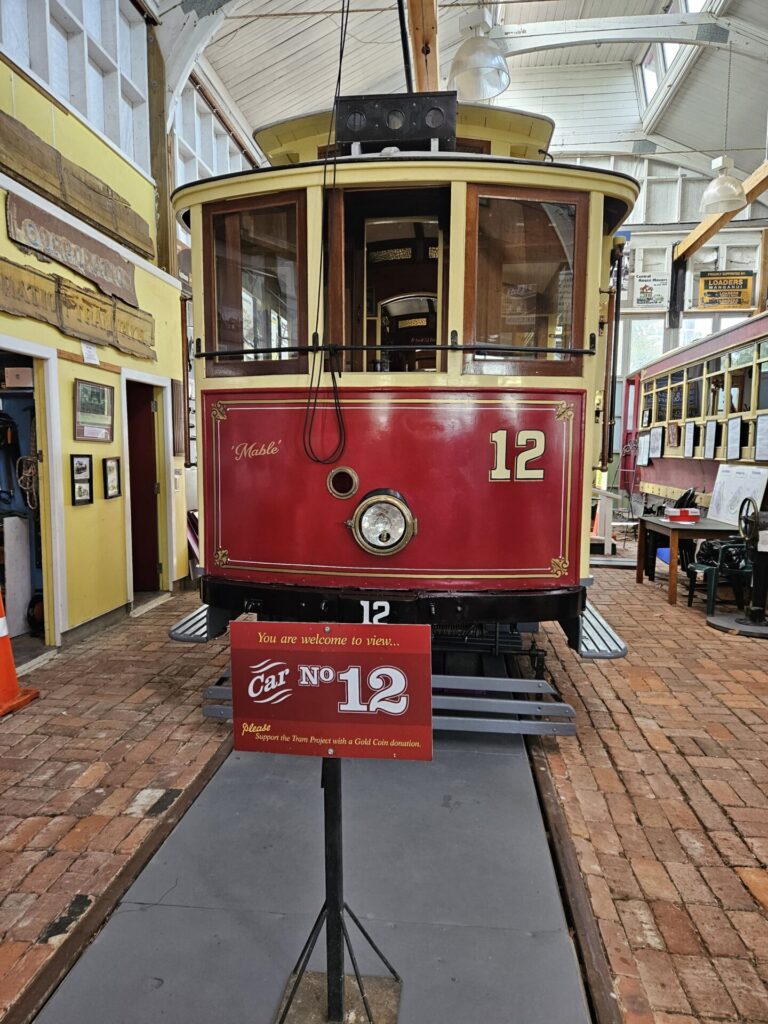
We then travelled the Surf Highway 45 to New Plymouth. The sun was shining again and the temperature rising and we had the most fabulous views of Mount Egmont (a dormant volcano that was also a stand in for Mt Fuji in The Last Samurai) all the way around.
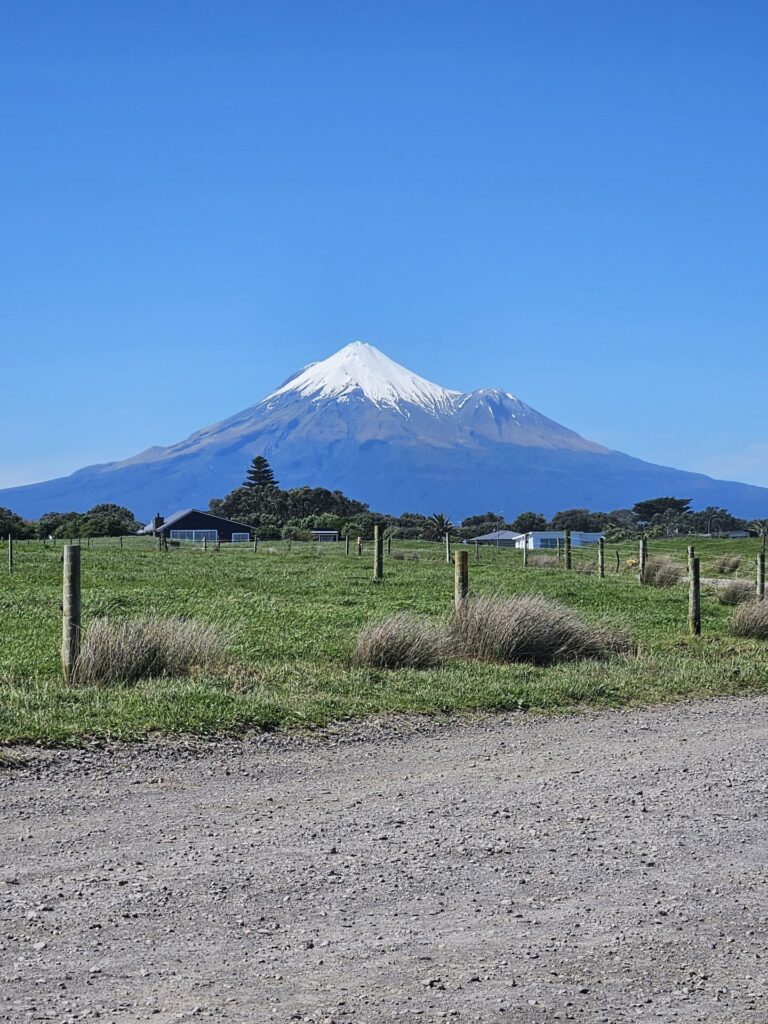
We took a detour into the park to see Dawson Falls to stretch our legs and then again to see Cape Egmont lighthouse. The surf in this area was immense and incredibly rough in places.
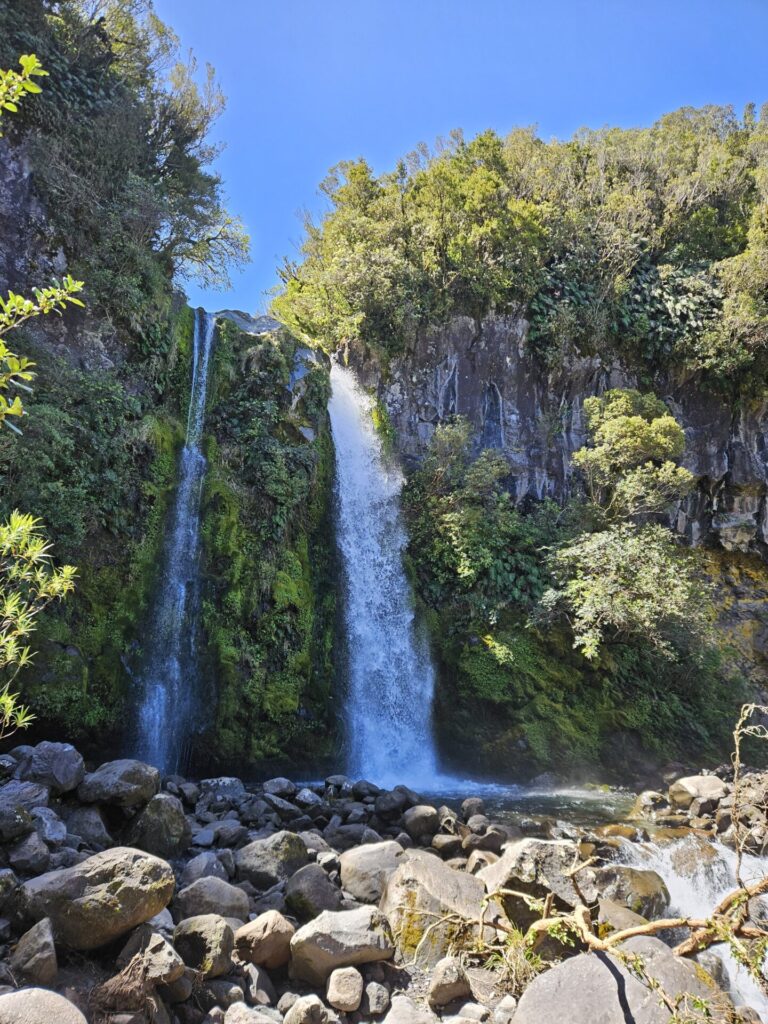
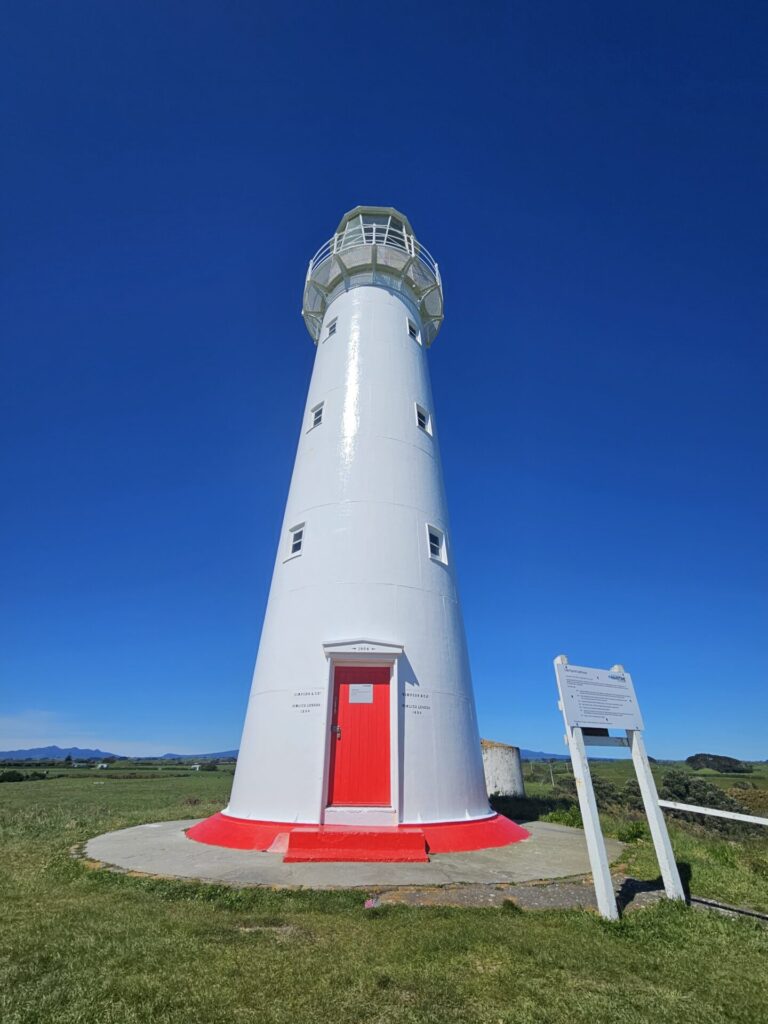
After commiserating with the Kiwis over losing the rugby, we strolled along the coastal walkway of New Plymouth, taking in some great fun wall art, the museum, the war memorial and on our return we popped up to see the shiny Len Lye centre (he also designed the Wind Wand on the coast path) which stands opposite the beautiful old White Hart Hotel (which has some yummy gelato!) – quite a striking contrast. The clock tower is fairly new but houses the original clocks from the old post office that was demolished in 1963 and looks great reflected in the Len Lye Centre.
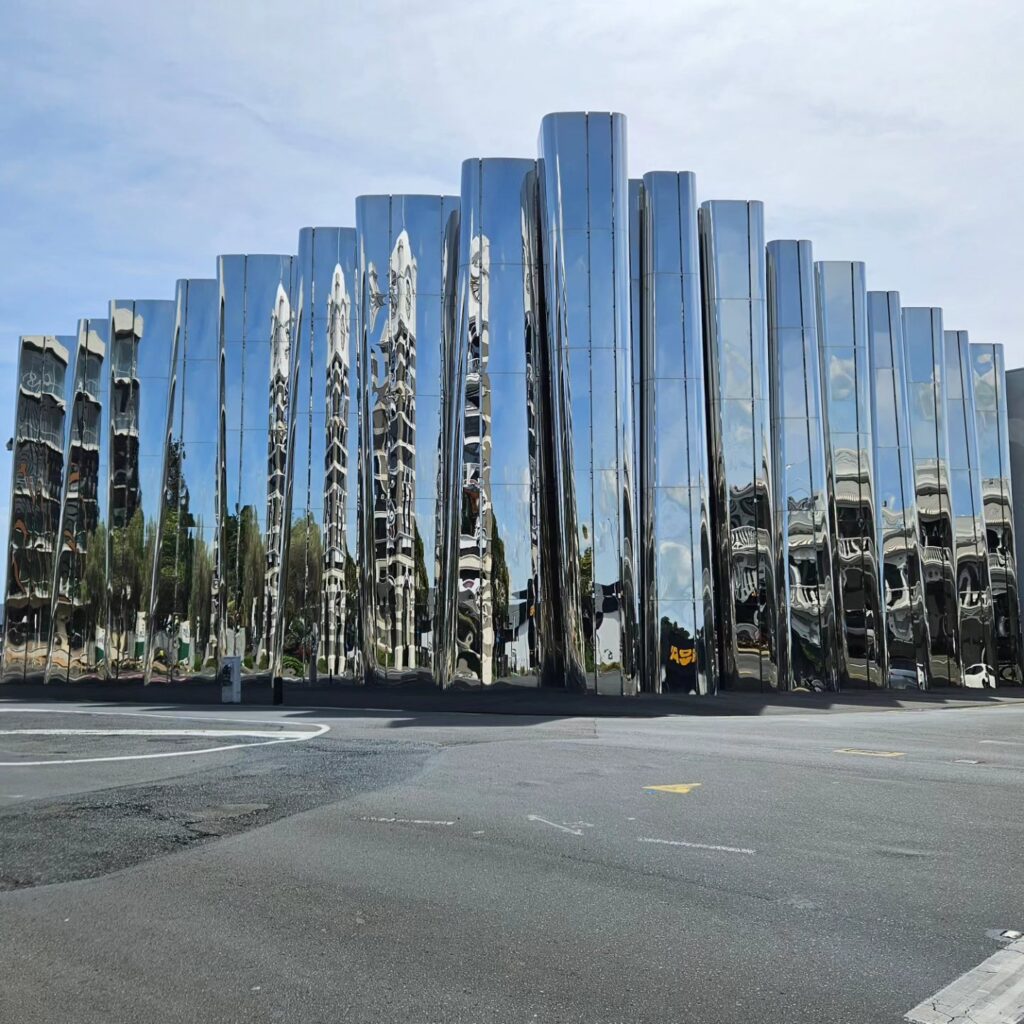
We left New Plymouth in the pouring rain, so didn’t stop off at Mt Egmont National Park for a walk as we had originally planned (couldn’t see the mountain at all). We made our way up the coast, past black sanded beaches and stopped off to see the 3 sisters (rock pillars). Ha, well, seemingly this can only be done at low tide, and of course, we got there at high tide!!!!! Still we got to see an odd wall of hundreds of old flop flops so it wasn’t a complete waste of time!!
We visited the Waitomo Glow Worm caves, which we have to admit were very impressive. Then whilst there was a break in the rain we carried on up the narrow winding road to visit the Mangapohue Natural Bridge (amazing rock formations but the path is closed so couldn’t see it up close – but Andy found a bridge to jump on!) then onto Periperi caves and finally to the Marokopa Falls. It’s definitely worth the drive just to see these falls.

We spent a couple of nights at Lake Taupo as we started our way back up to Auckland to return “Chilly”. The lake is a crater lake sitting in the caldera of Taupo volcano (a supervolcano!).
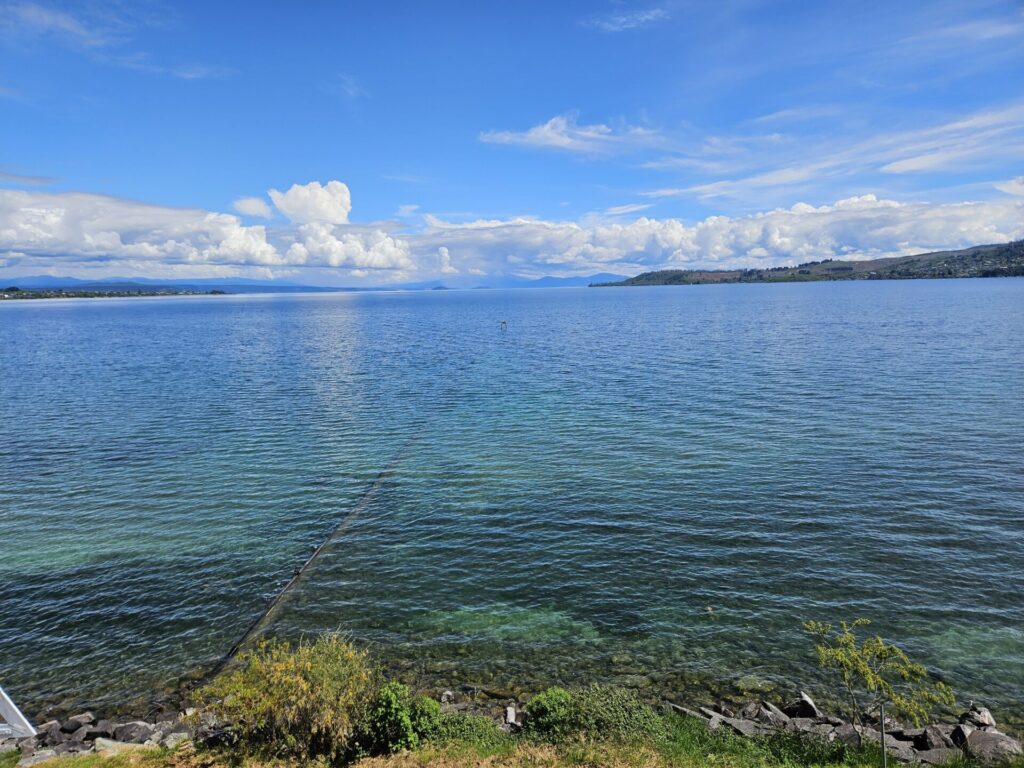
Taupo town has not changed much since we last visited in 2009, easy to walk around with a lovely lakeside walk and lots of eateries. We visited Huka Falls whilst the sun was shining – still quite a sight with over 22,000 litres a second hurtling through a small gap and down 11 metres. The water is beautifully clear and forms millions of bubbles as it goes through the falls, which turns it a gorgeous blue colour.
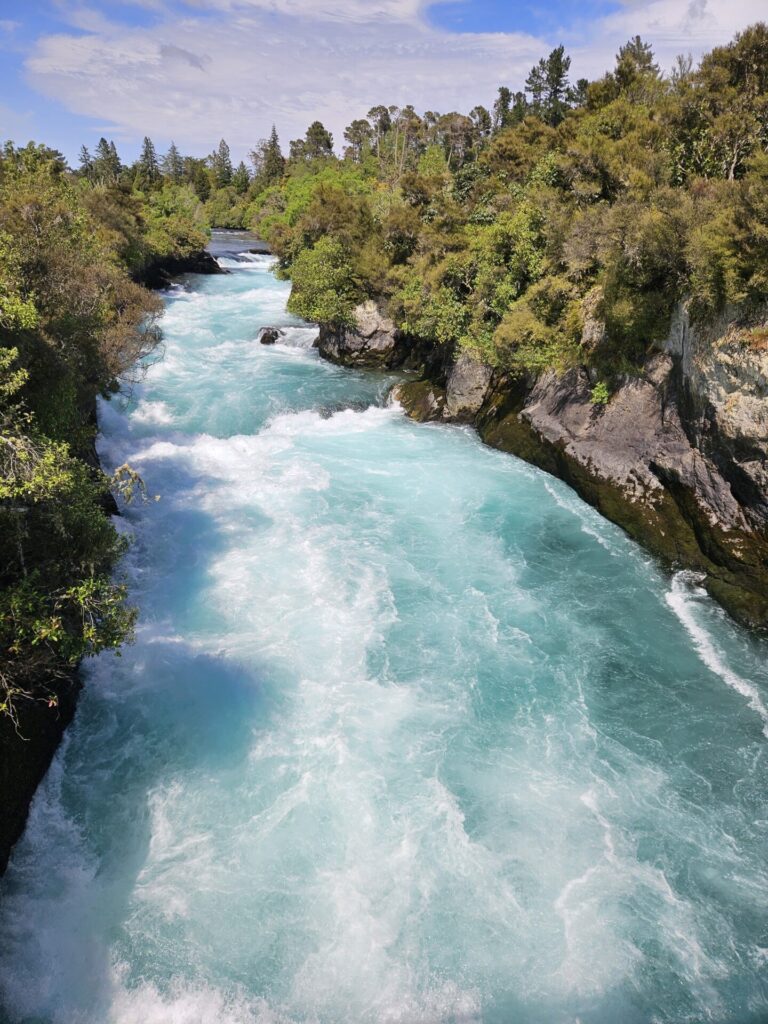
After Huka Falls, we went up to the Aratiatia Dam to see the flood gates open (happens 2 to 3 times daily and then as required). When we arrived, the gorge was completely dry, then the spill gates opened and released 65,000 litres/second for 15 minutes, and it’s quite a spectacle to watch. It’s also where the scene of the dwarves escaping jumping into barrels down a raging river in the Hobbit movie “The Desolation of Smaug” (2013) was filmed.
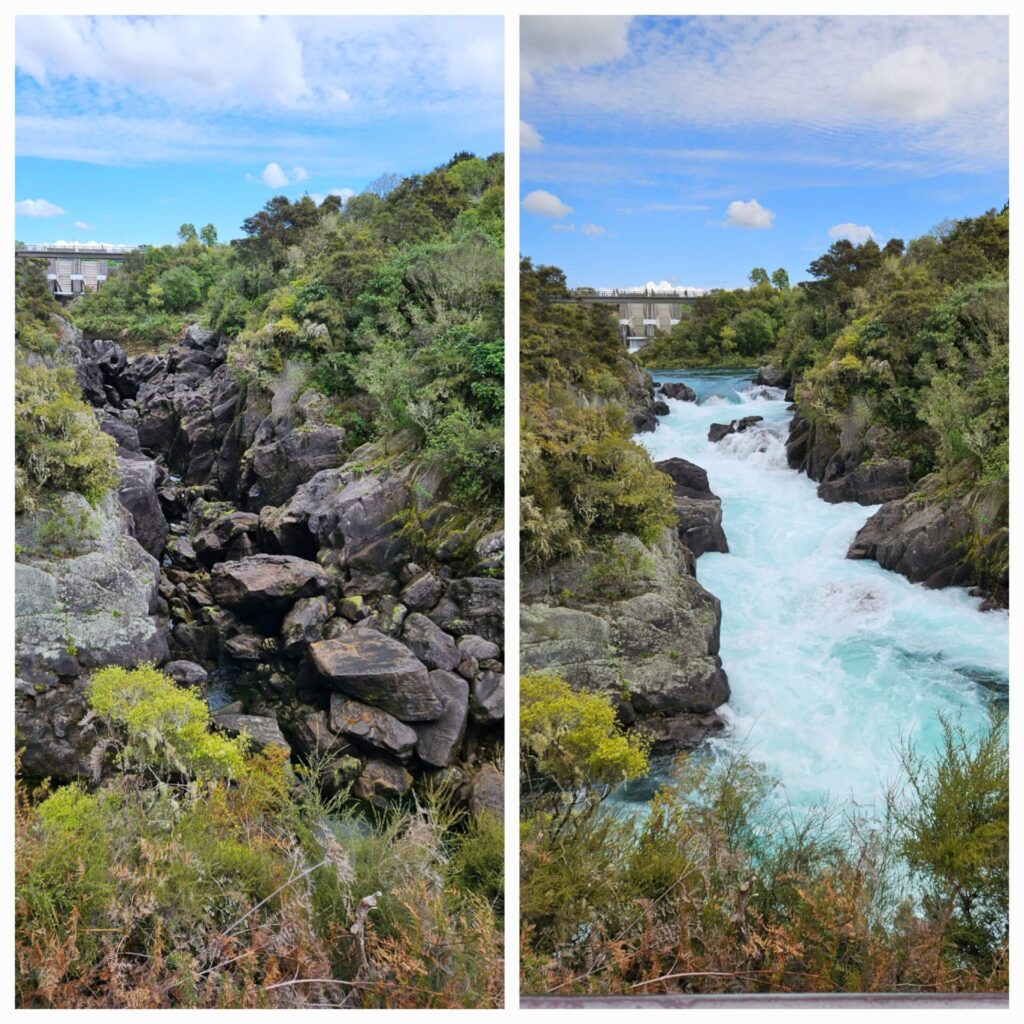
Then, it was on up Highway 1 to Cambridge for our last couple of days, stopping off at Tirau – a tiny town with corrugated iron figures and so many cafes it’s unbelievable!!
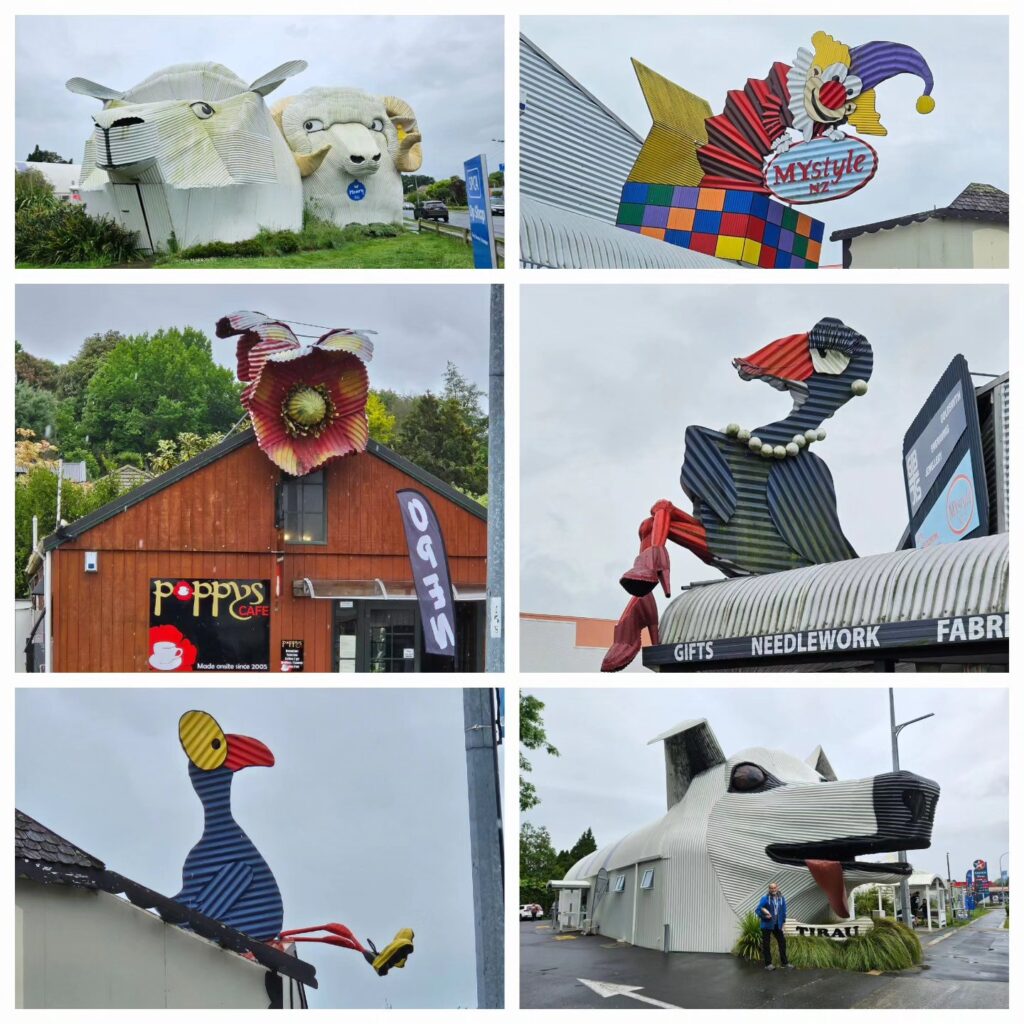
Cambridge is a lovely town famous for many equine achievements, world renowned studs, trainers and bloodstock; including Melbourne Cup winners – Ethereal and Empire Rose and Mike Todd’s Charisma, famous in the eventing arena and an Olympic gold medalist. We dodged the showers and walked around the town, lots of lovely individual shops (I resisted, honest!!), eateries and to commemorate the area and its link to the racing fraternity we followed the mosaics of horses in the pavements – and found the lovely mare and foal bronze statue at the end.
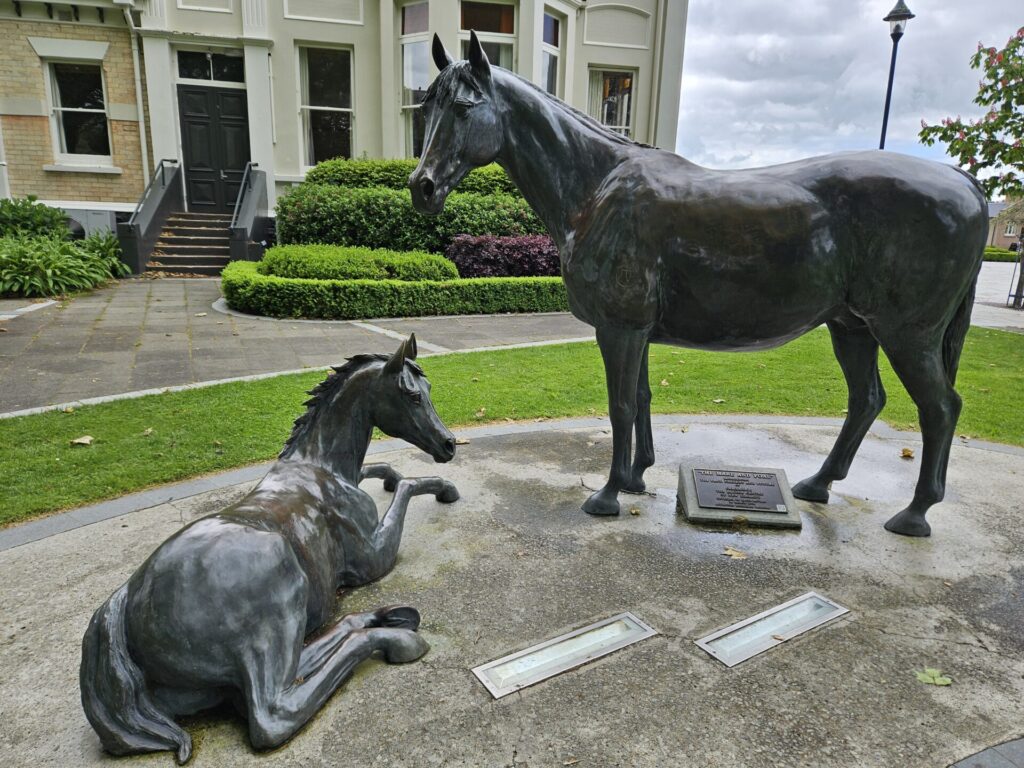
We had a chat to the local volunteer firemen at the station and admired the old engine (still used for special occasions) and the old water pump, which is still in use. We returned to our camp site for tea and were surprised by all the fireworks – it seems New Zealanders celebrate the 5th November as well – more to bring in the start of summer than the attempted bombing of Parliament by Guy Fawkes as in the UK.
Under lovely blue skies, we visited Hamilton Gardens – seemingly an old city dump in the 1960s but now an award winning public garden – and free to visit too.
As well as a gorgeous rose garden, rhododendron lawn, lake, and playground, there is a series of enclosed gardens that are stunning. They include English, Chinese, Indian, ancient Egyptian, Italian, Maori, Tudor, Surrealist, Concept, Kitchen and Tropical gardens and still more are being designed. It really is a wonderful place to visit and take a picnic to.
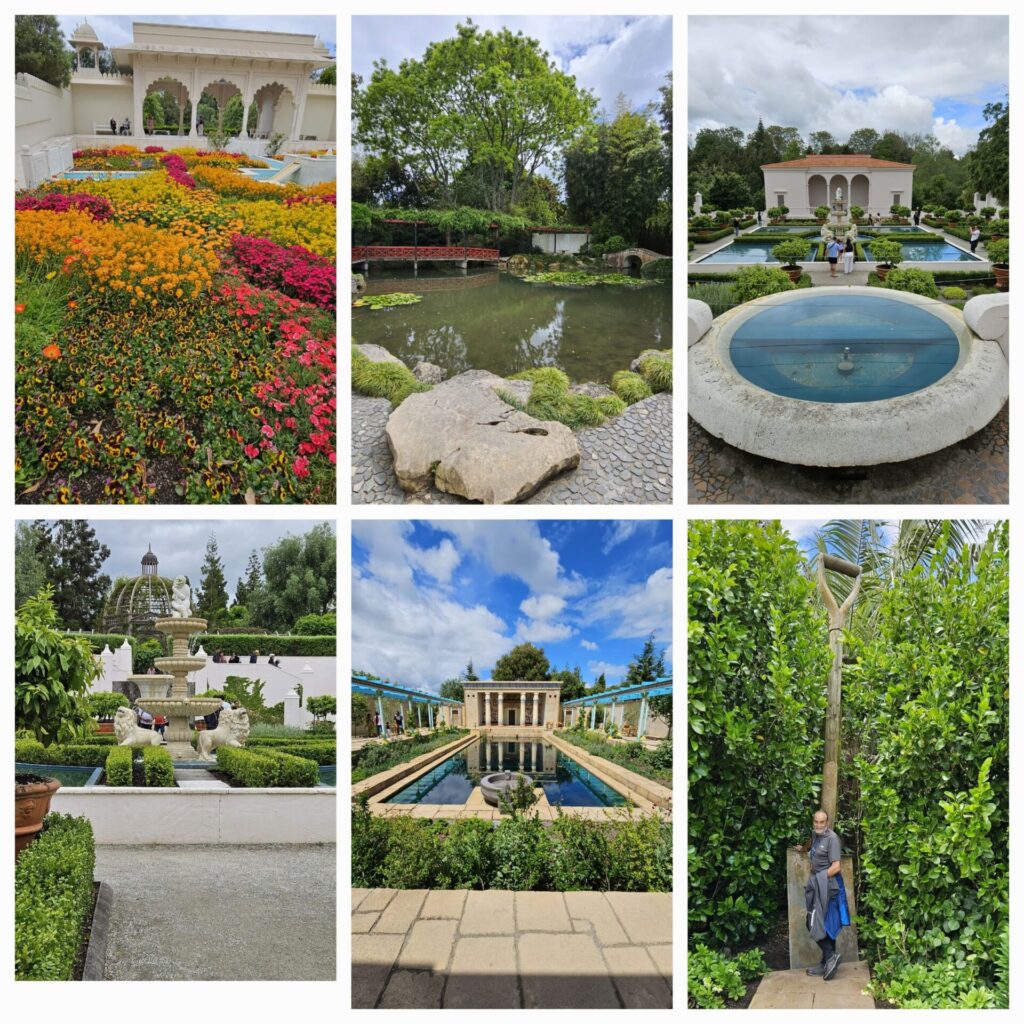
Our 3 week tour of North Island, New Zealand, in our little “Chilly” aka “Little Lizzie” from Escape Rentals was great. We travelled 1699 miles from Auckland to Coromandel, to Gisborne and Napier, to Cape Palliser and round to Whanganui, then round the Surf Highway to New Plymouth, up to Waitomo Caves, inland to Lake Taupo, up to Cambridge then back to Auckland. Through stunning scenary, on some steep, windy, narrow roads, around volcanoes, alongside beautiful black sand beaches and beside lovely lakes, through varying weather – sun hats to wooly hats and back again and we’ve had some rain too but still we loved it. We had qualms about a small van at our age but it was fine, found a routine and got on with it – she was very comfortable, just as we remembered from 2009! We’ve met some wonderful people along the way from the nomads still travelling after 3 years to the locals who encouraged us to try freedom camping, to youngsters hitching their way around NZ and those who have bought old cars to do their travelling in.
Sites we stayed at: we used the Top 10 Holiday Parks everywhere except Ohope and Masterton. In Ohope, we were lucky (and early enough) to catch one of the freedom camping spots for one night, and at Masterton, we stopped at the Mawley Holiday Park, which is right in town.
Top 10 are not the cheapest but we found them to be clean and most had laundrettes on site which was very useful and we got discounts as we took out a membership with them (good discounts on other things through them like the Interisland ferries and the trains as well).
